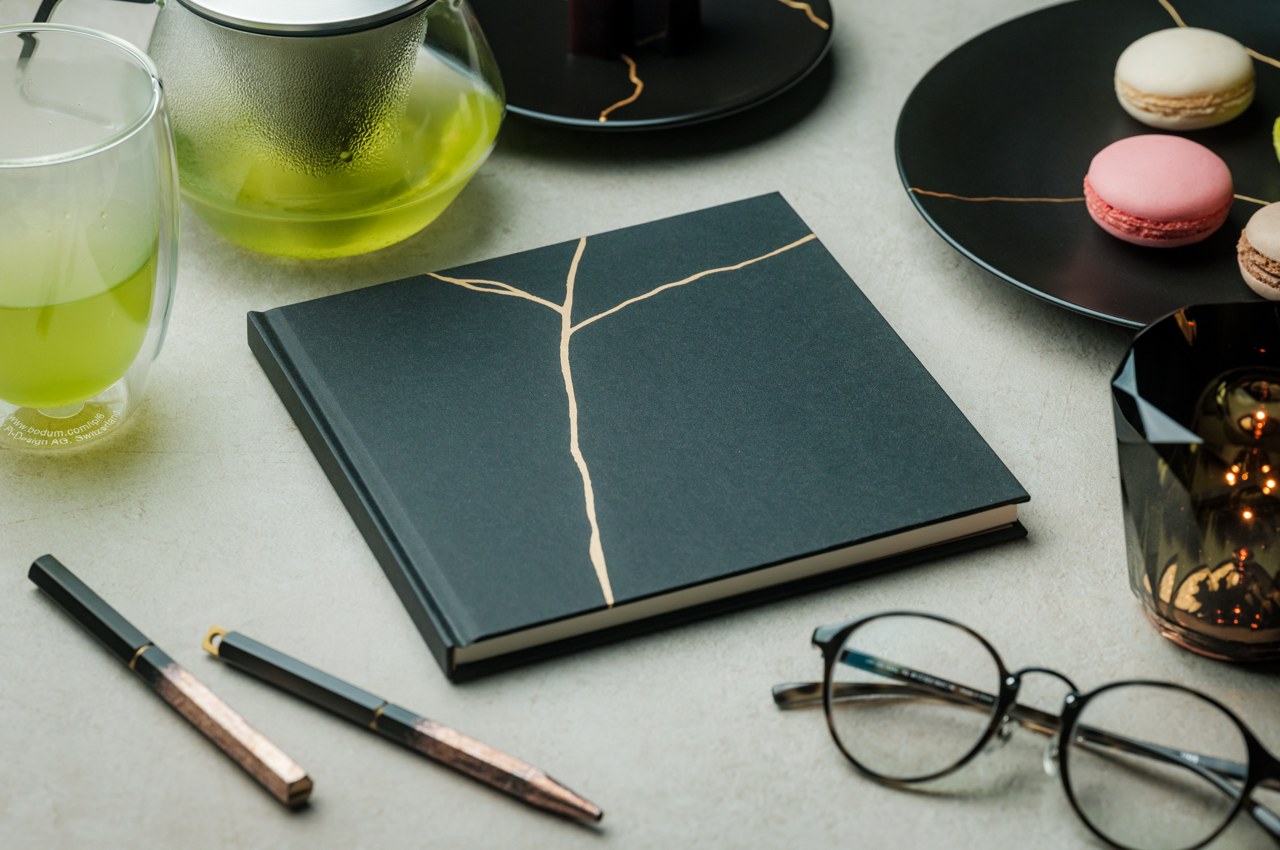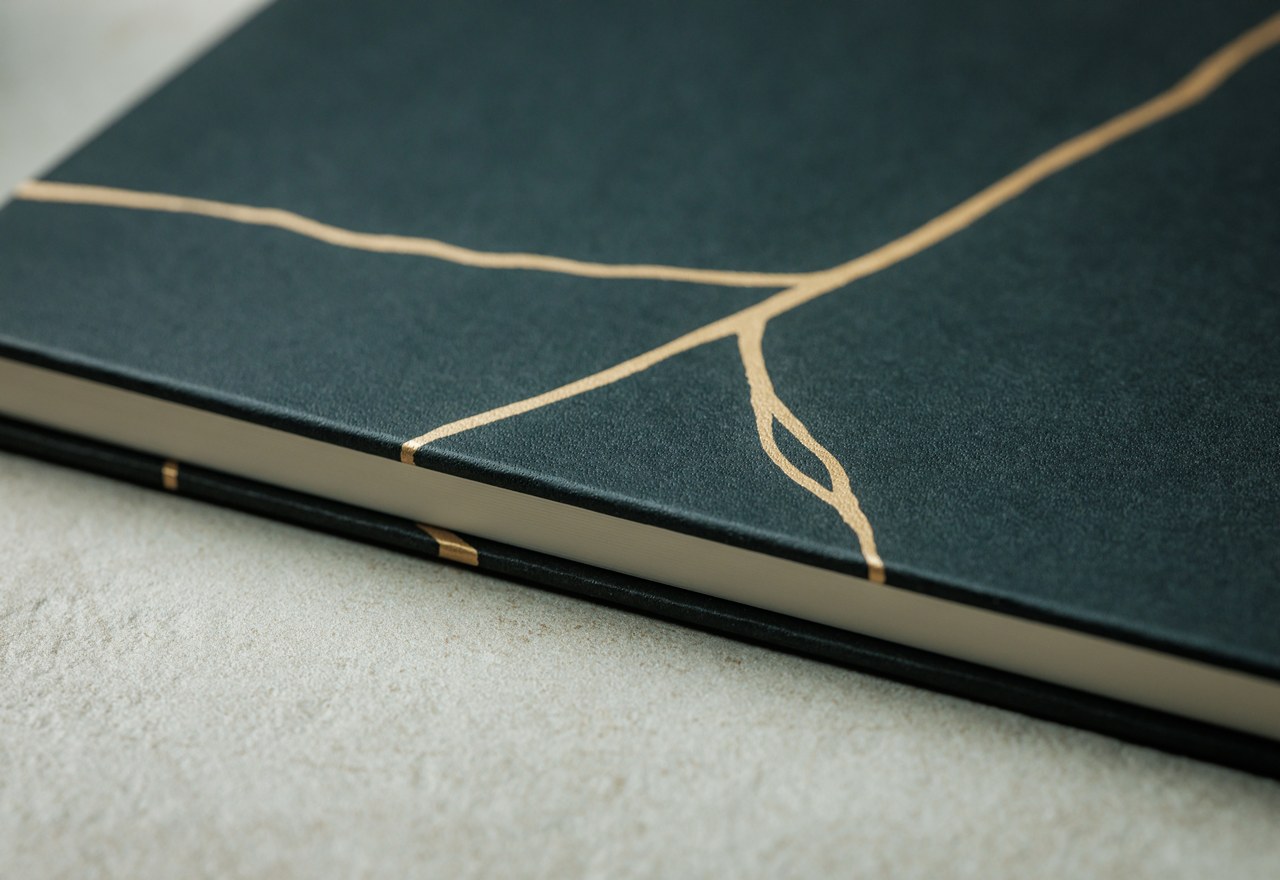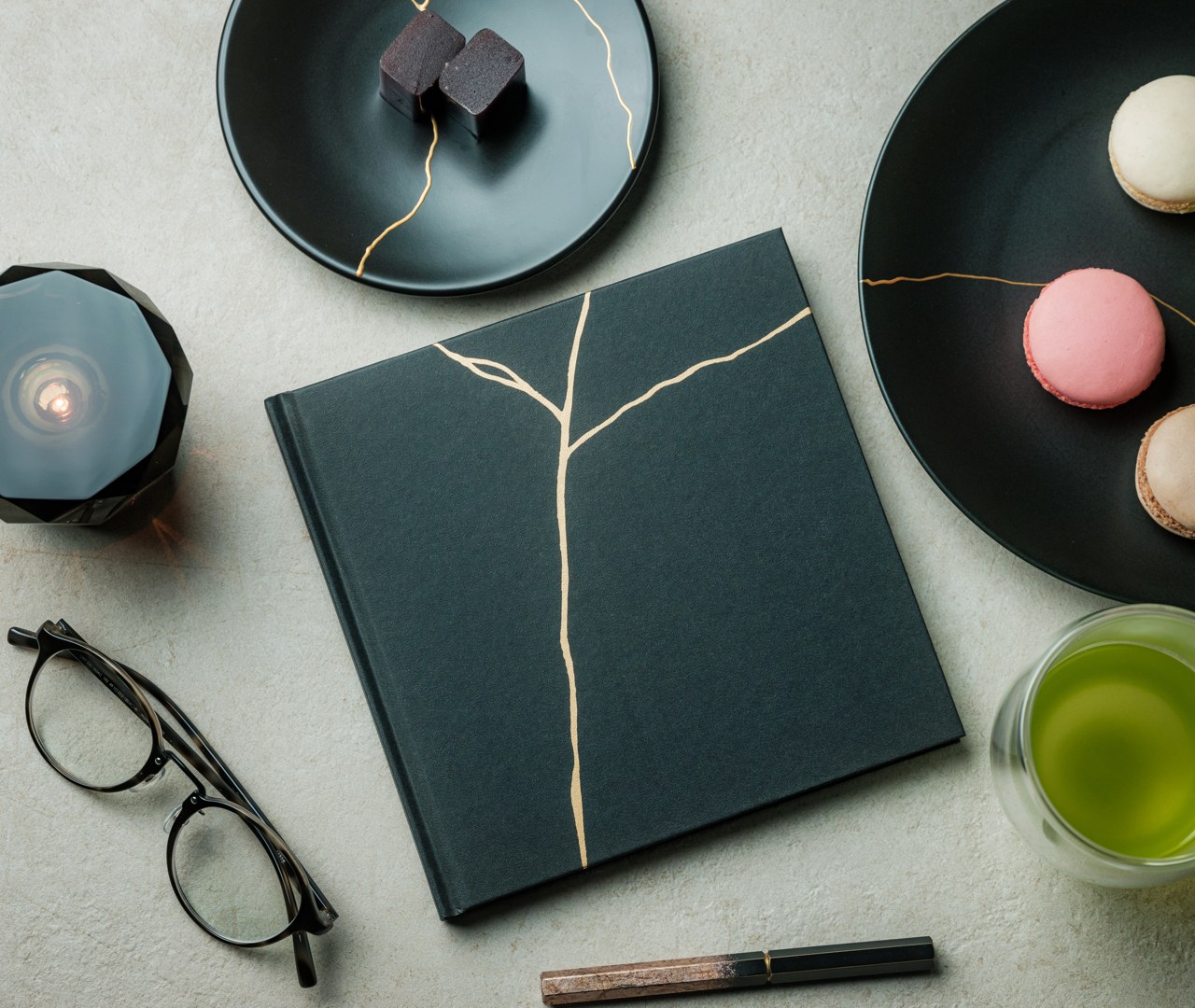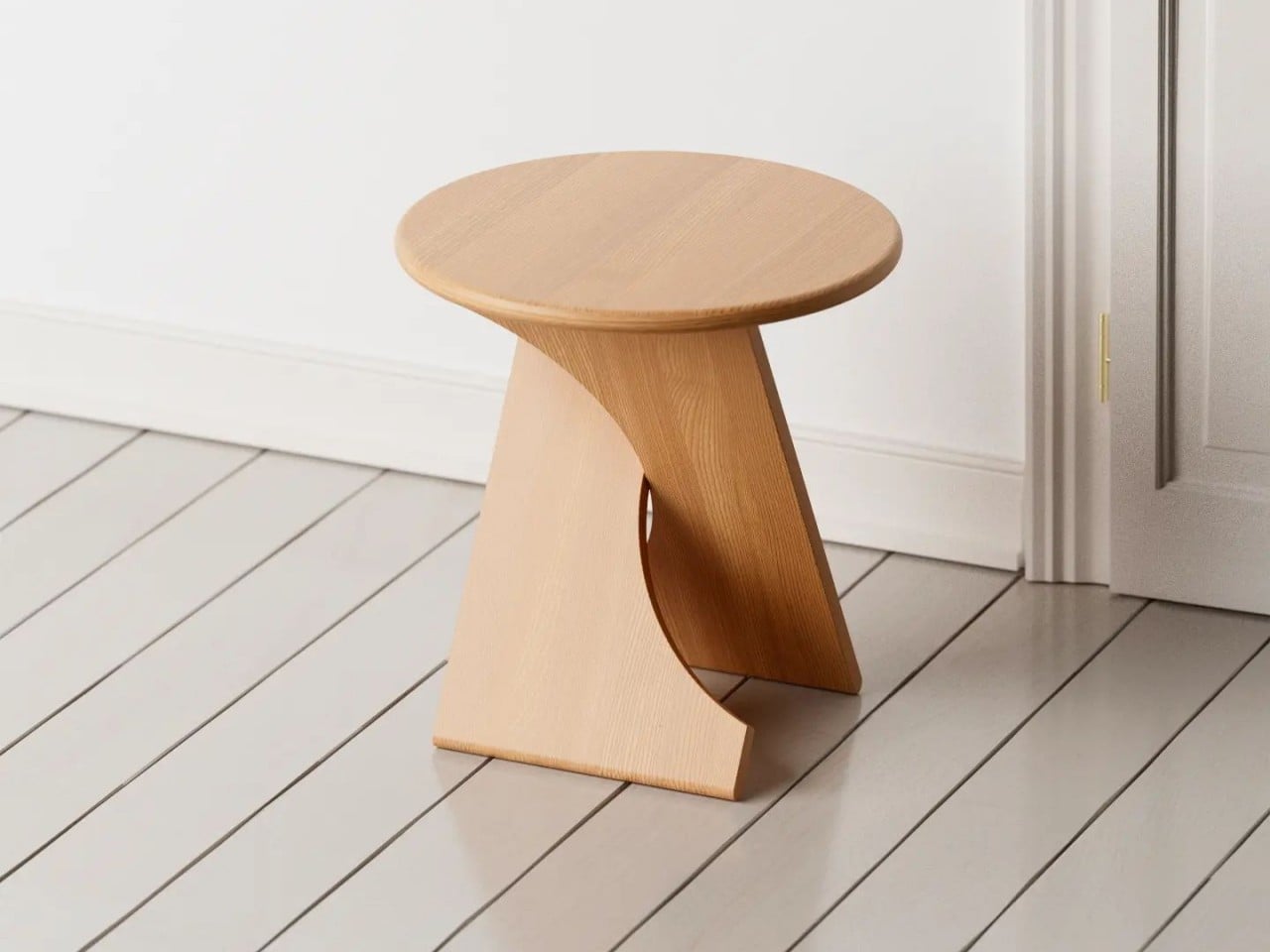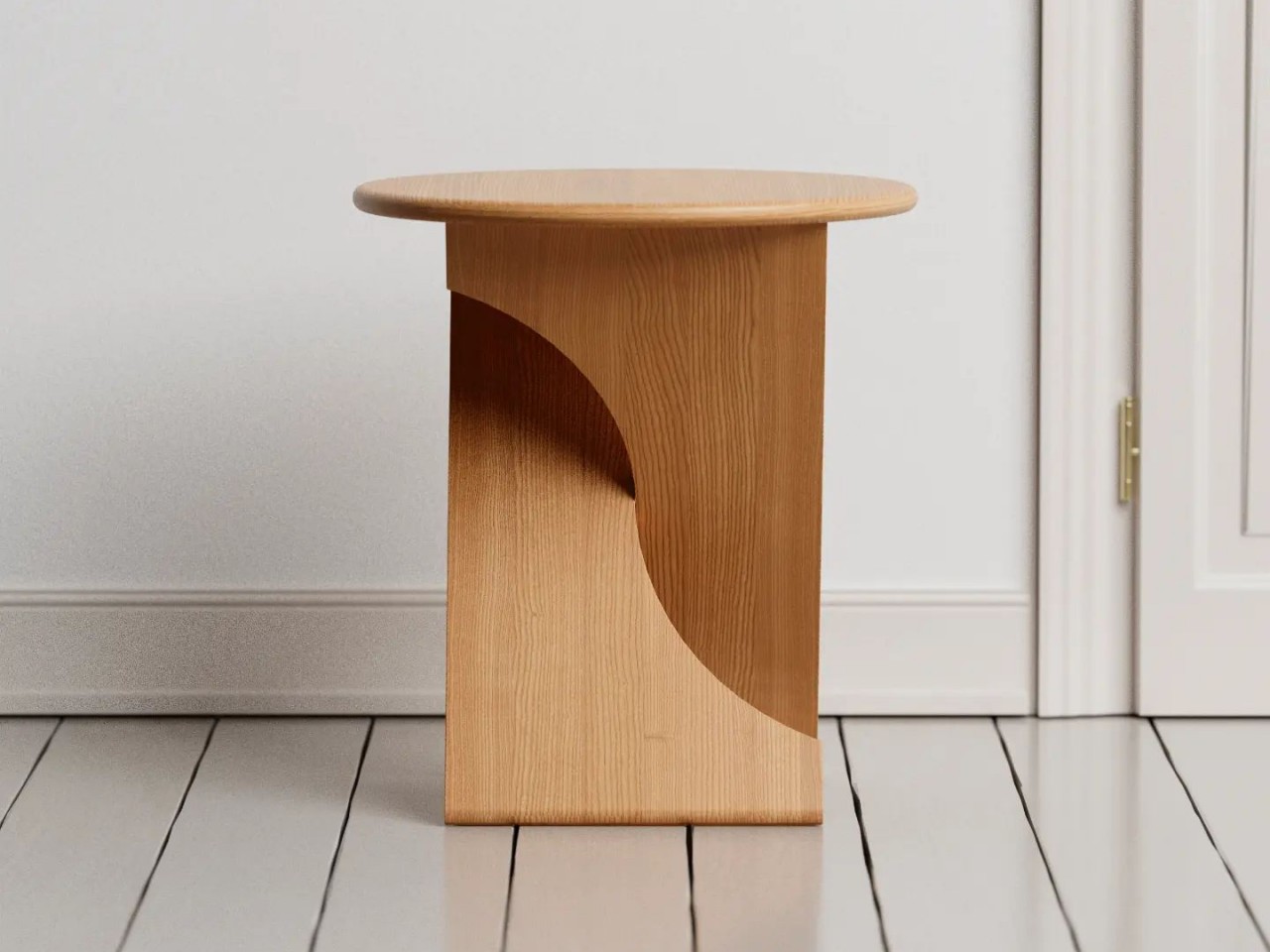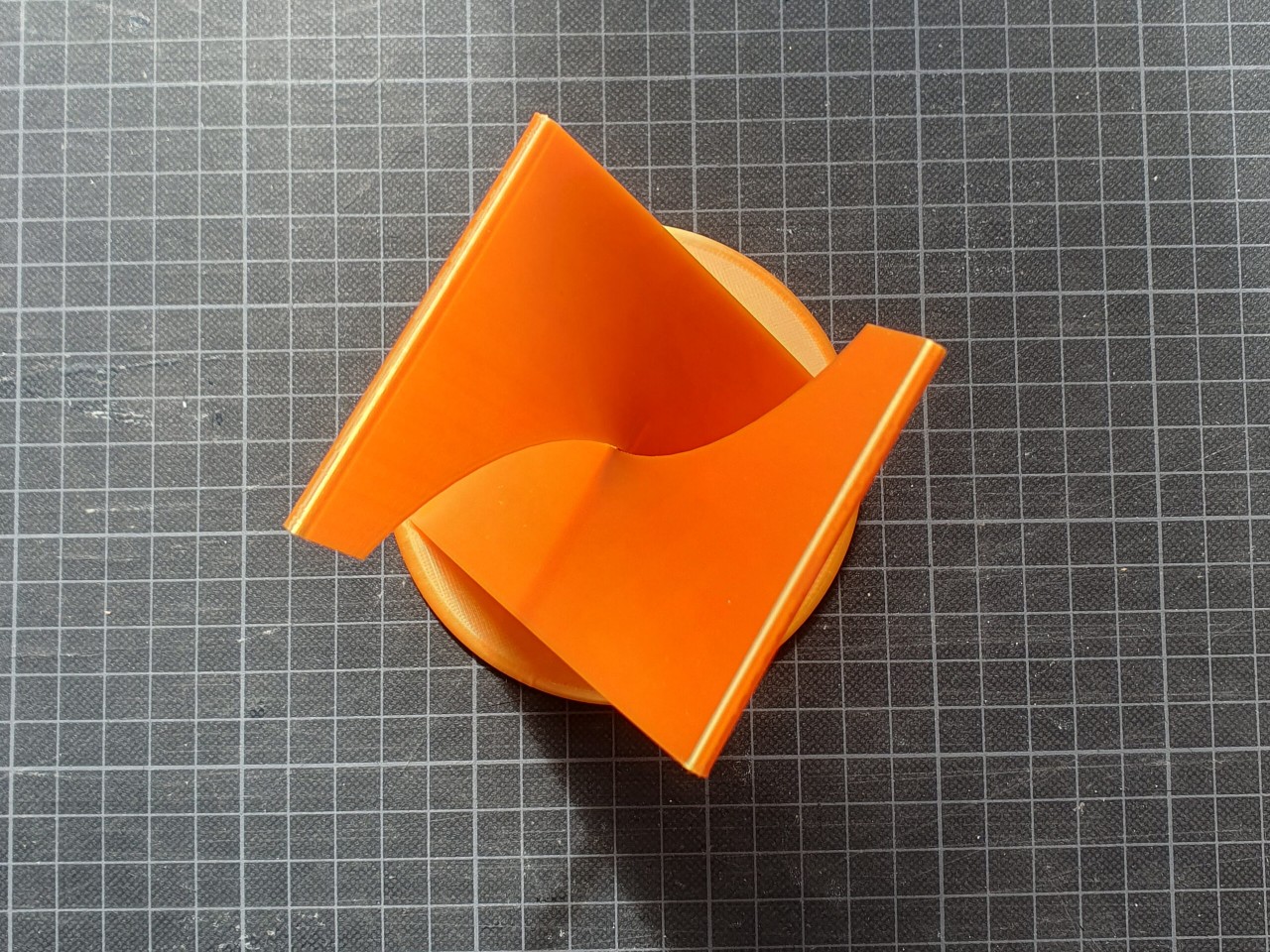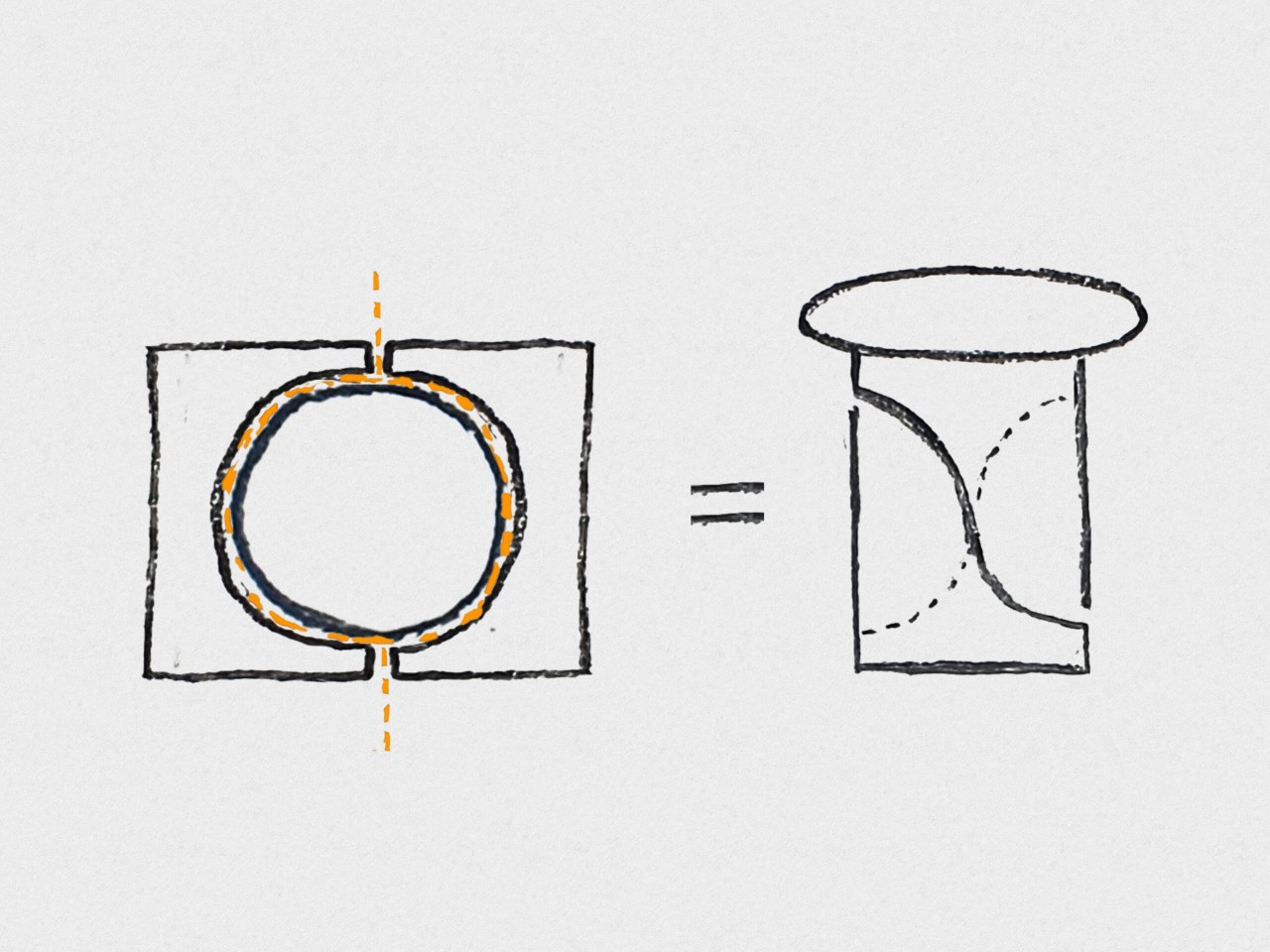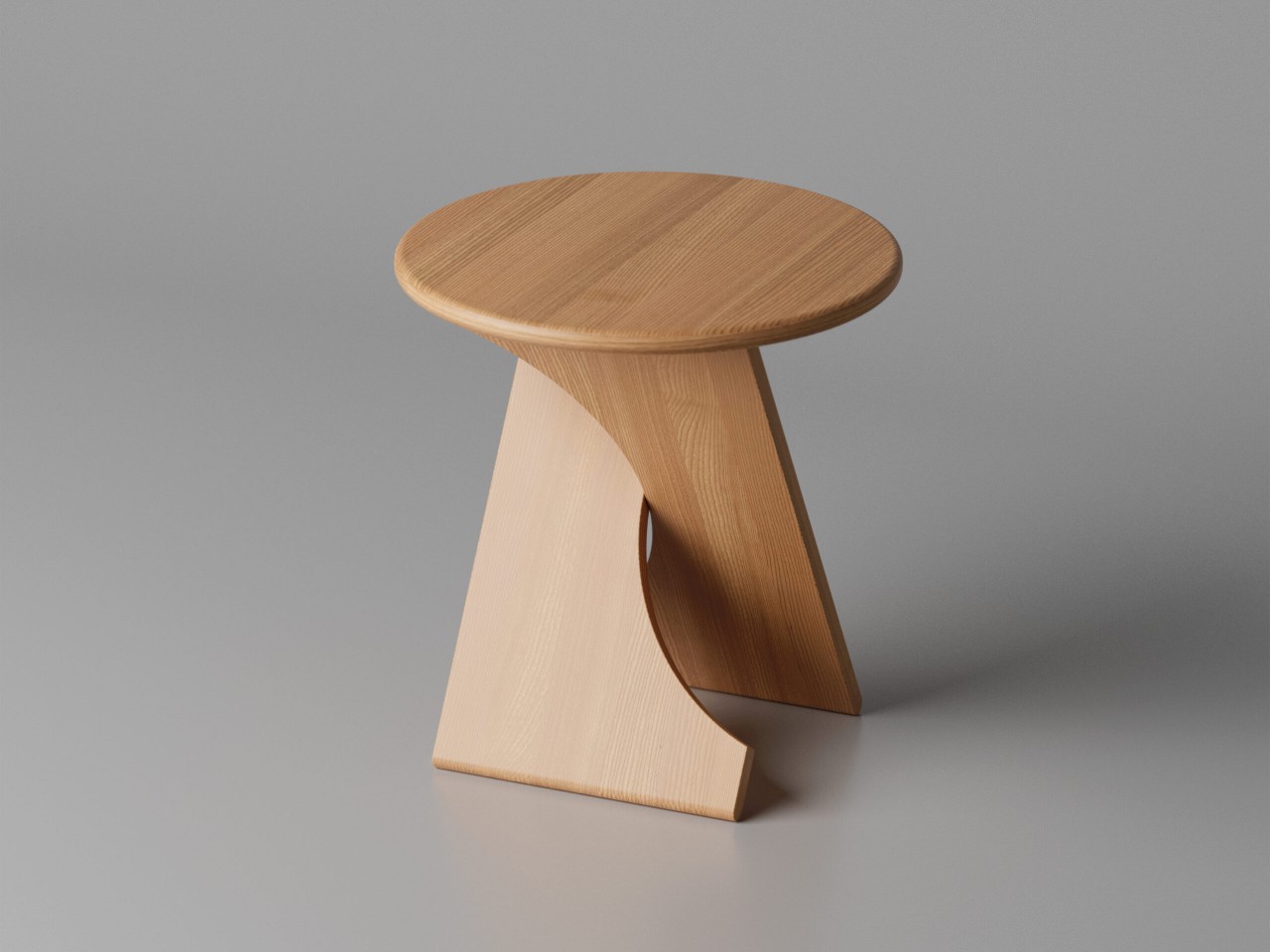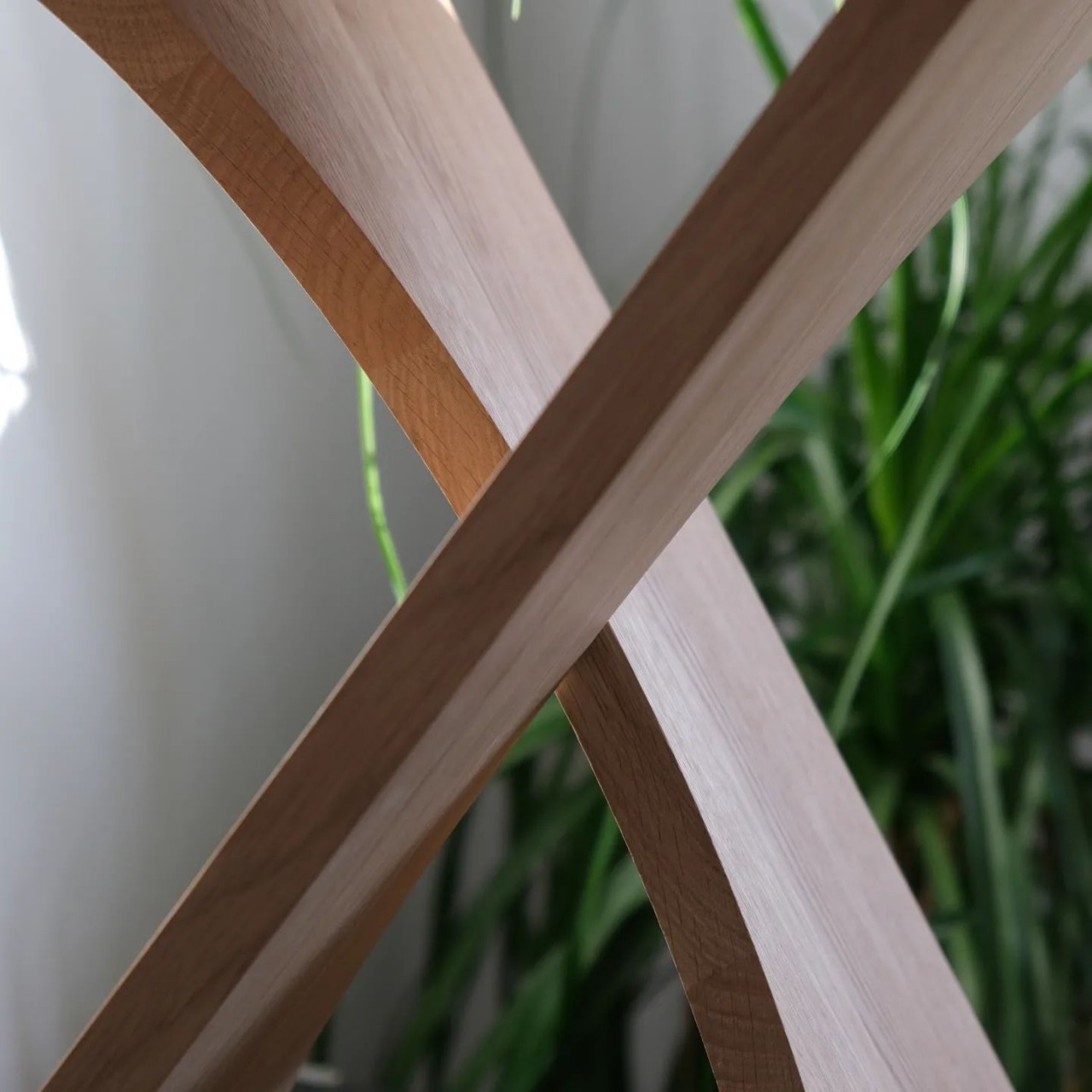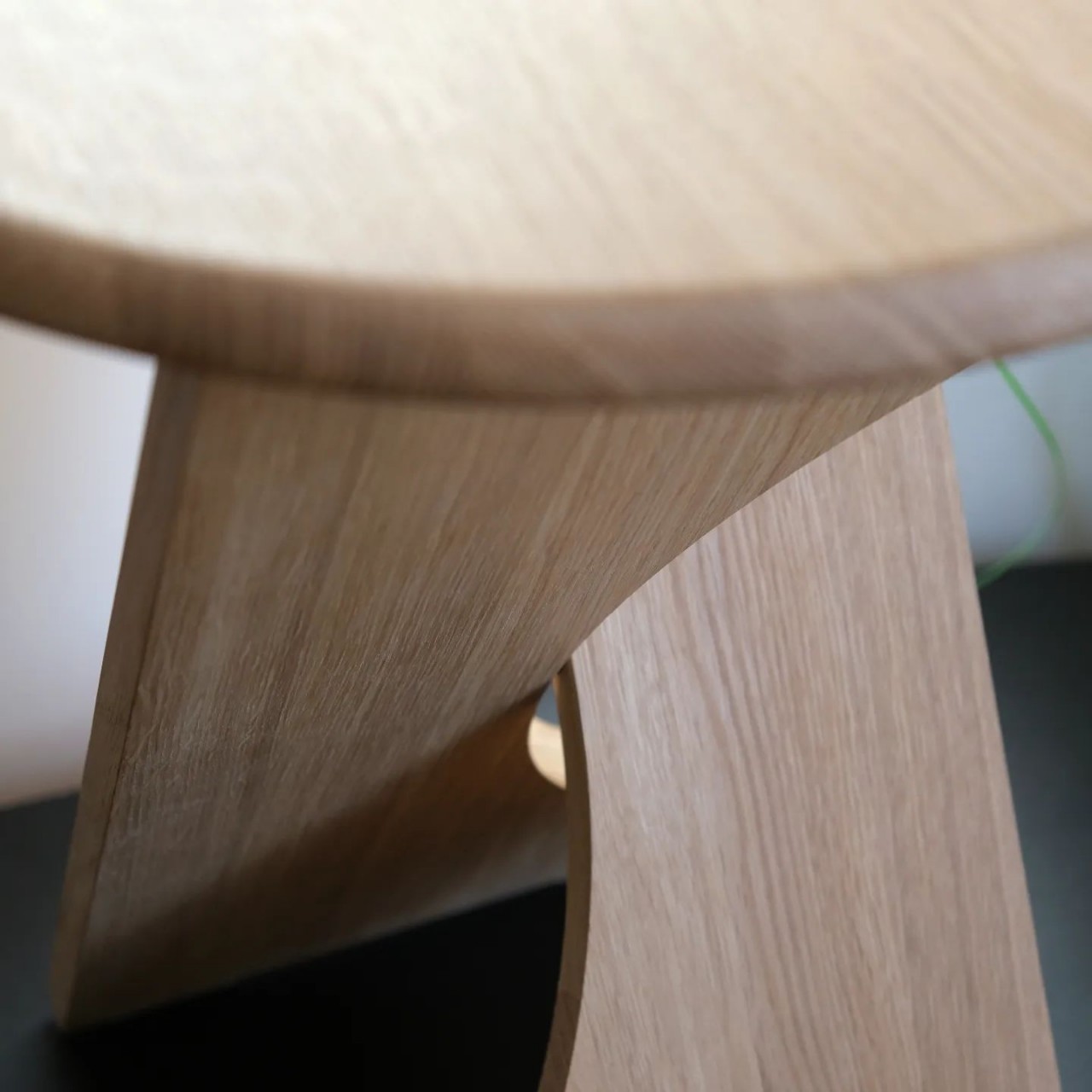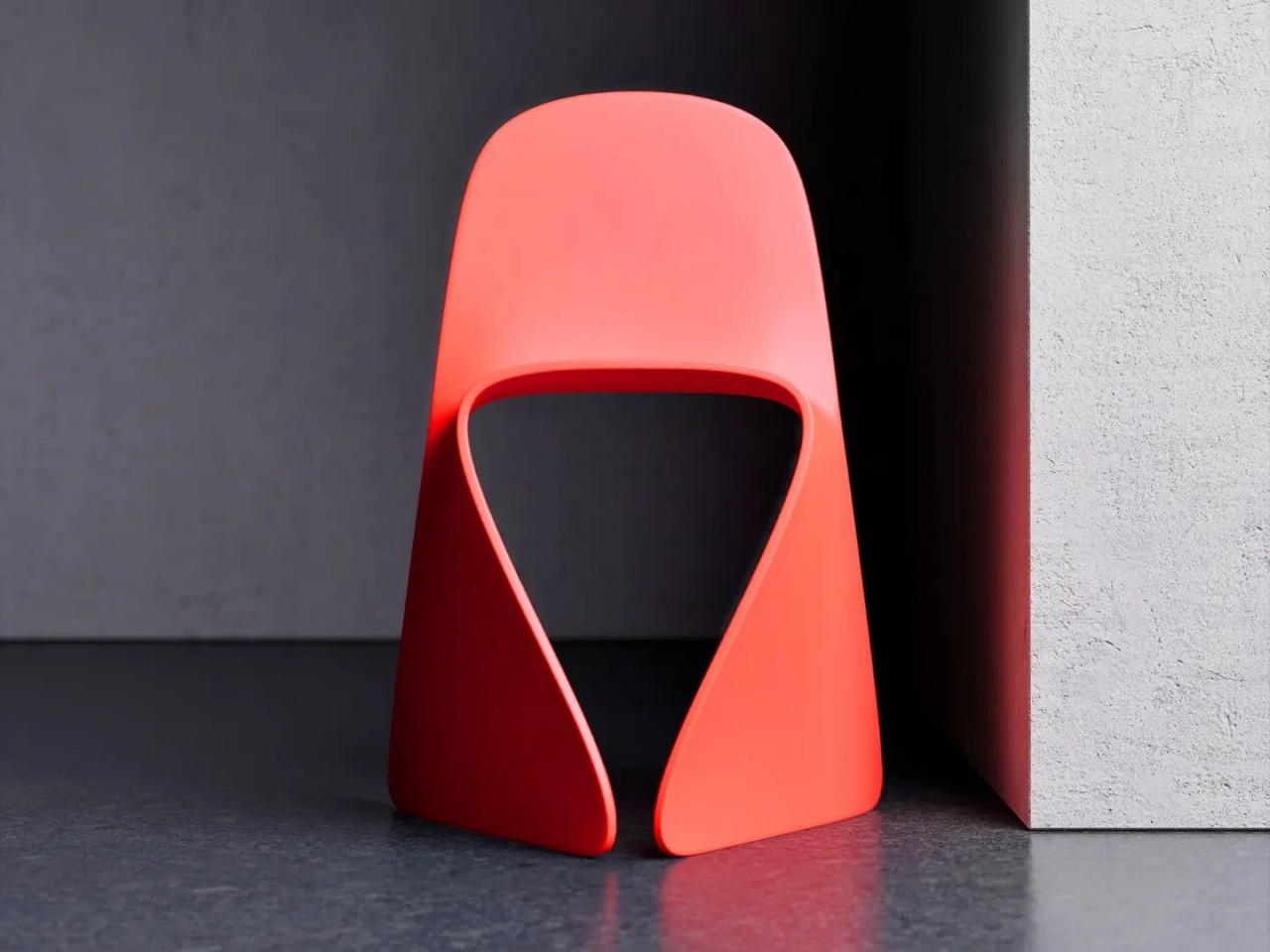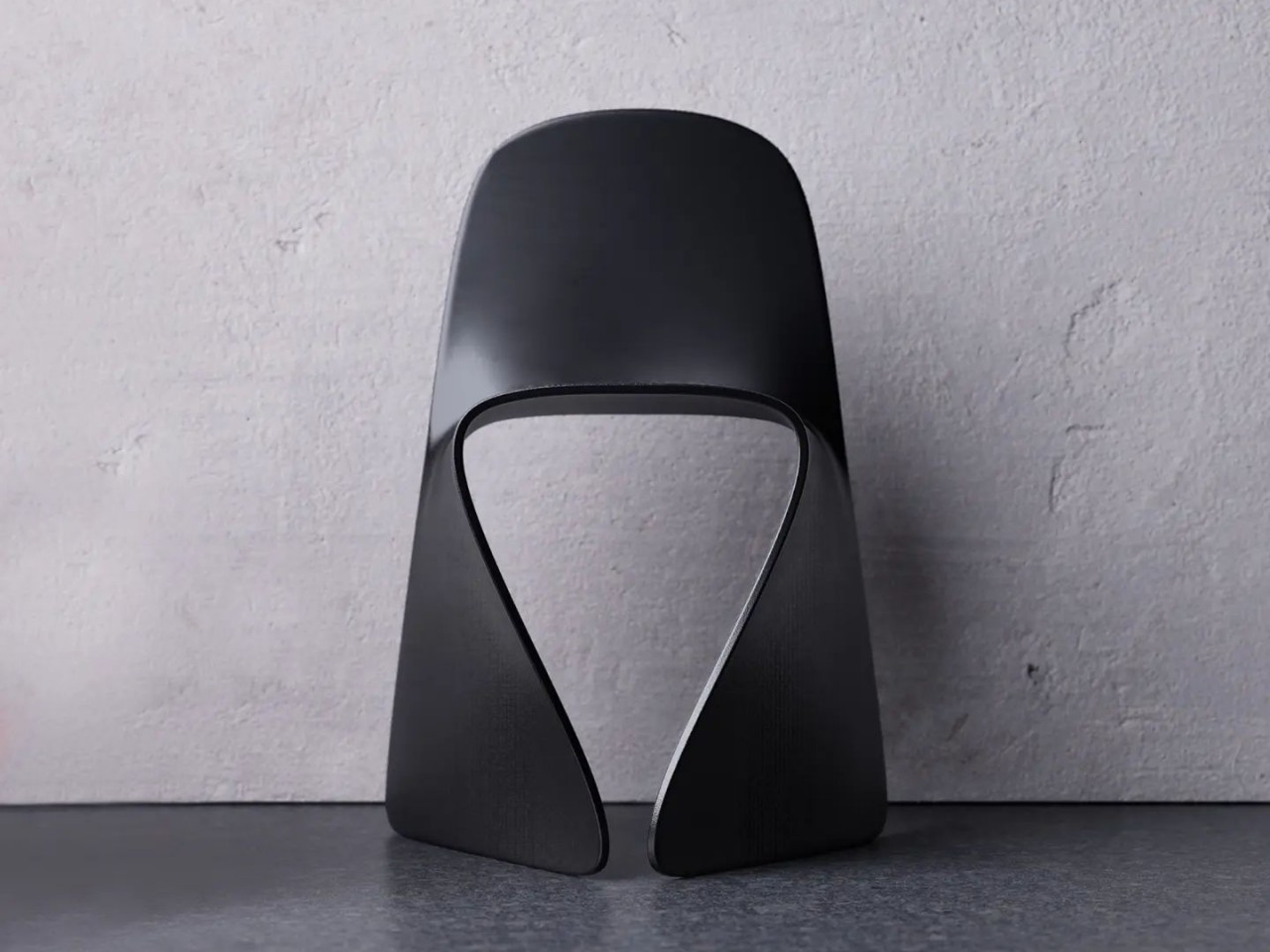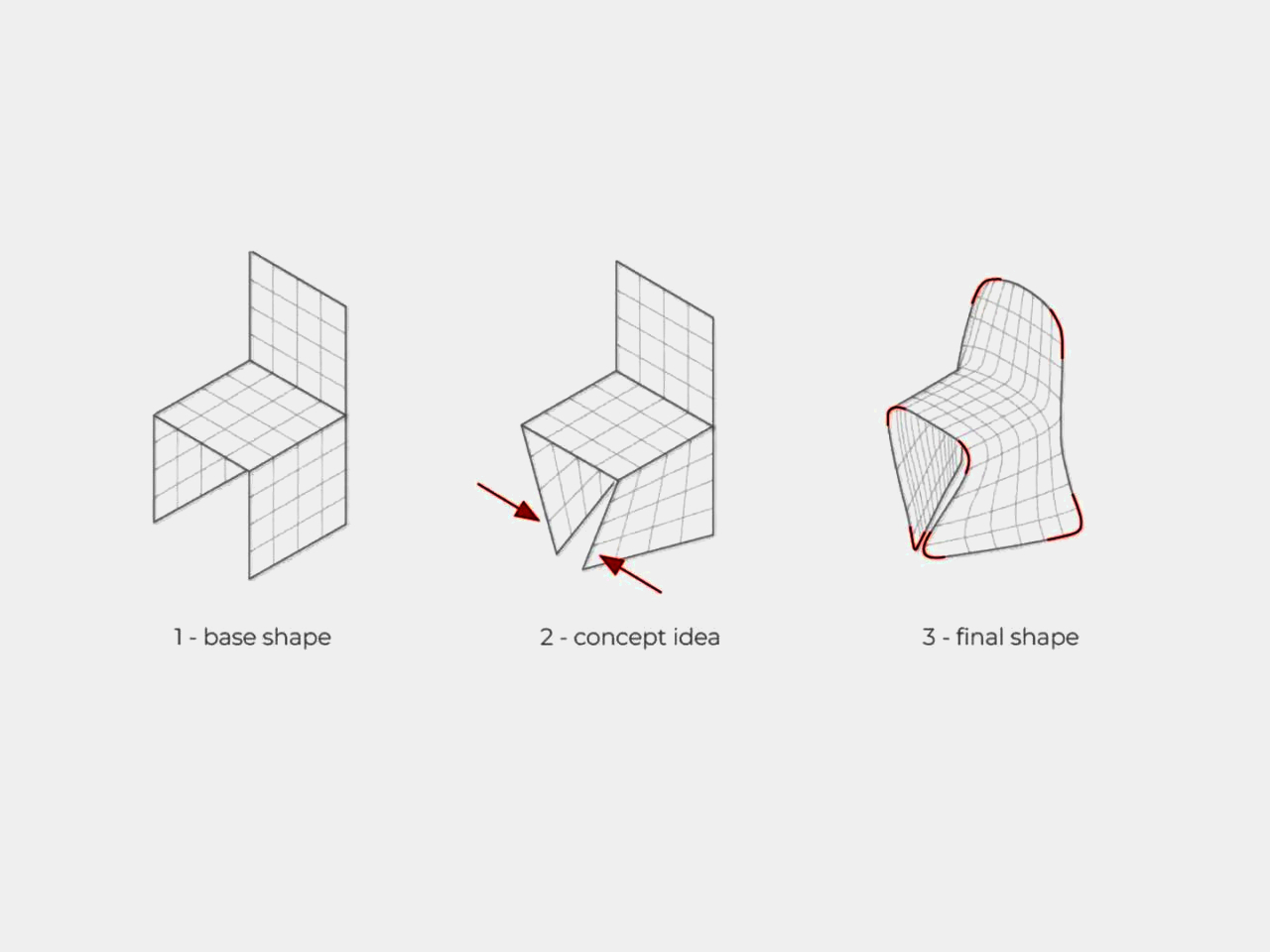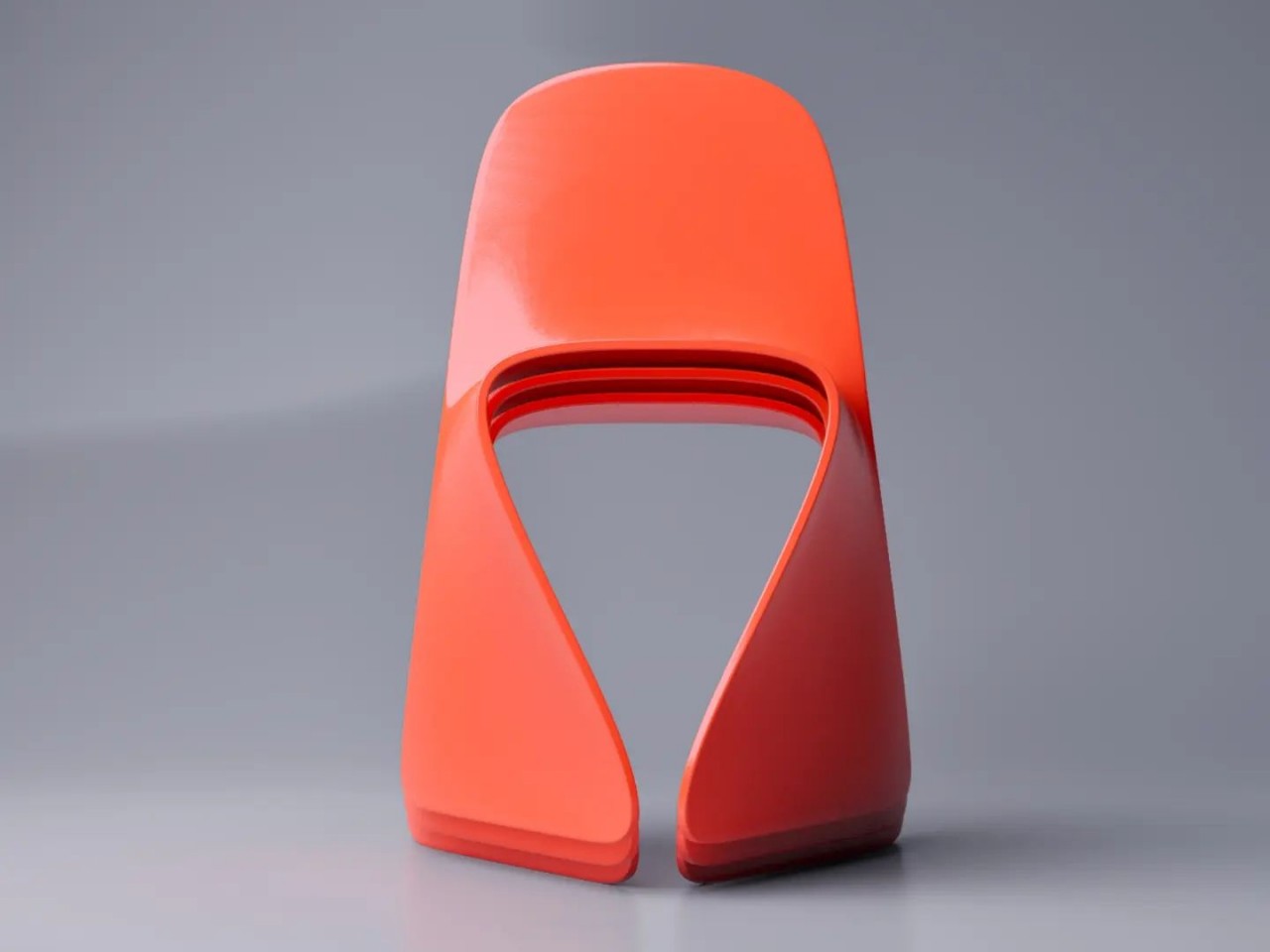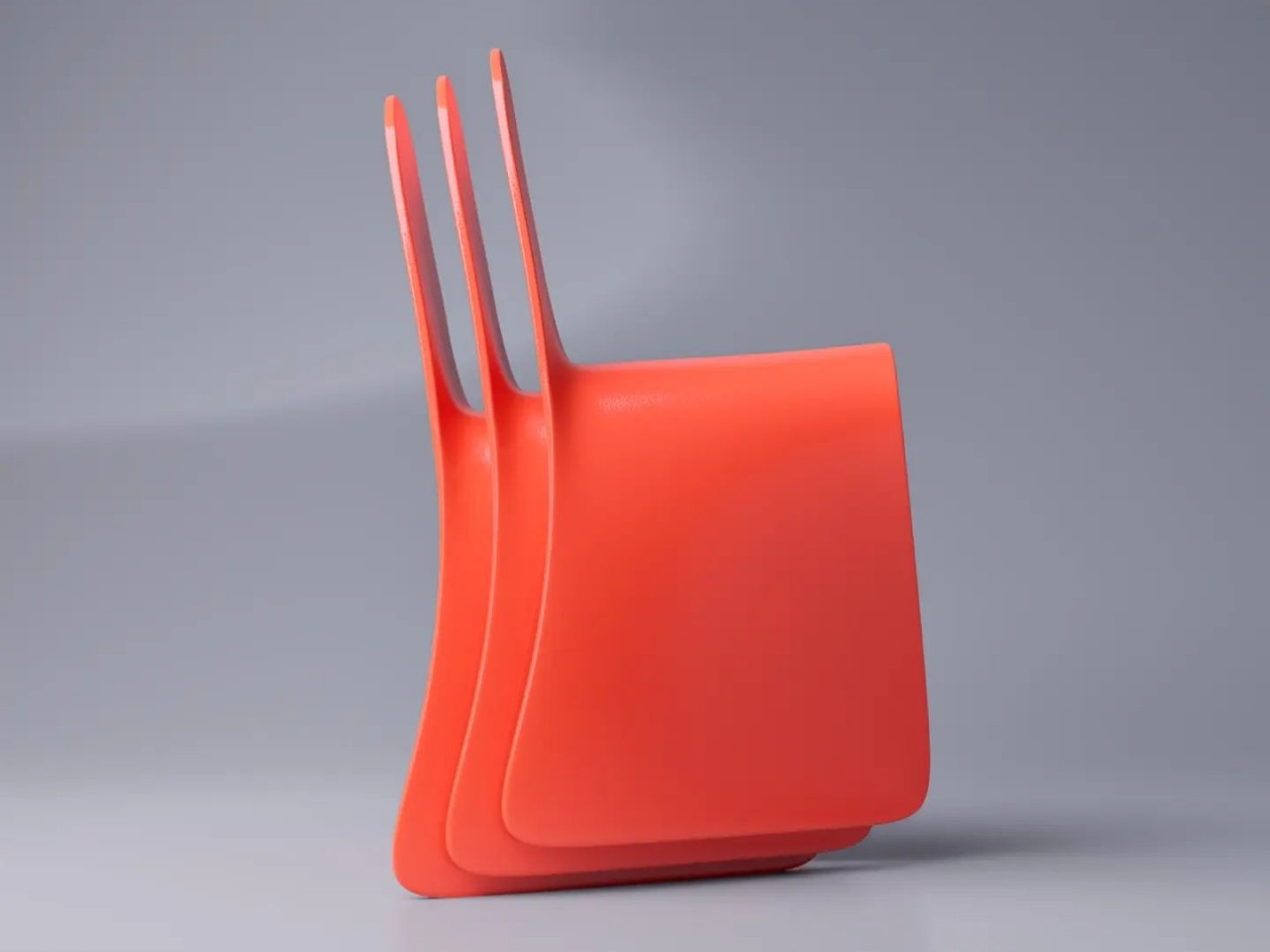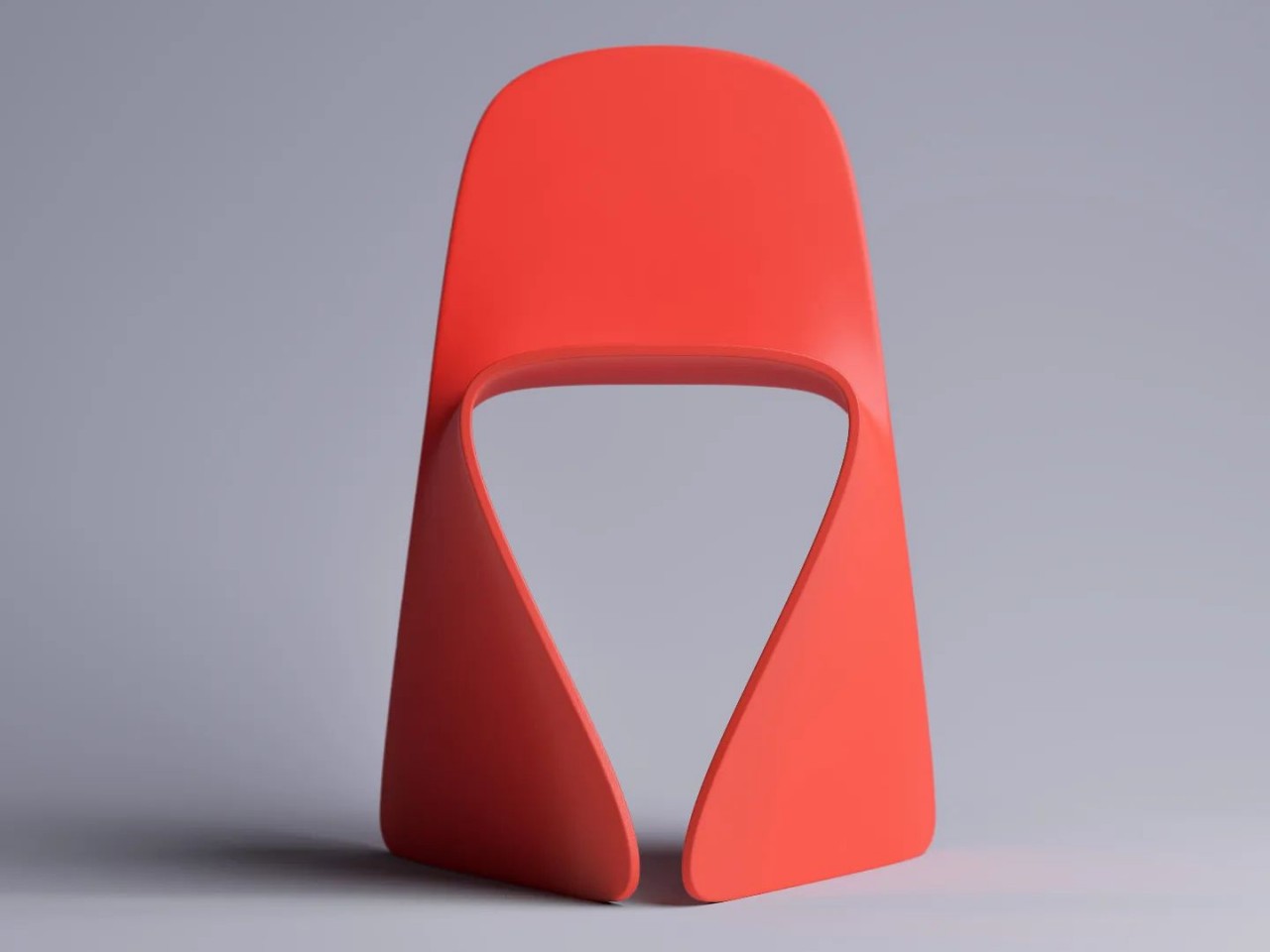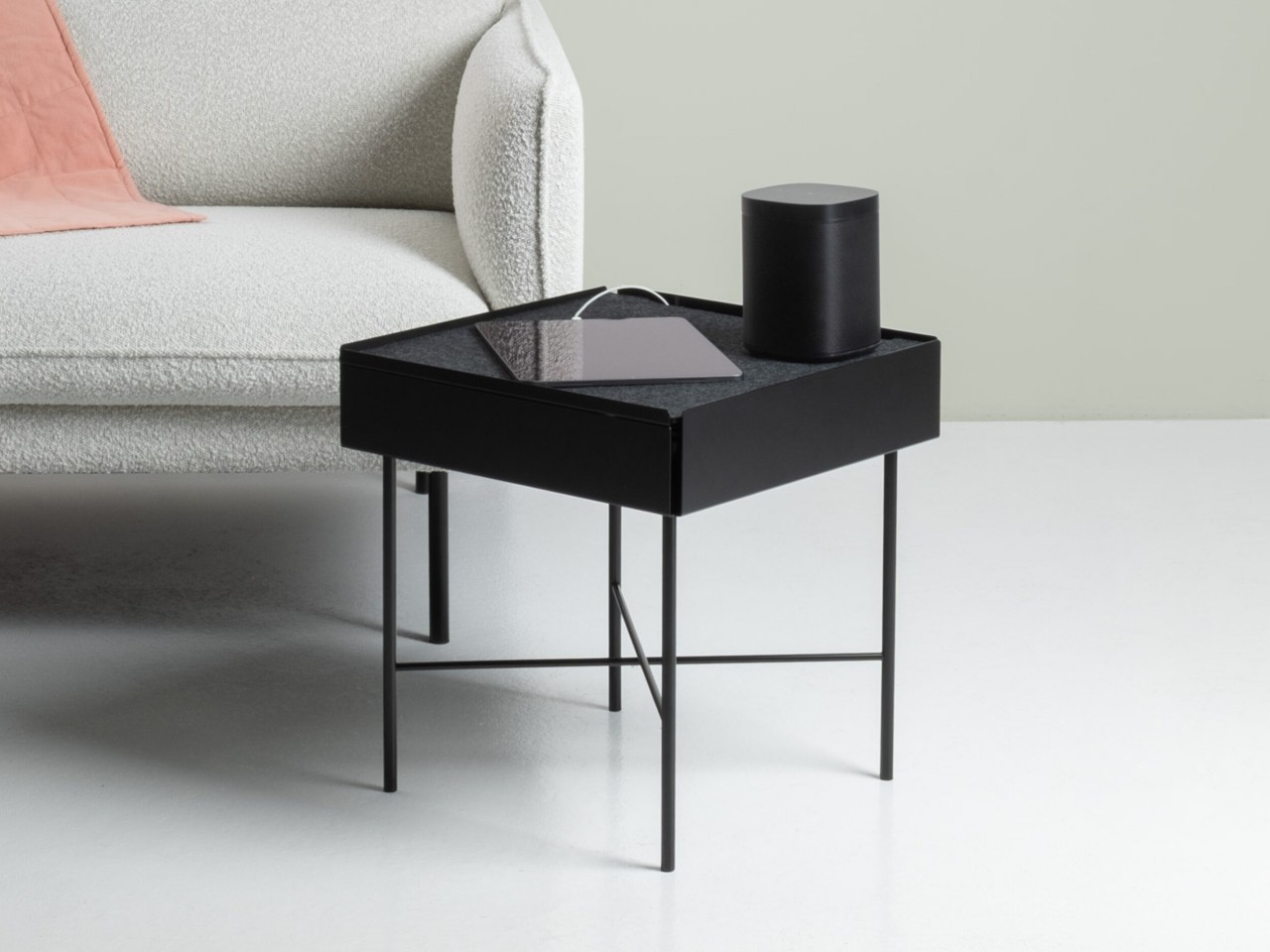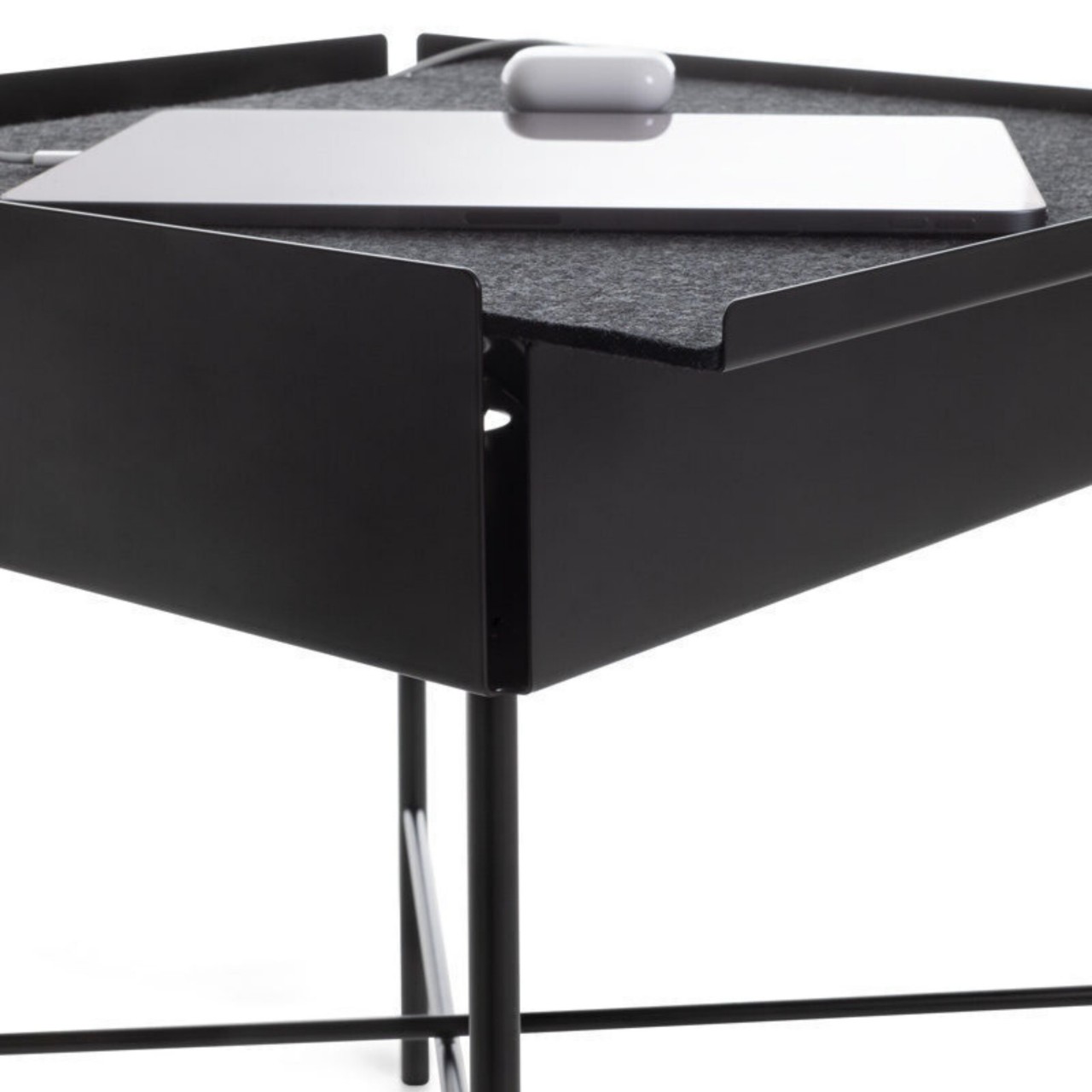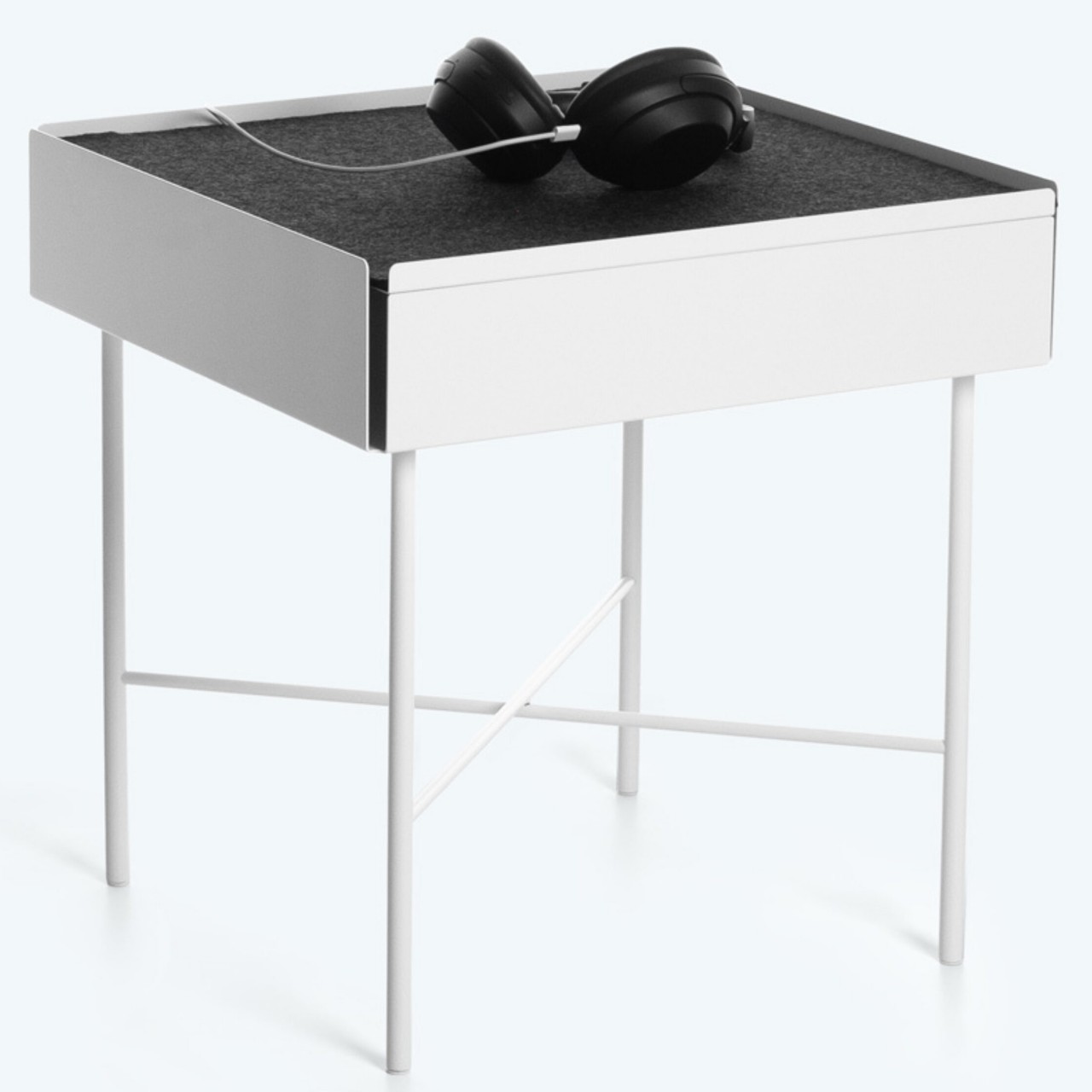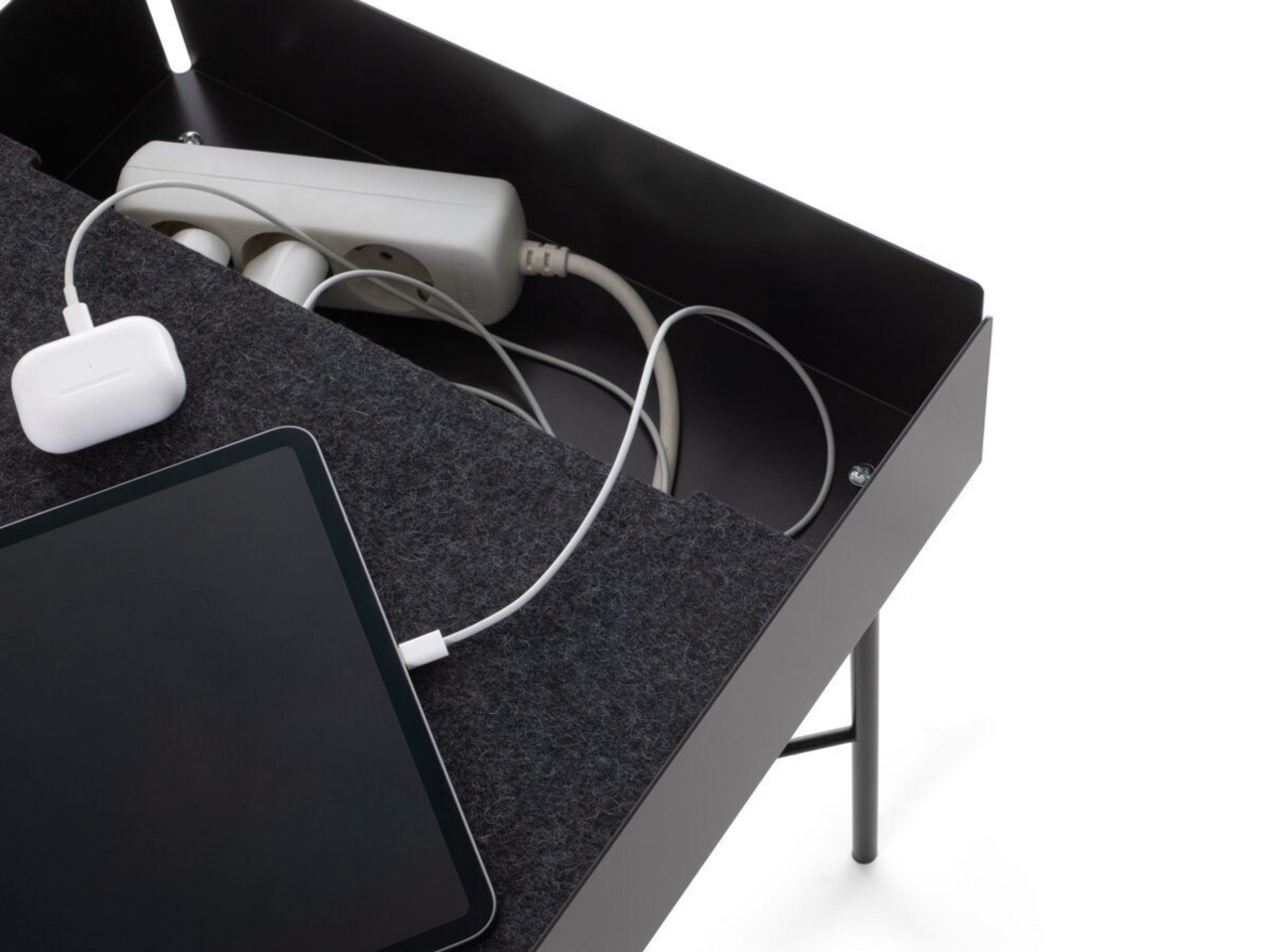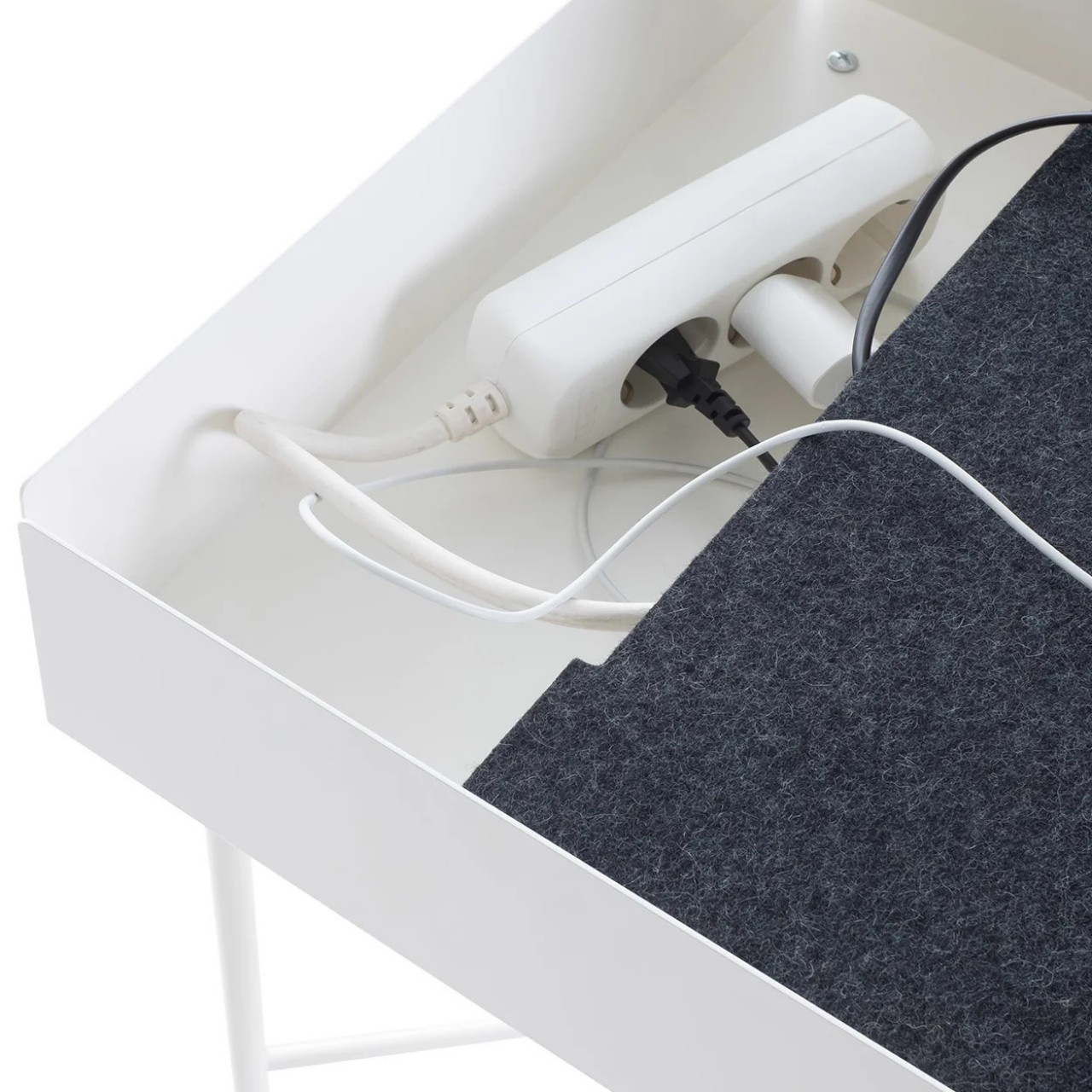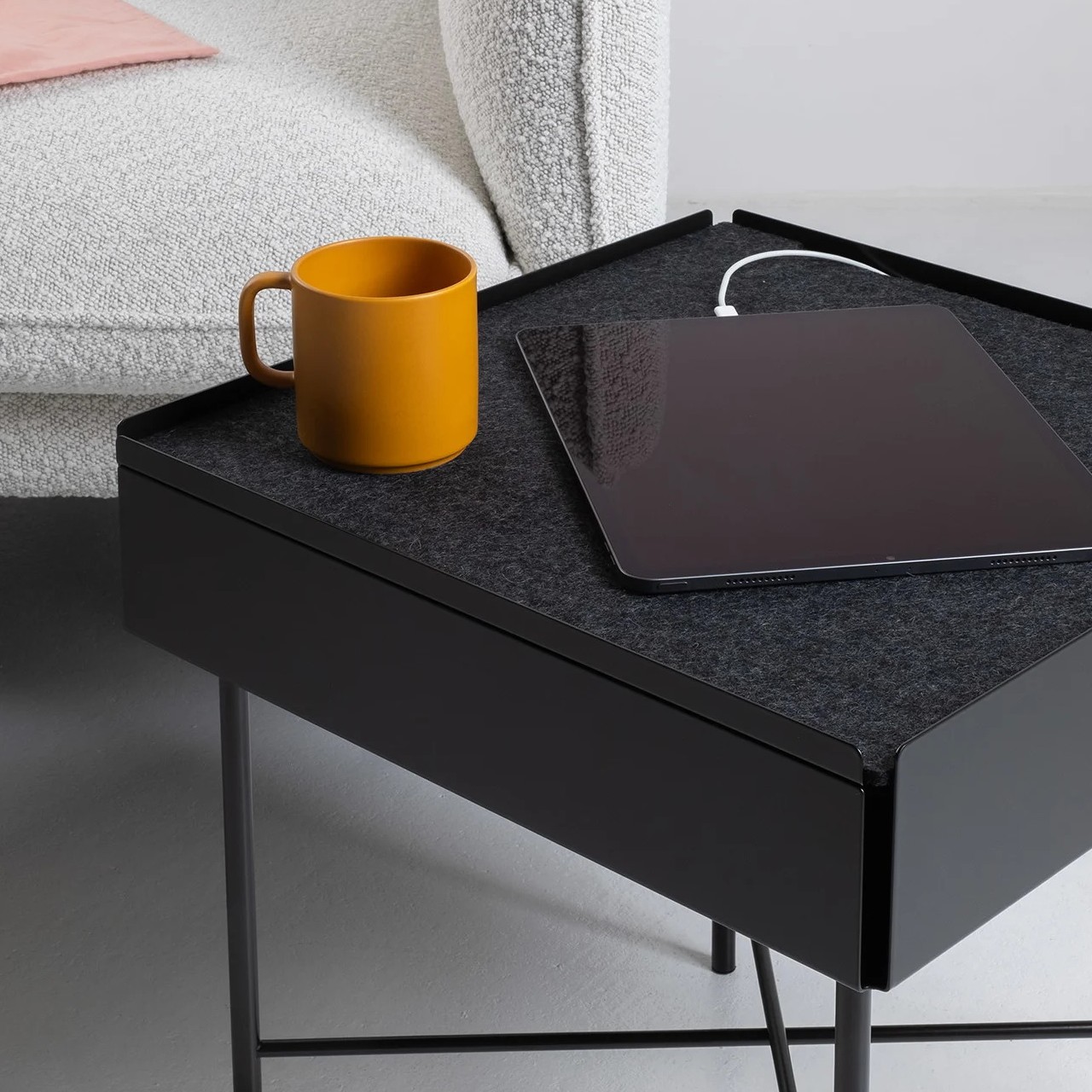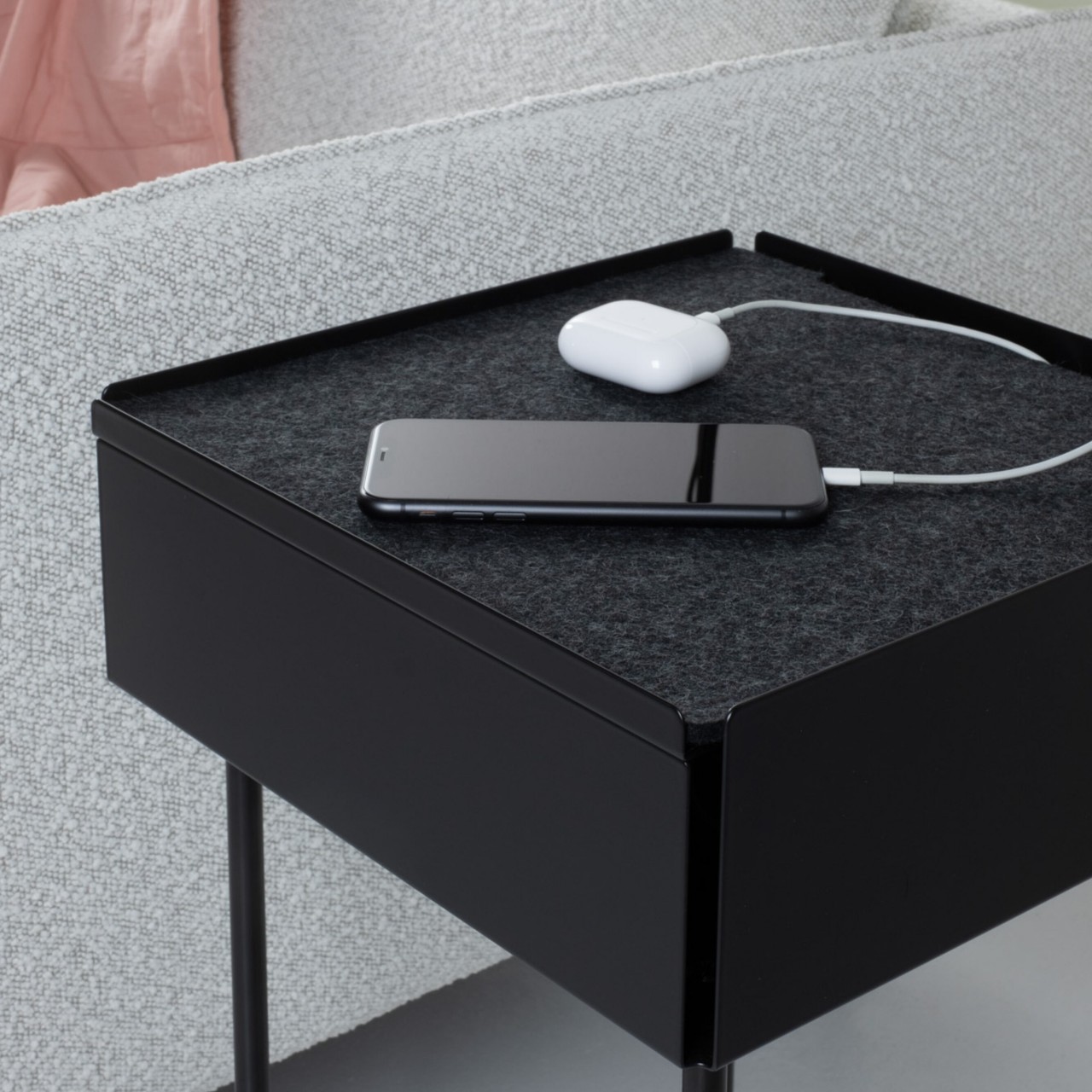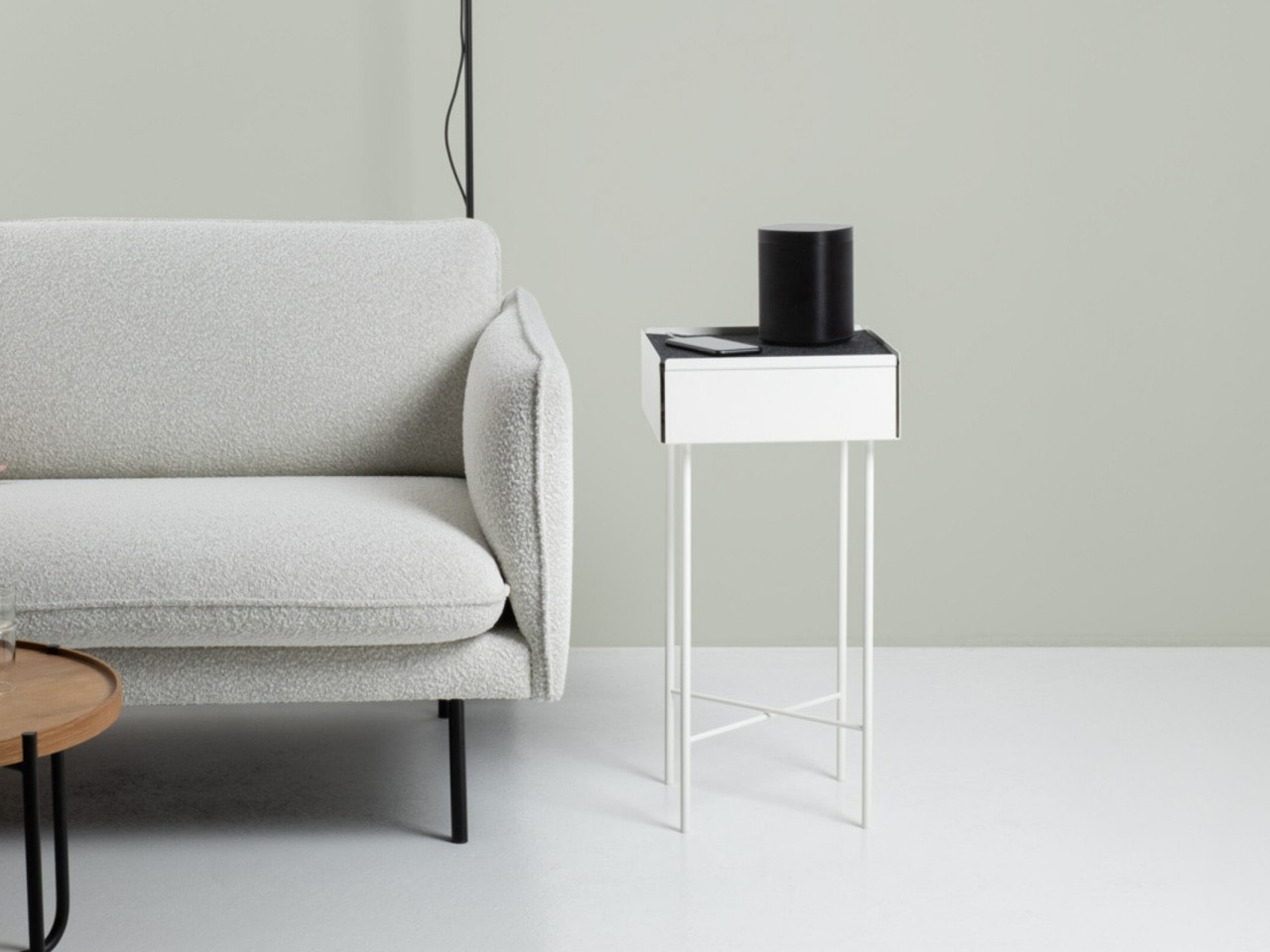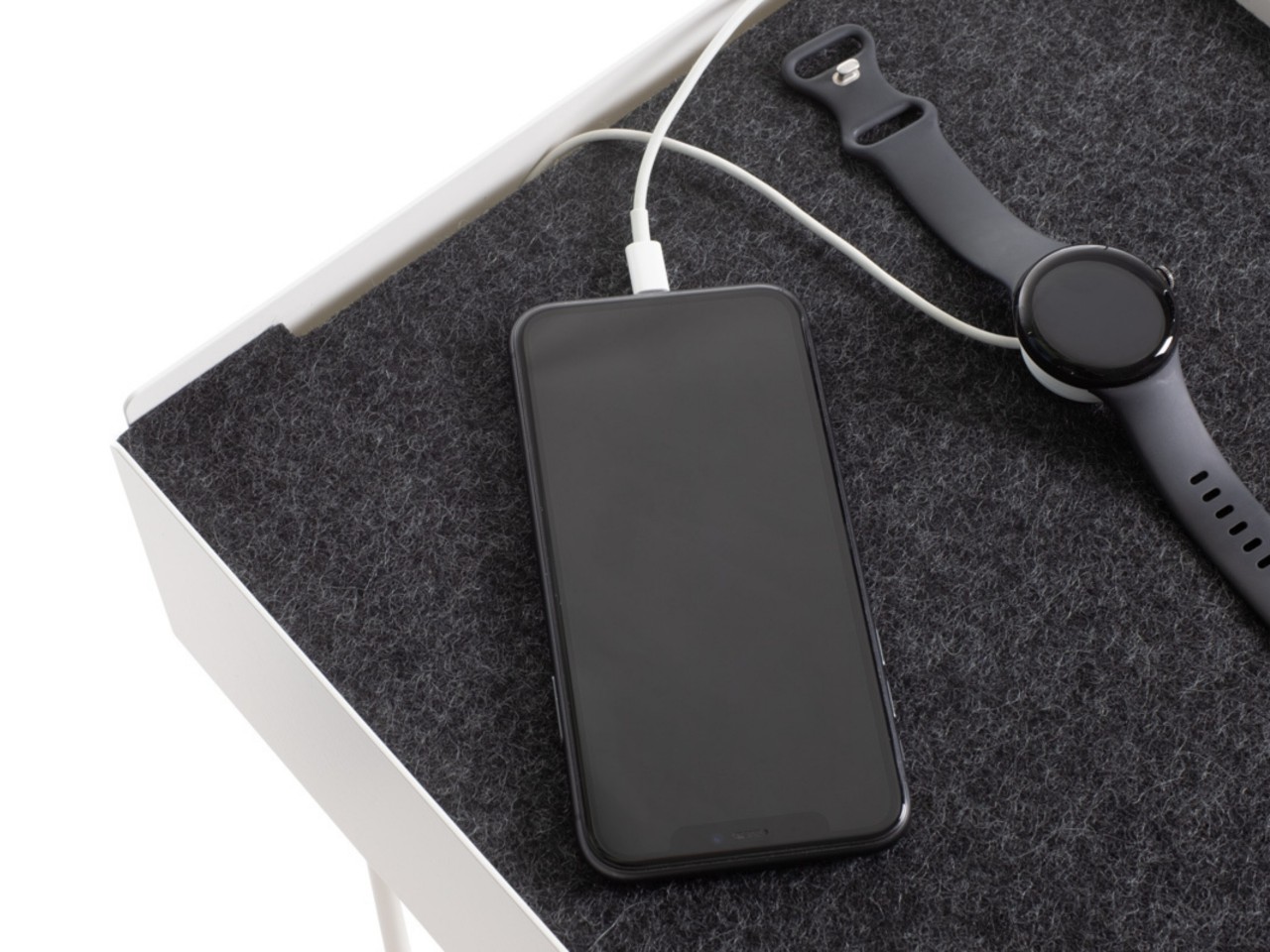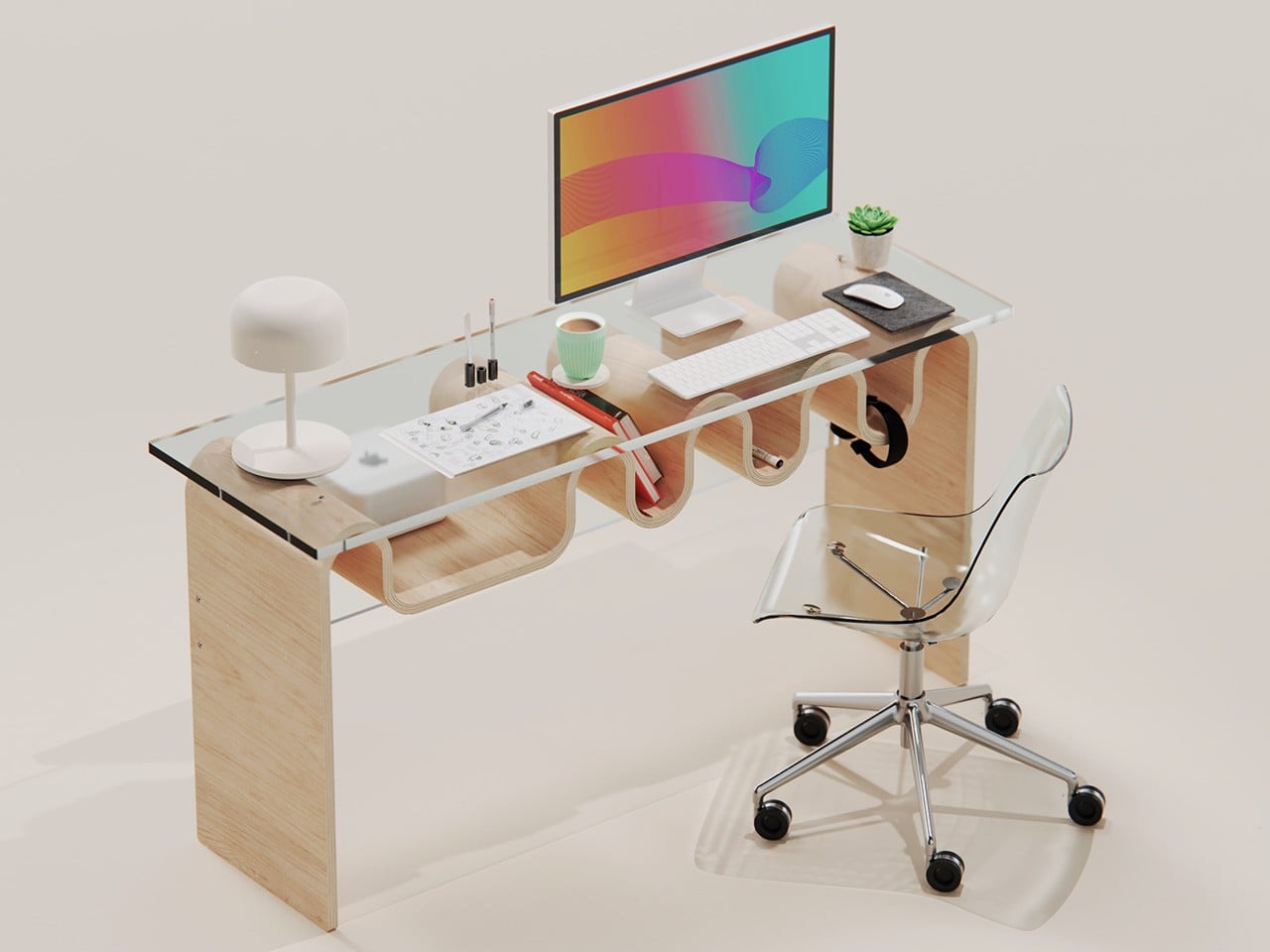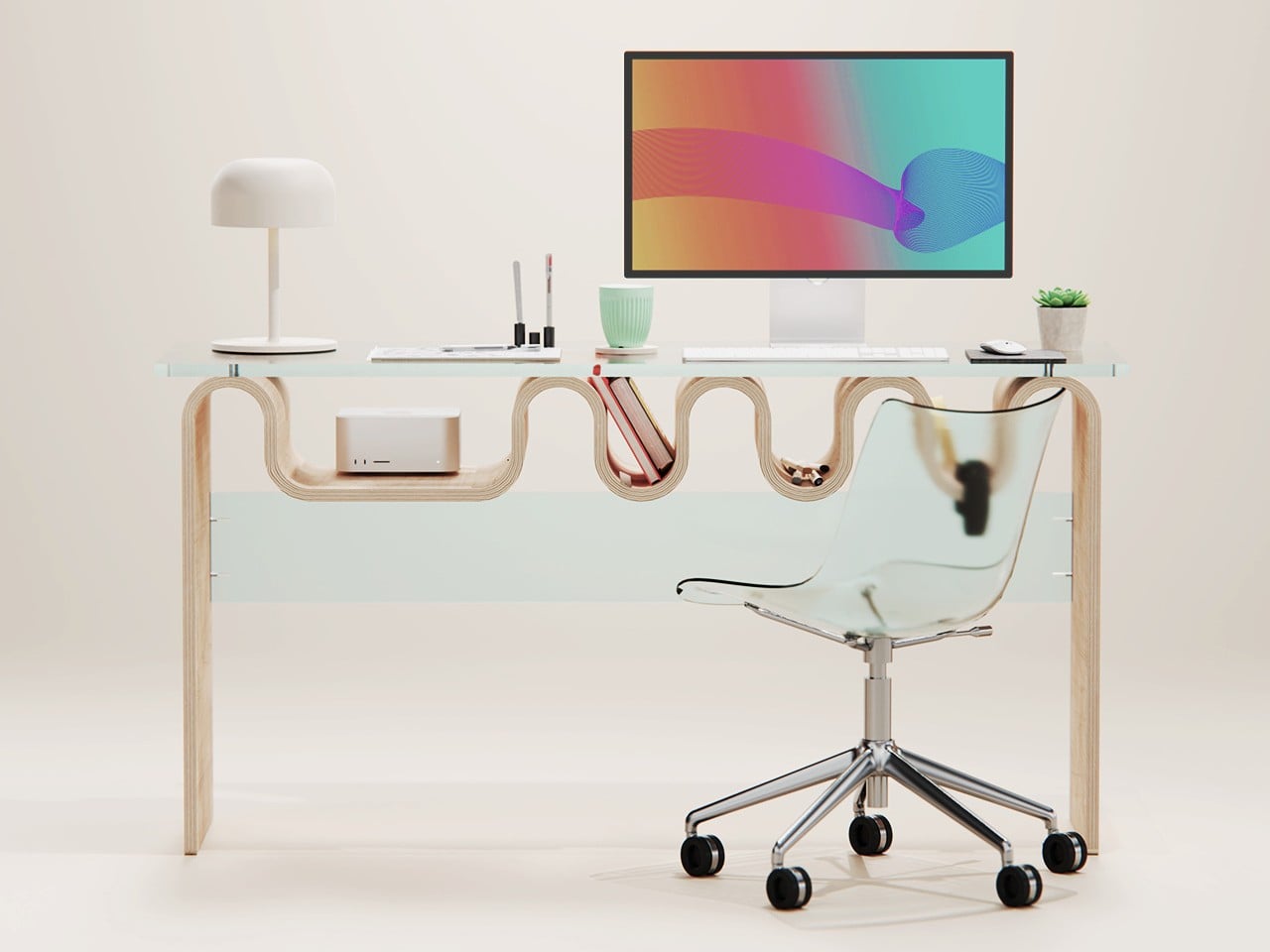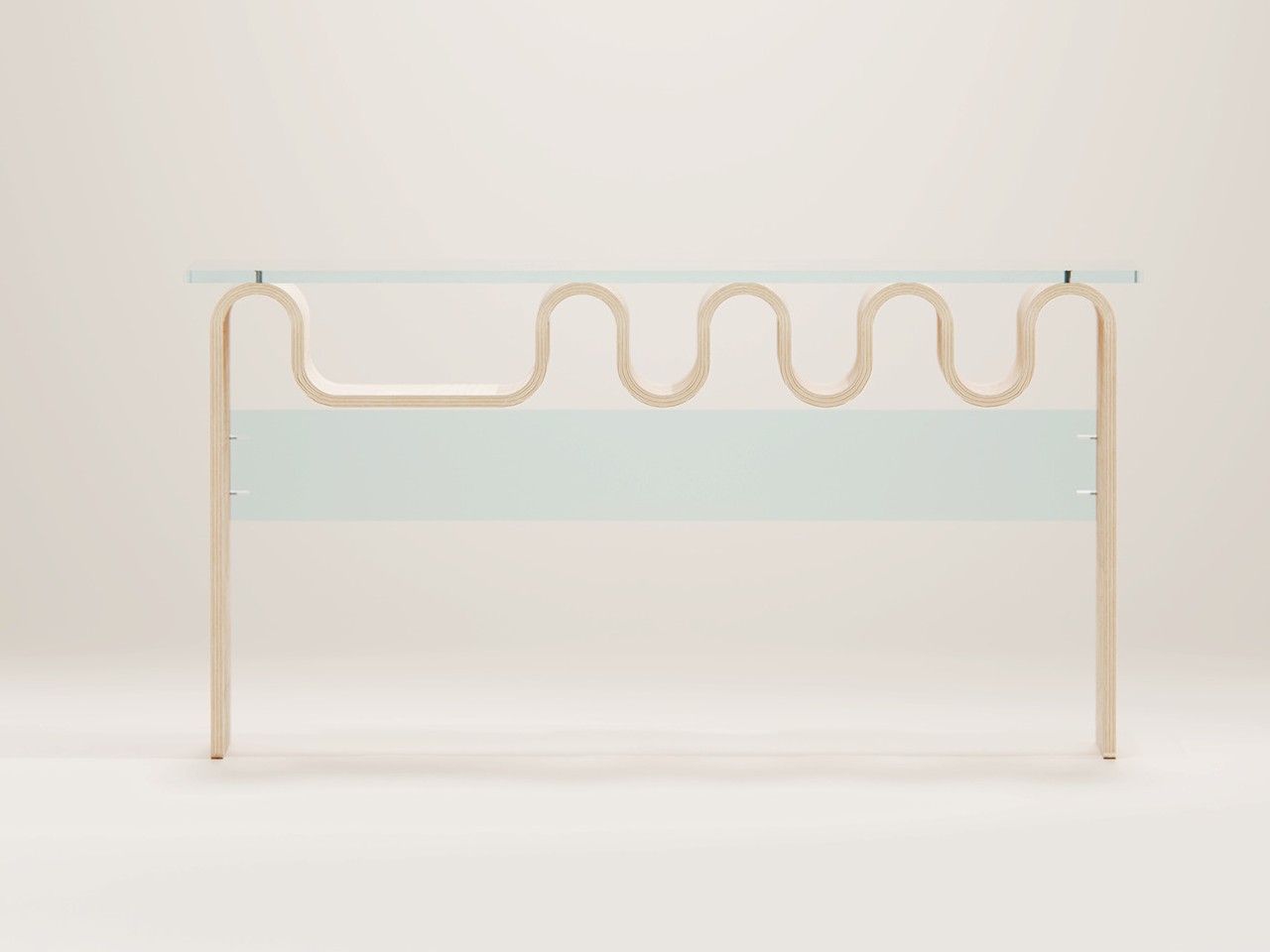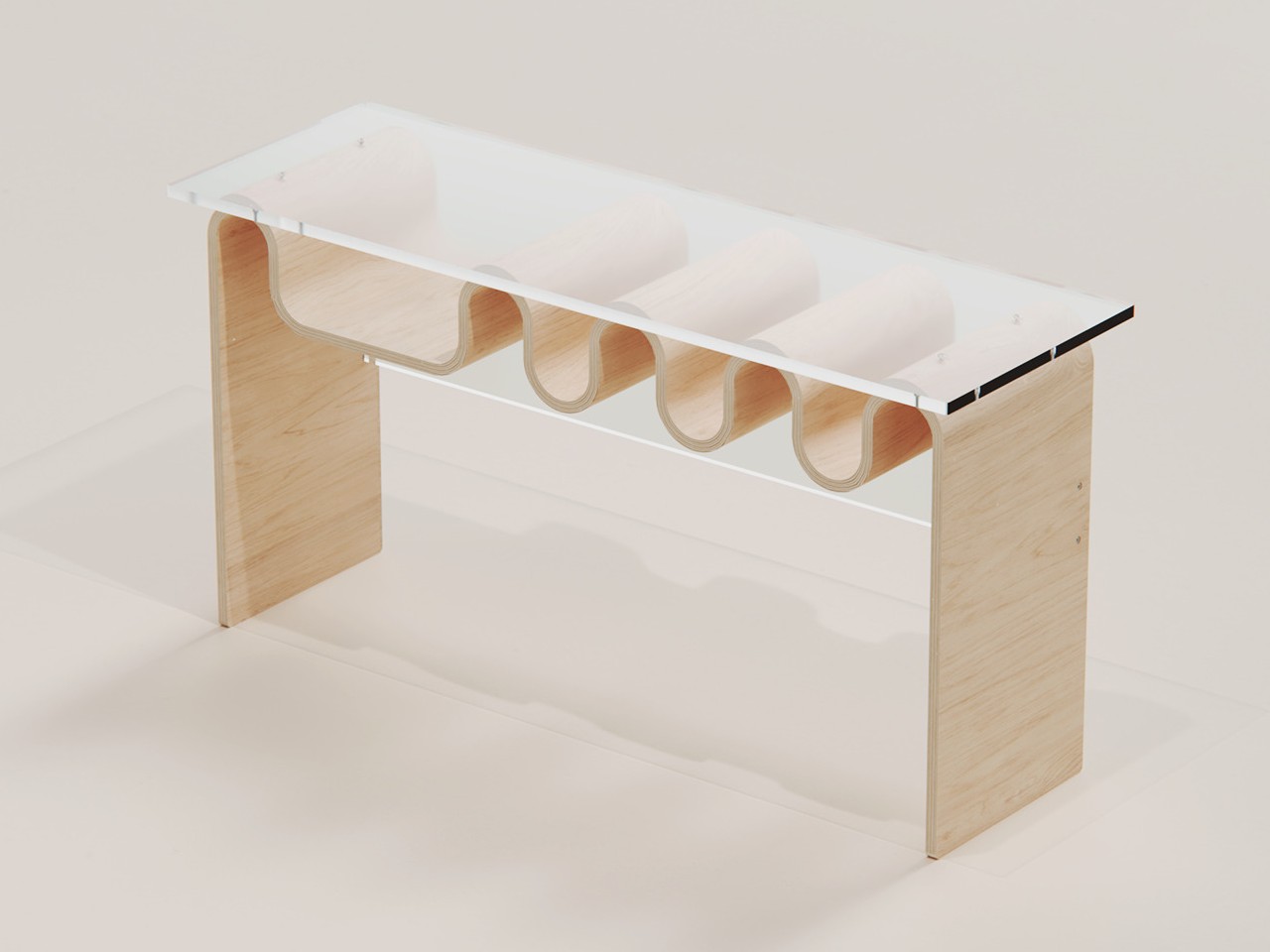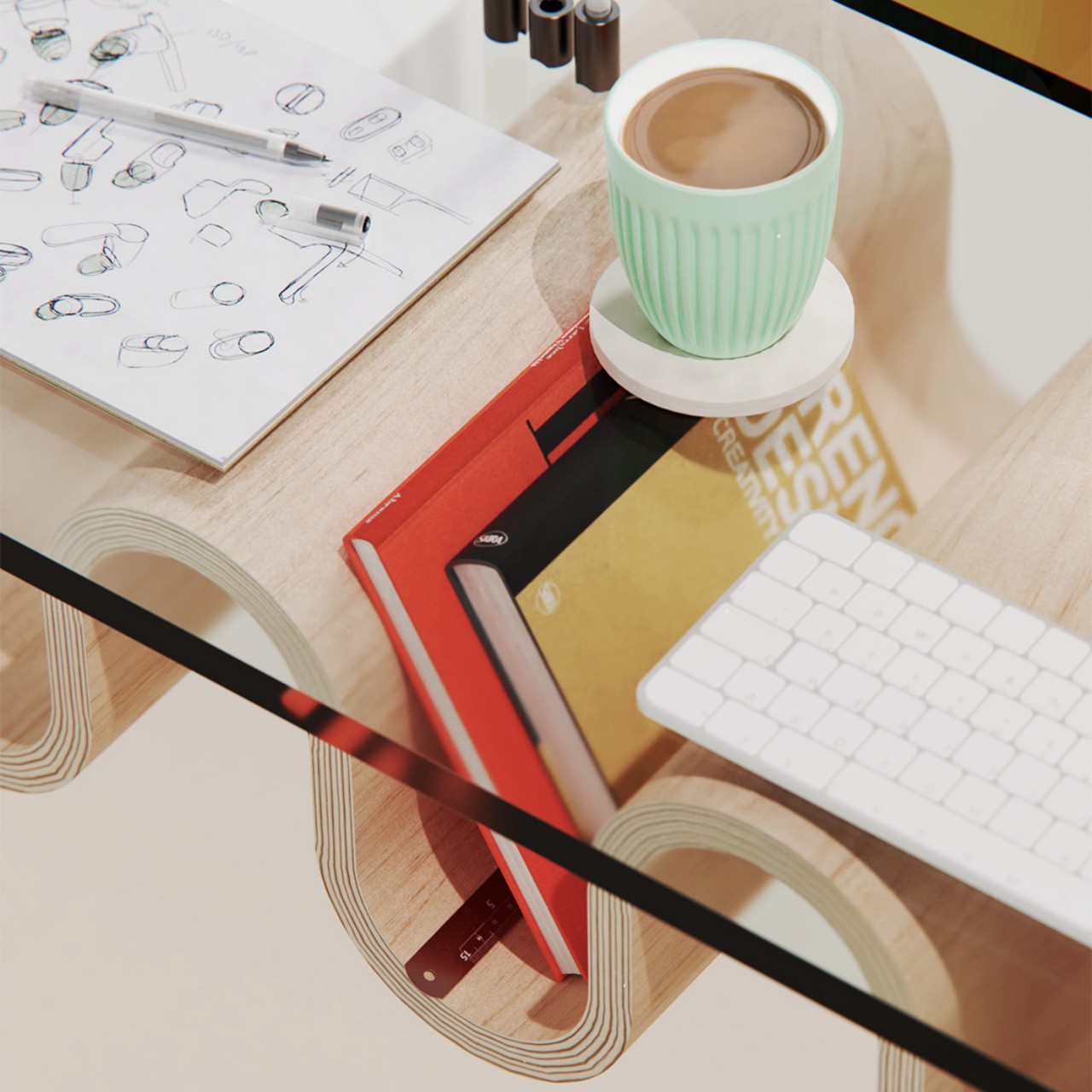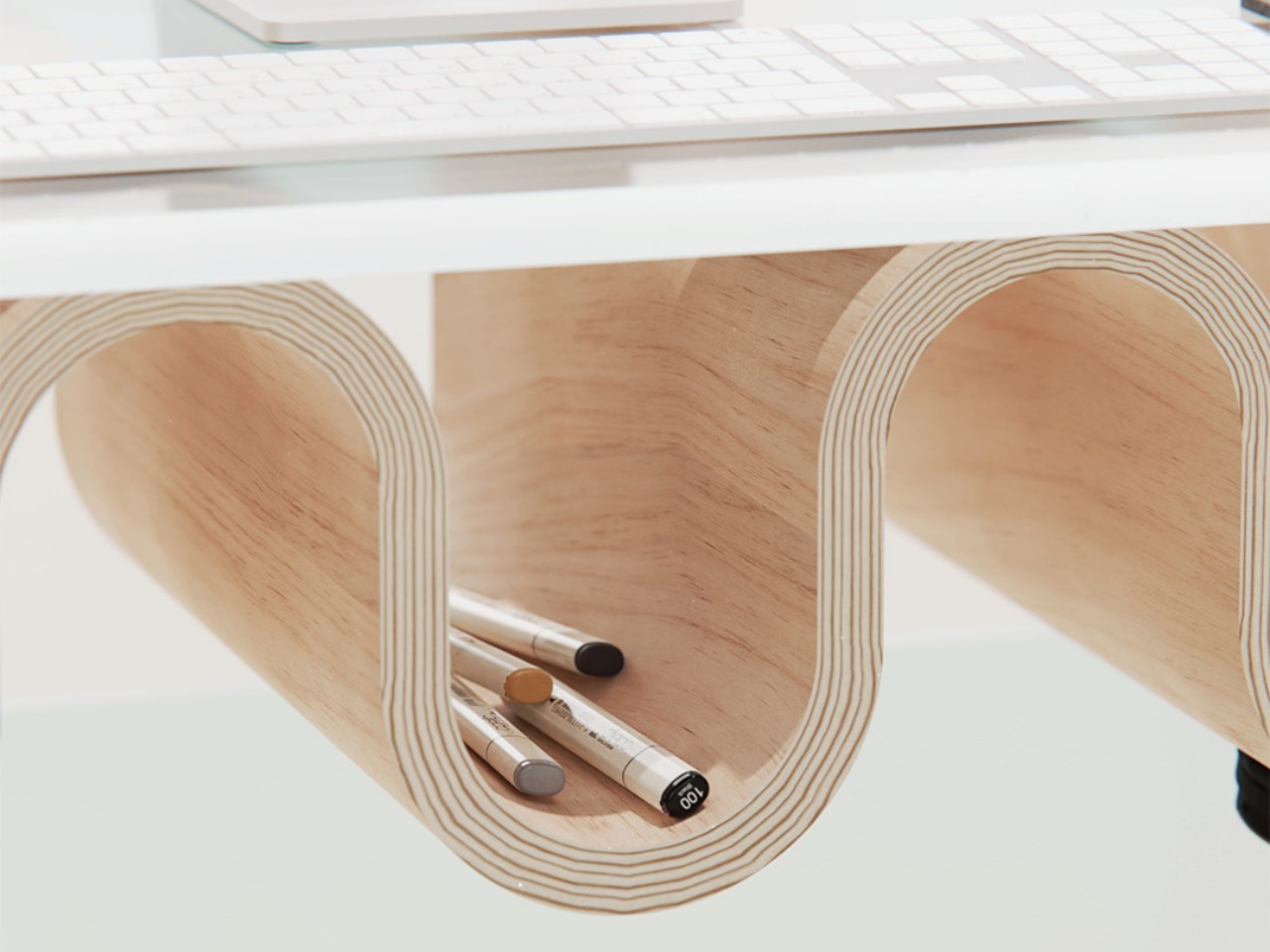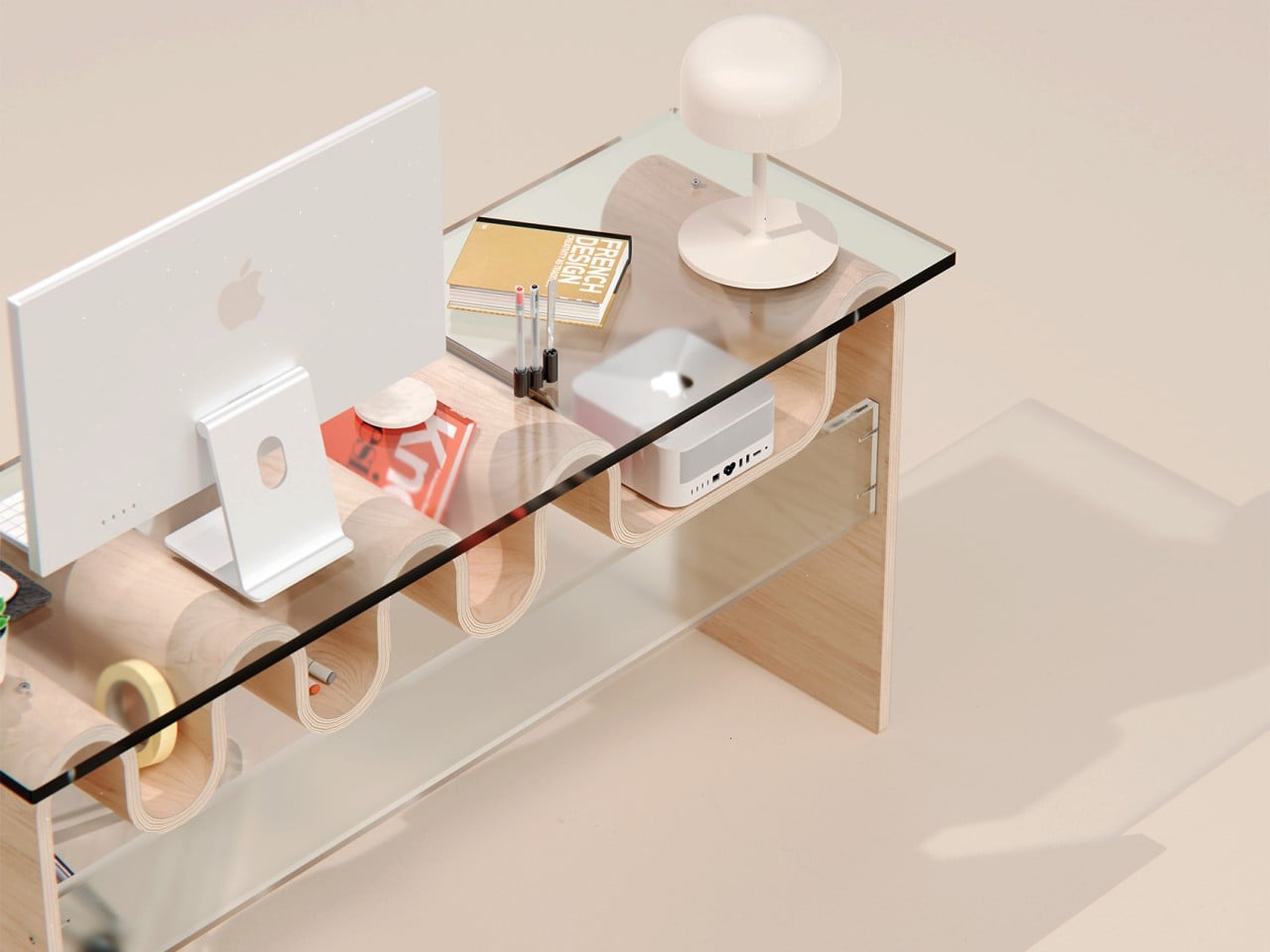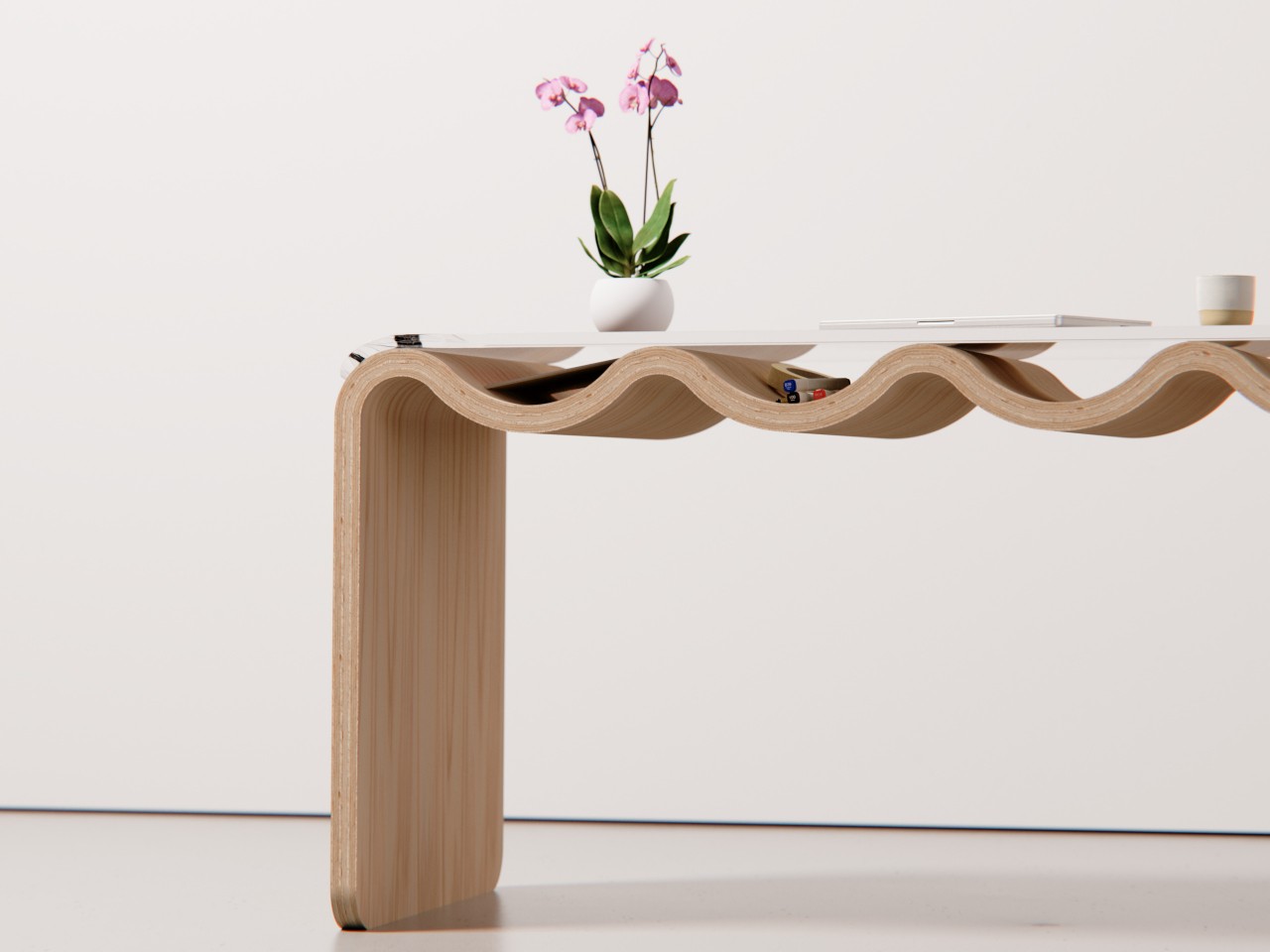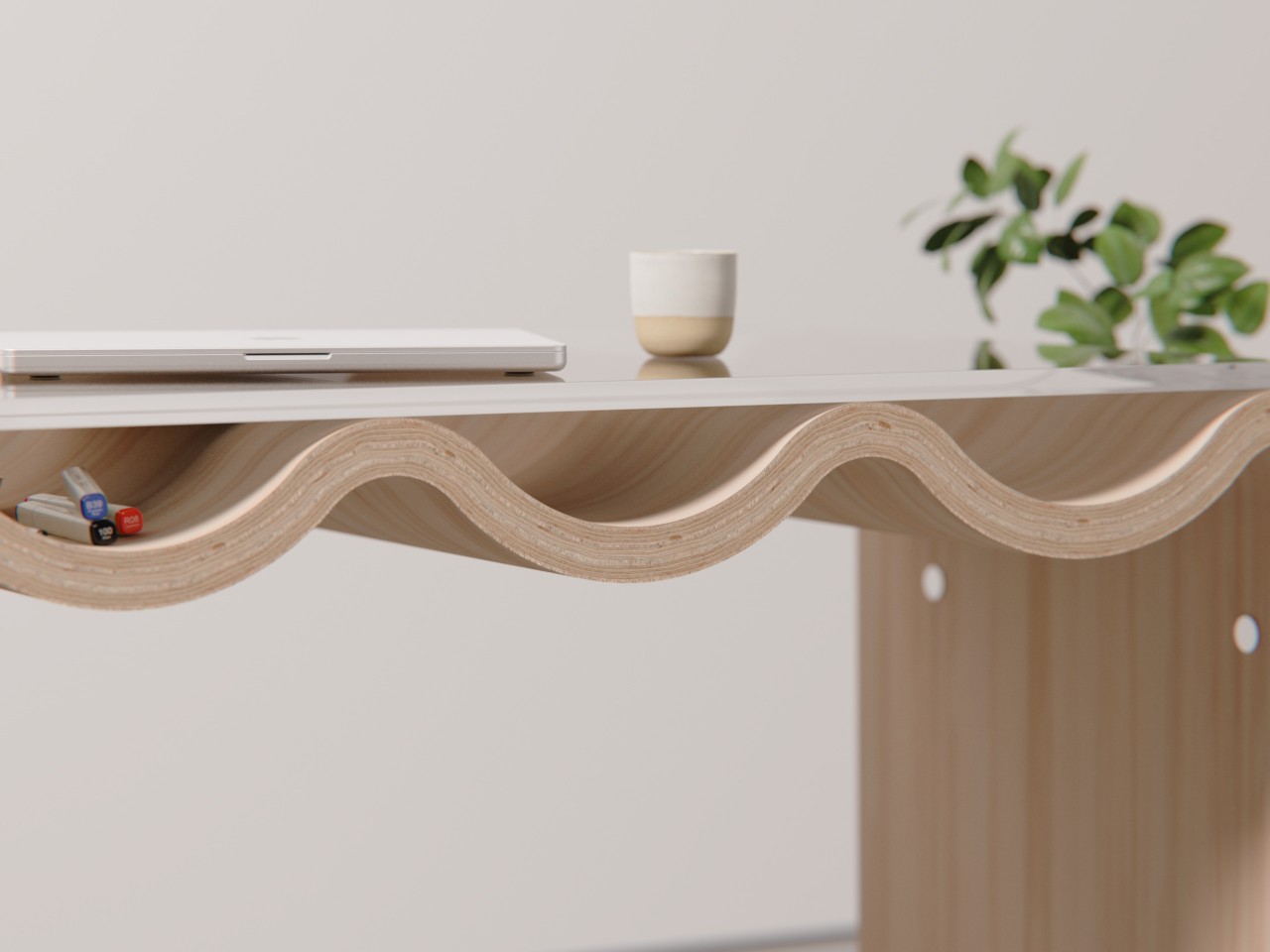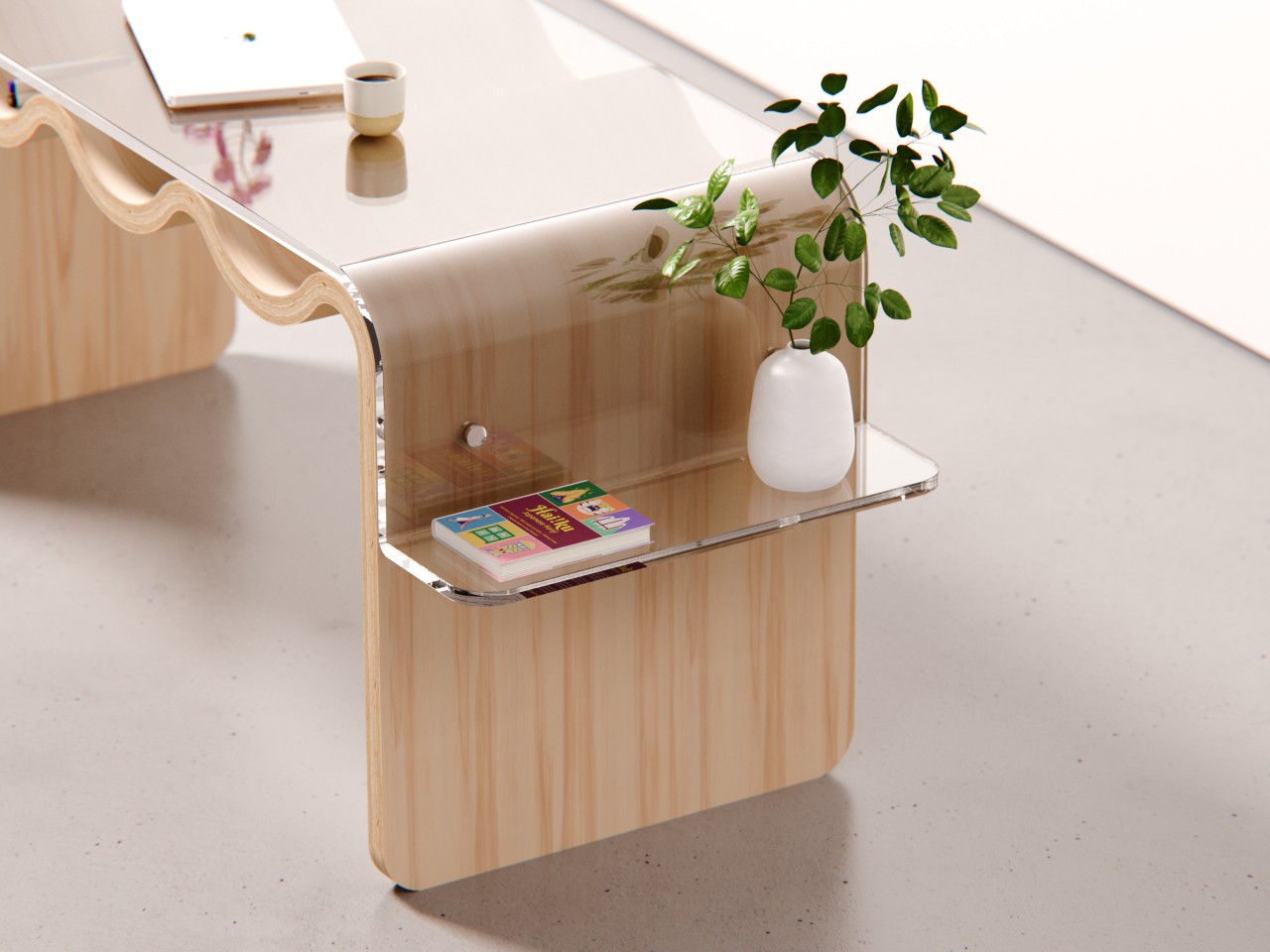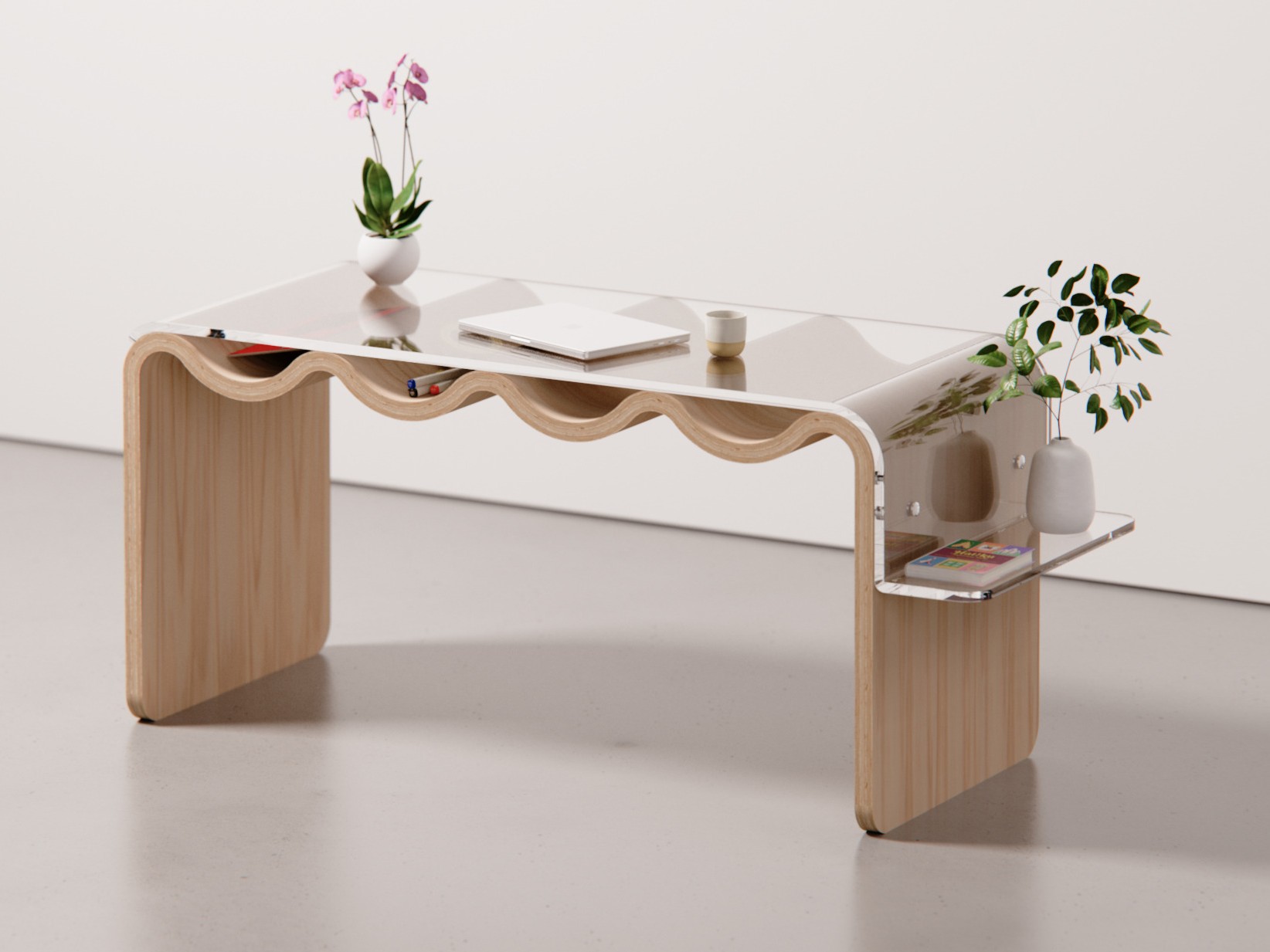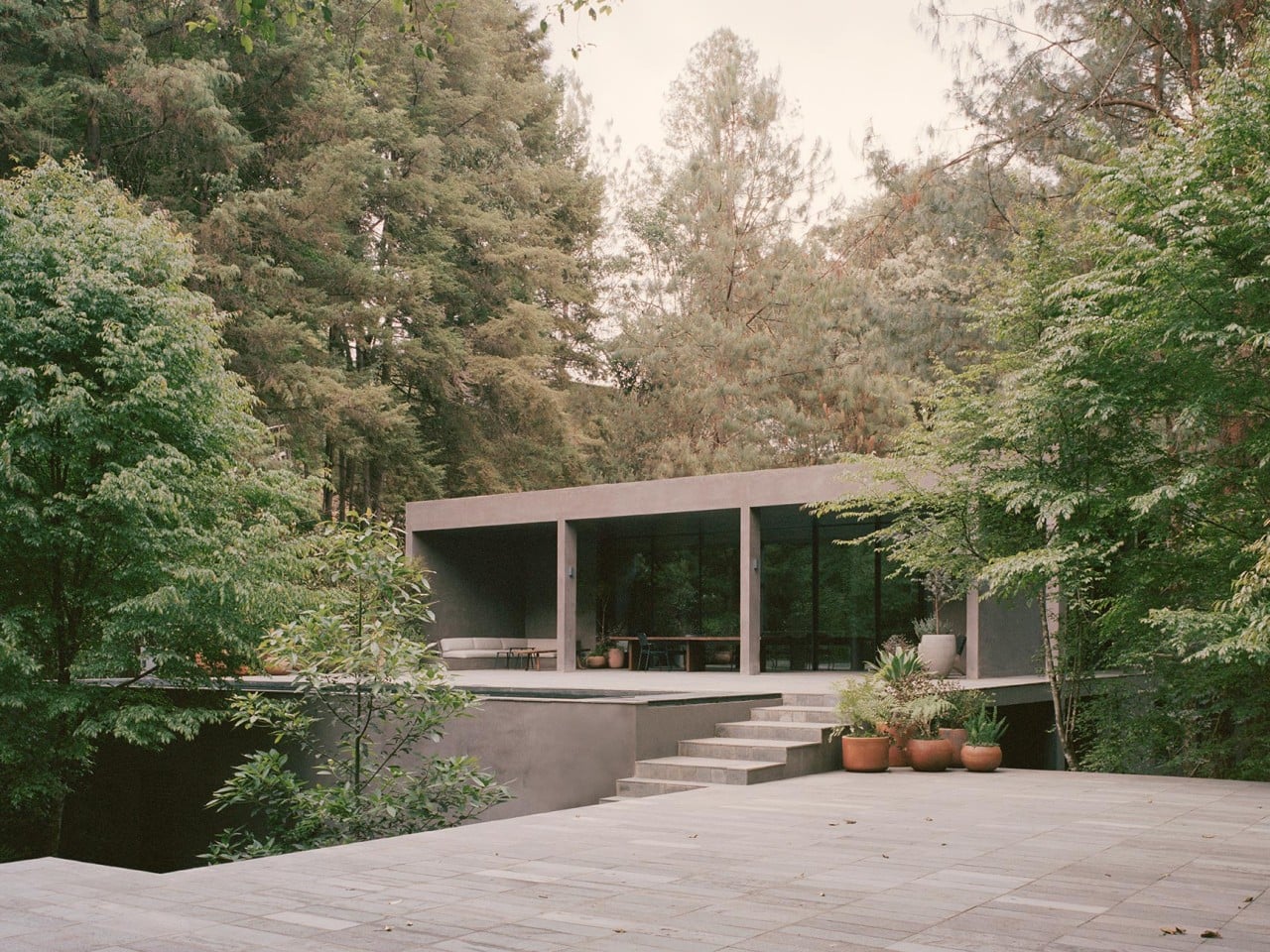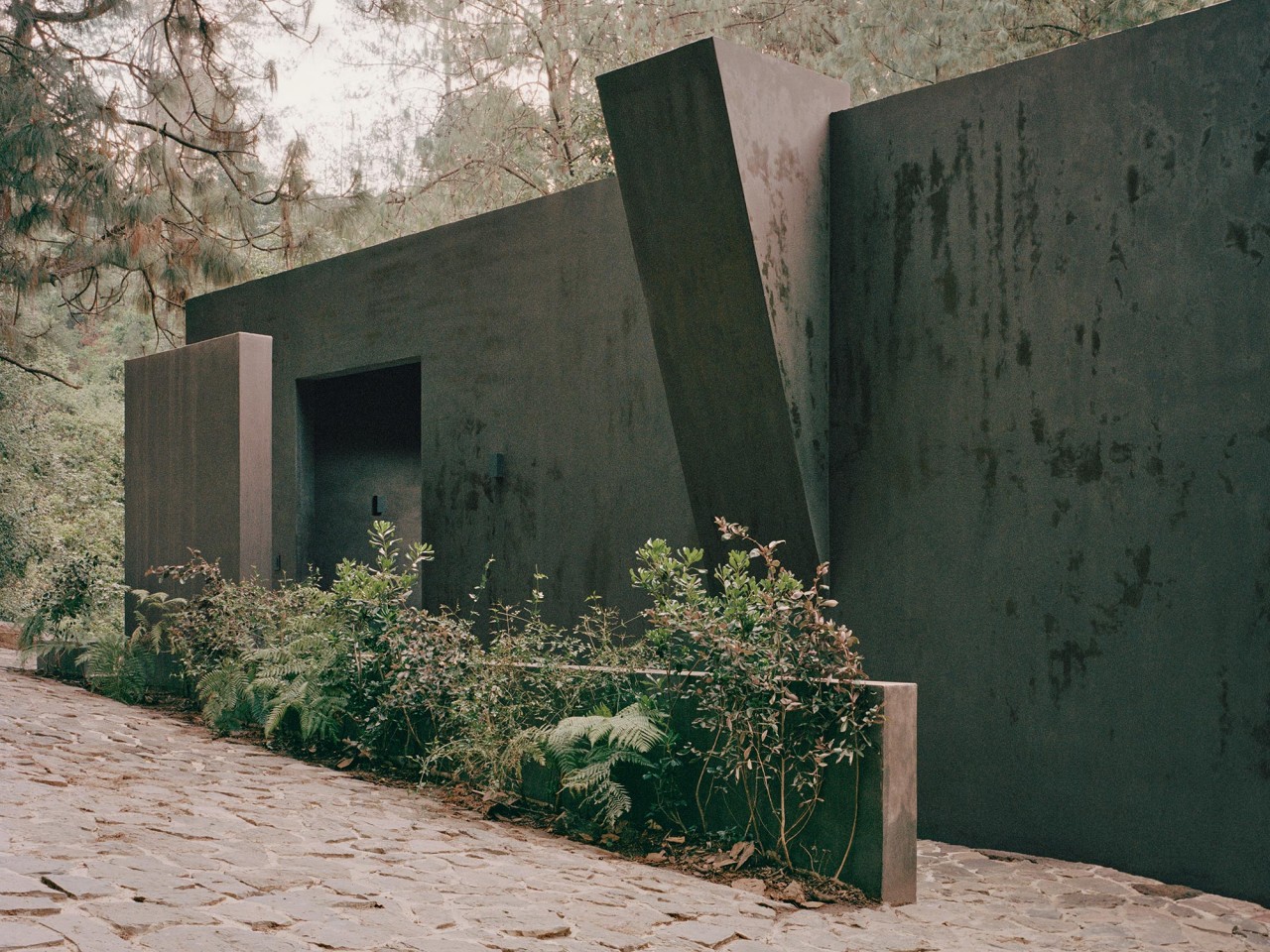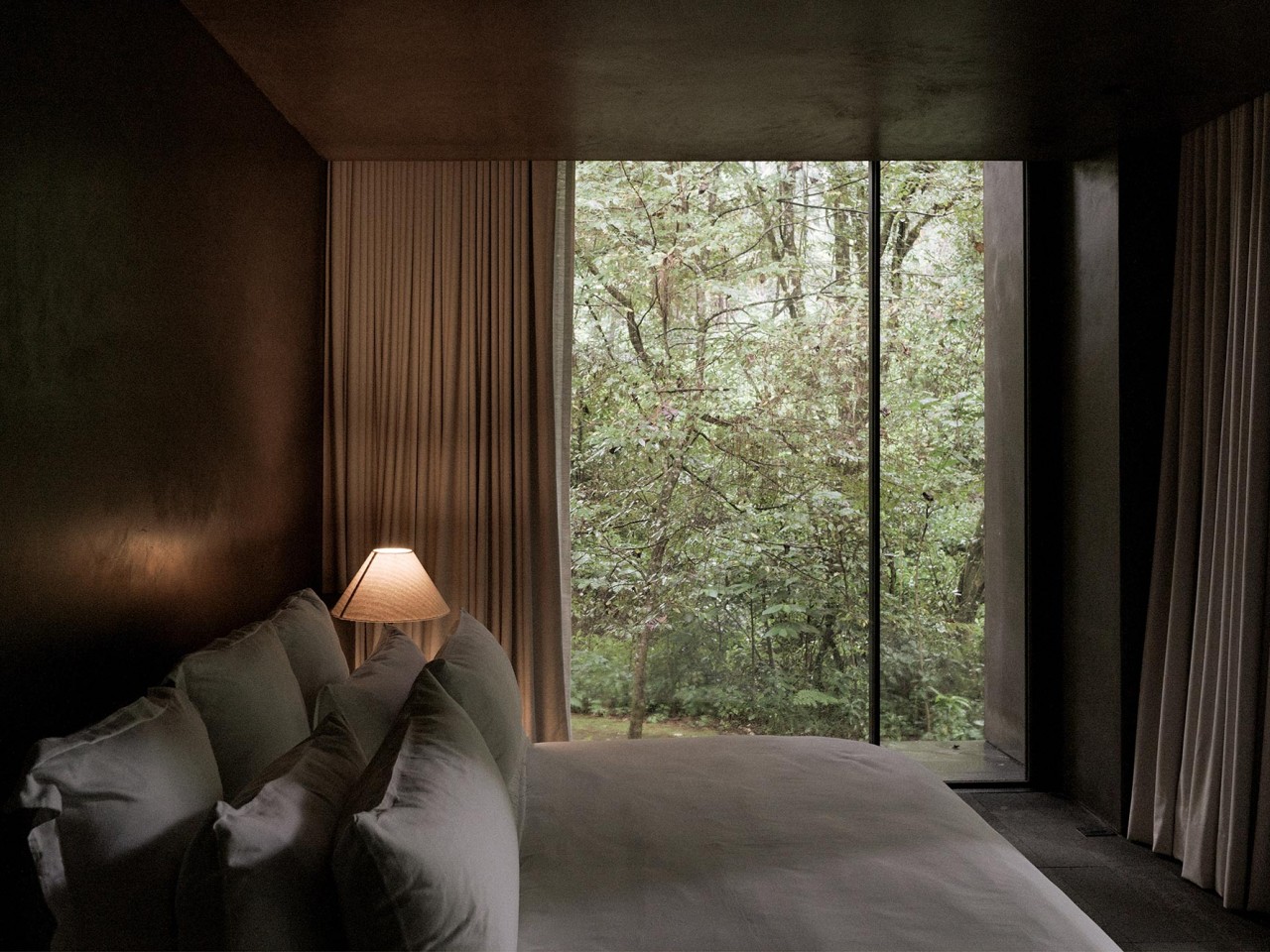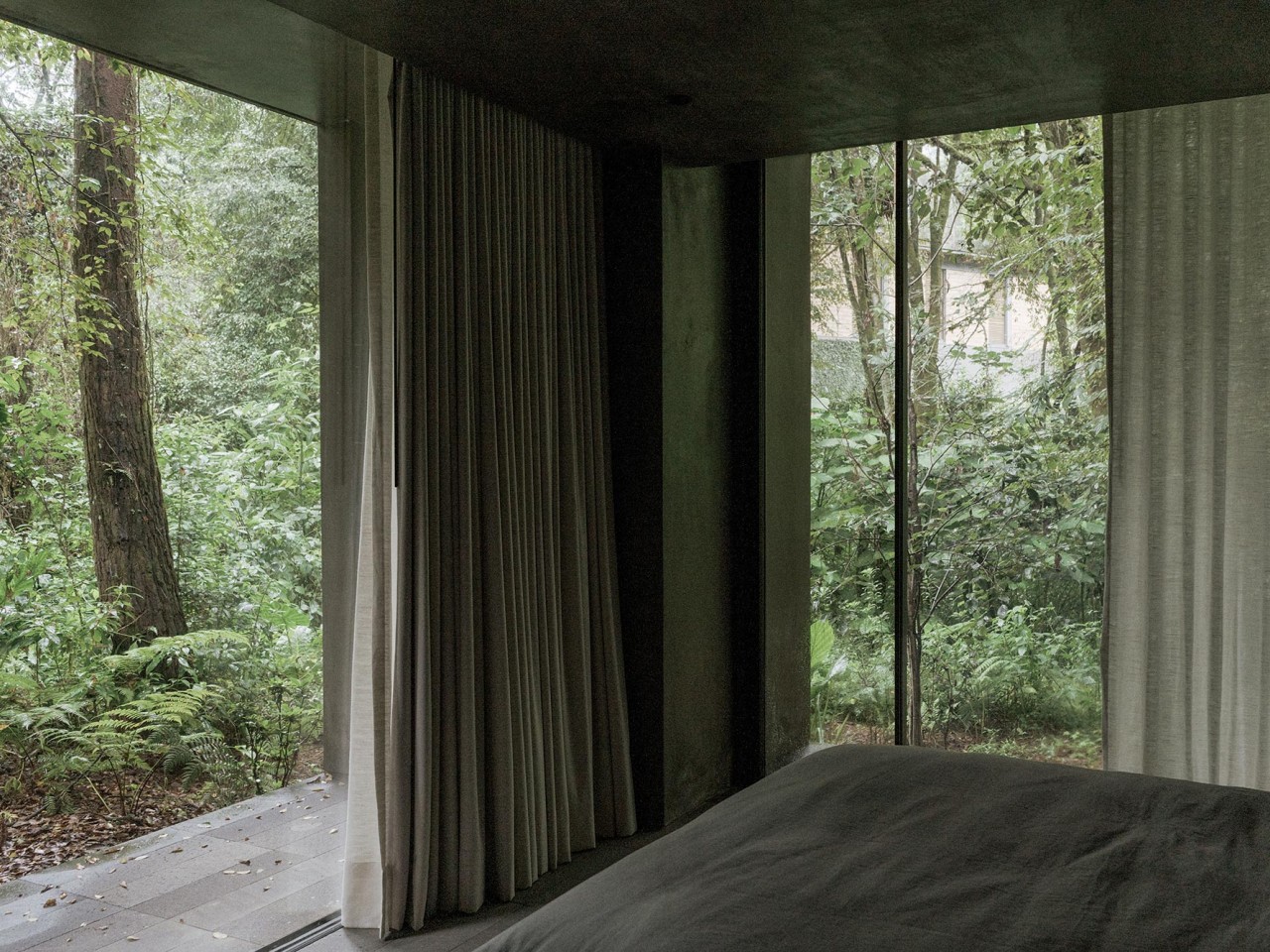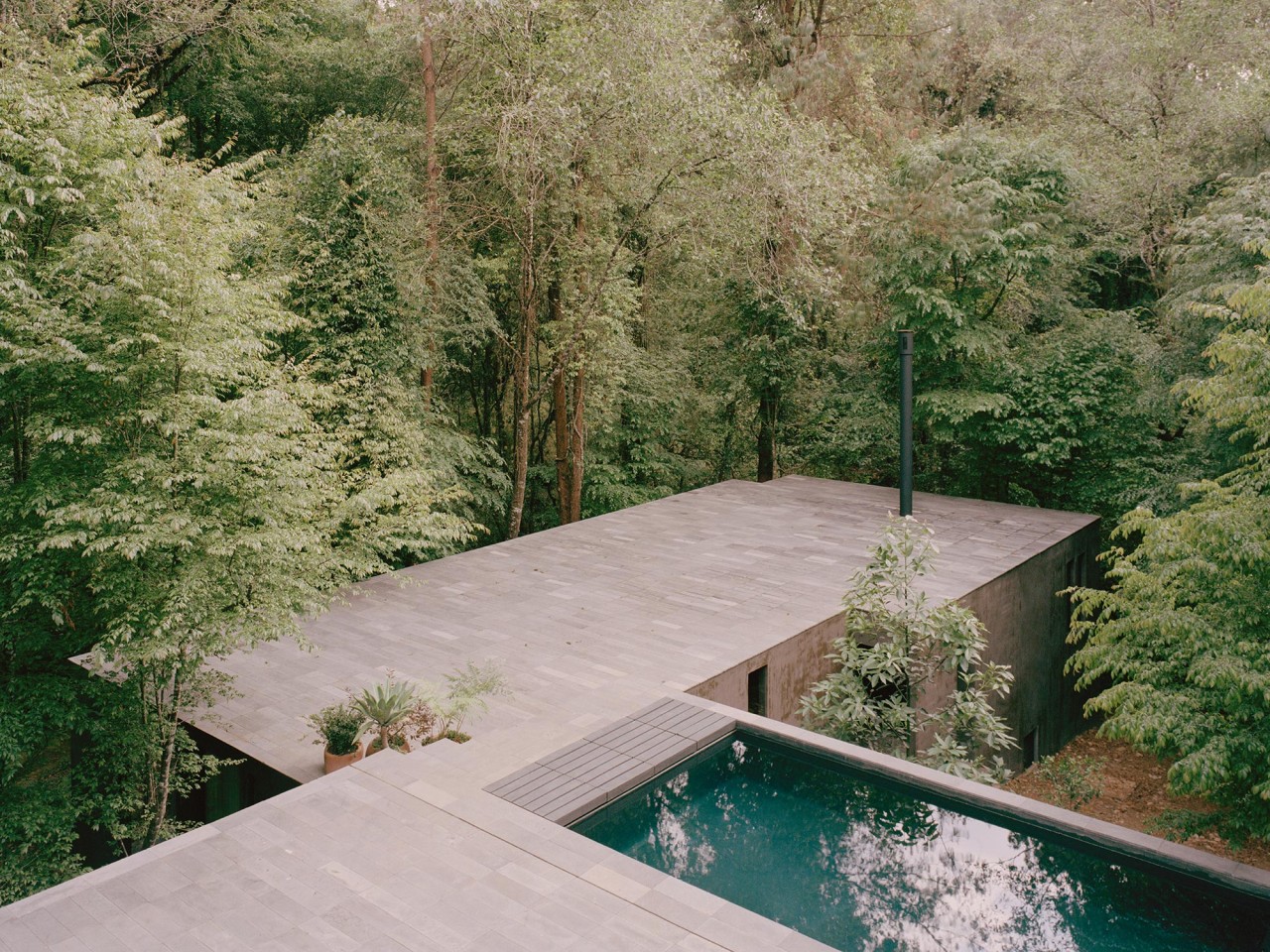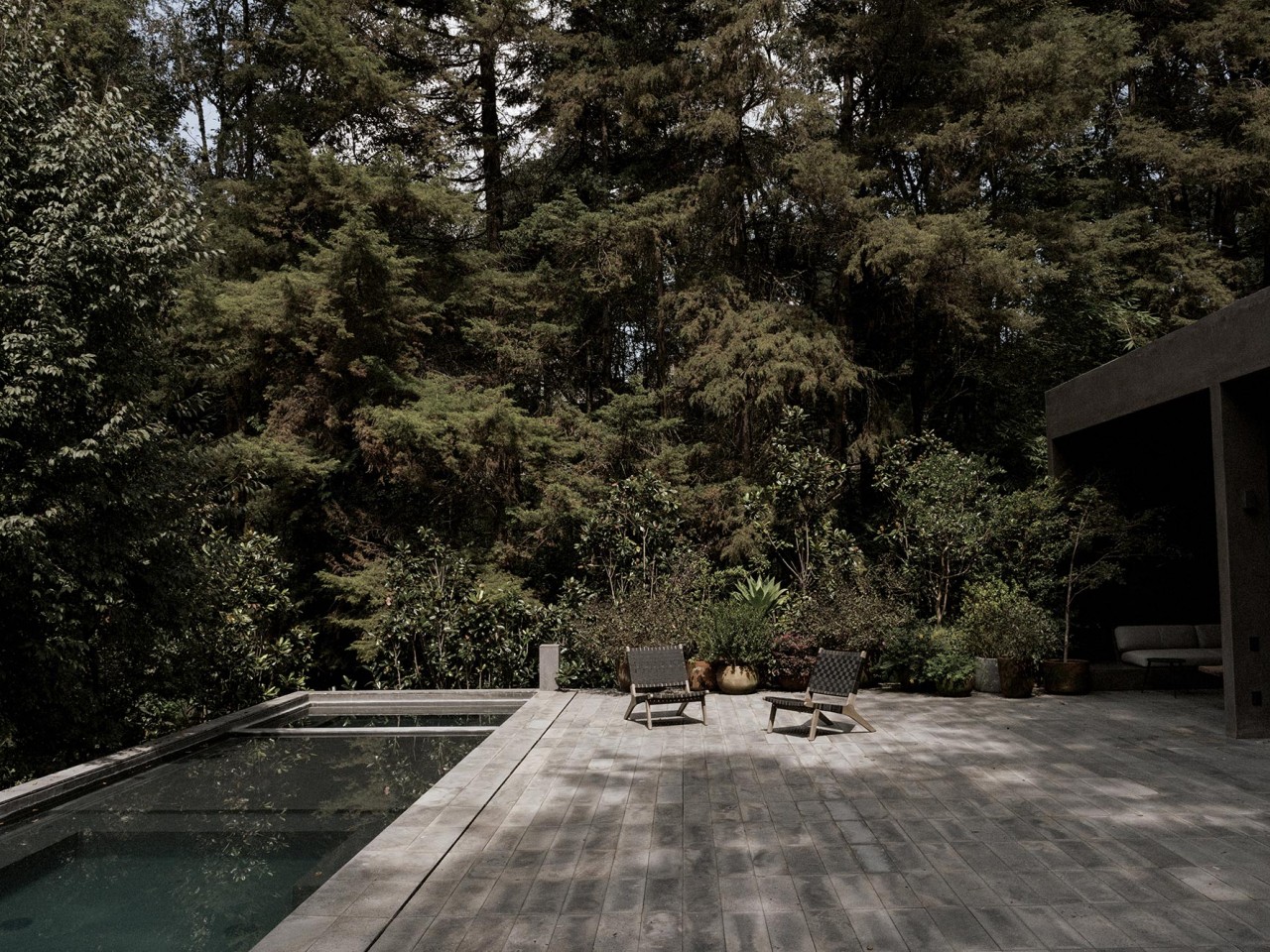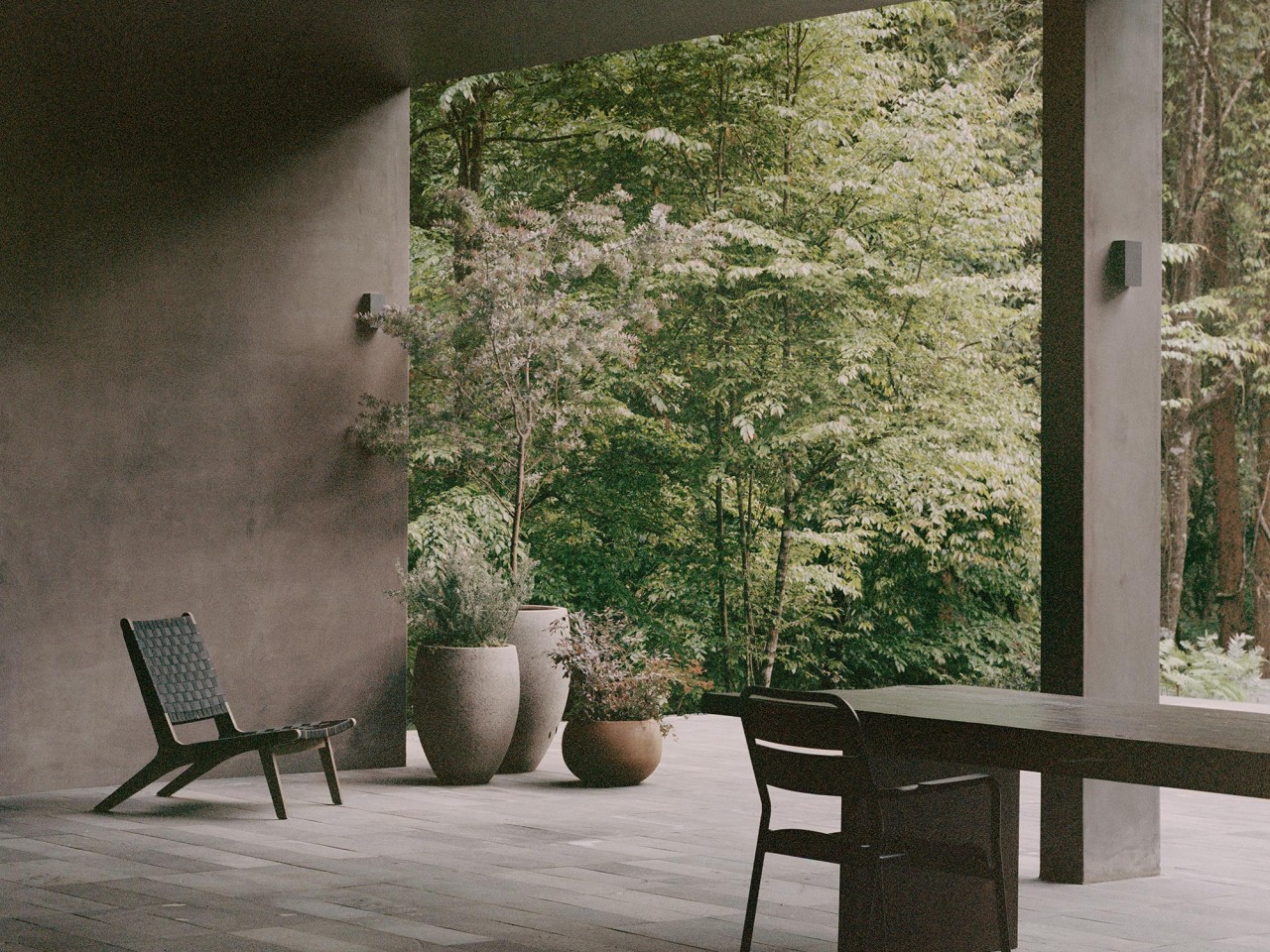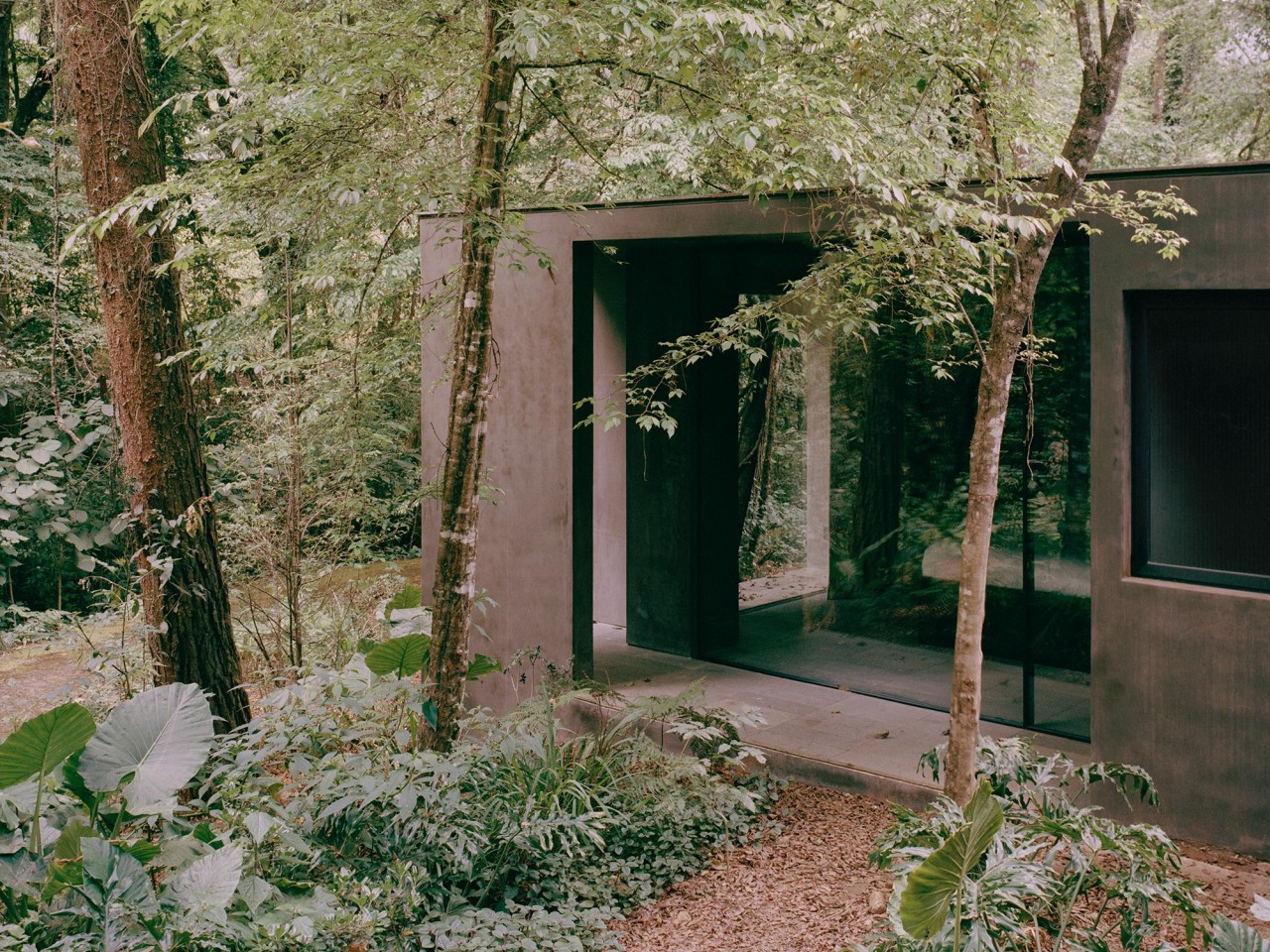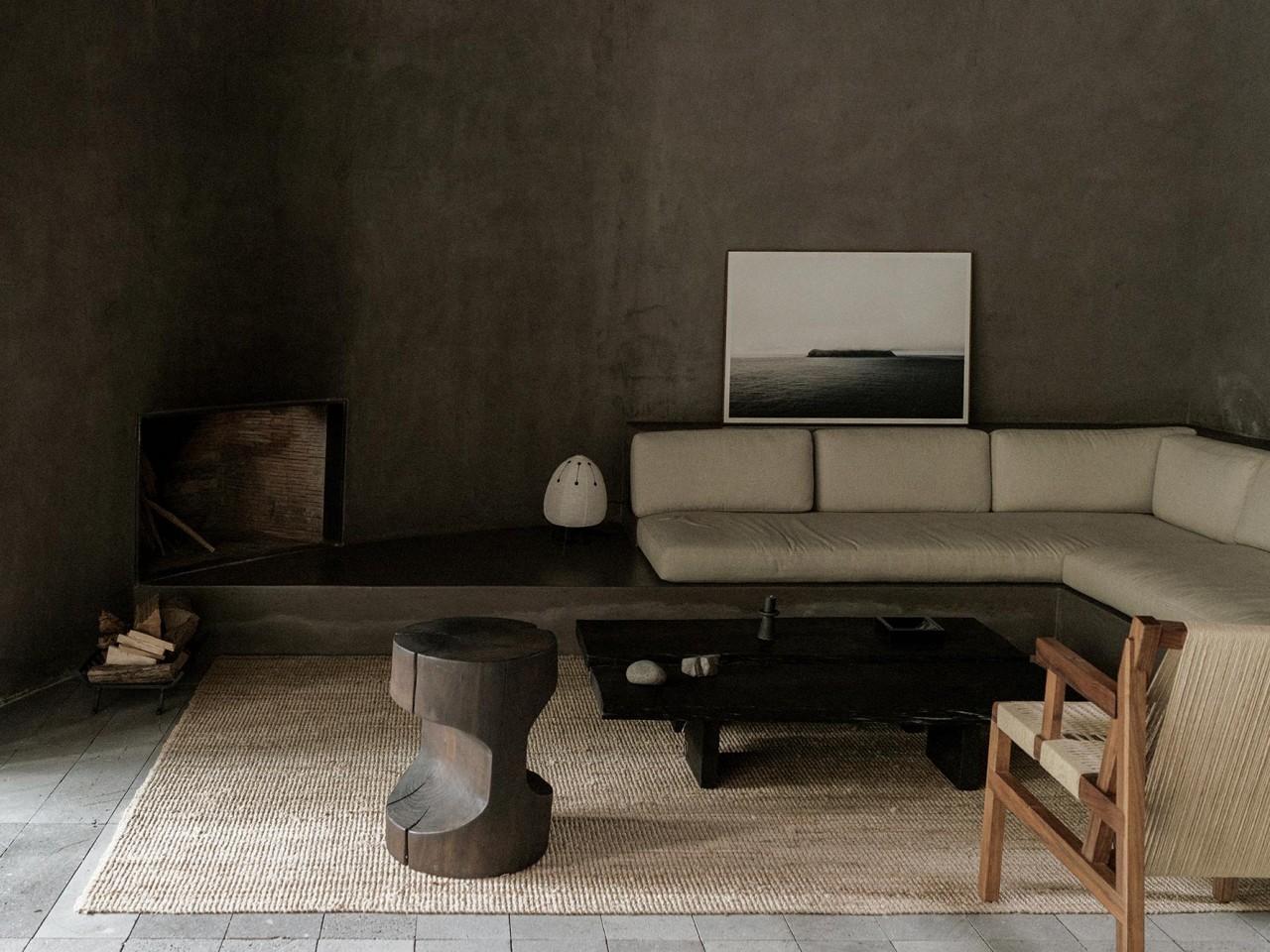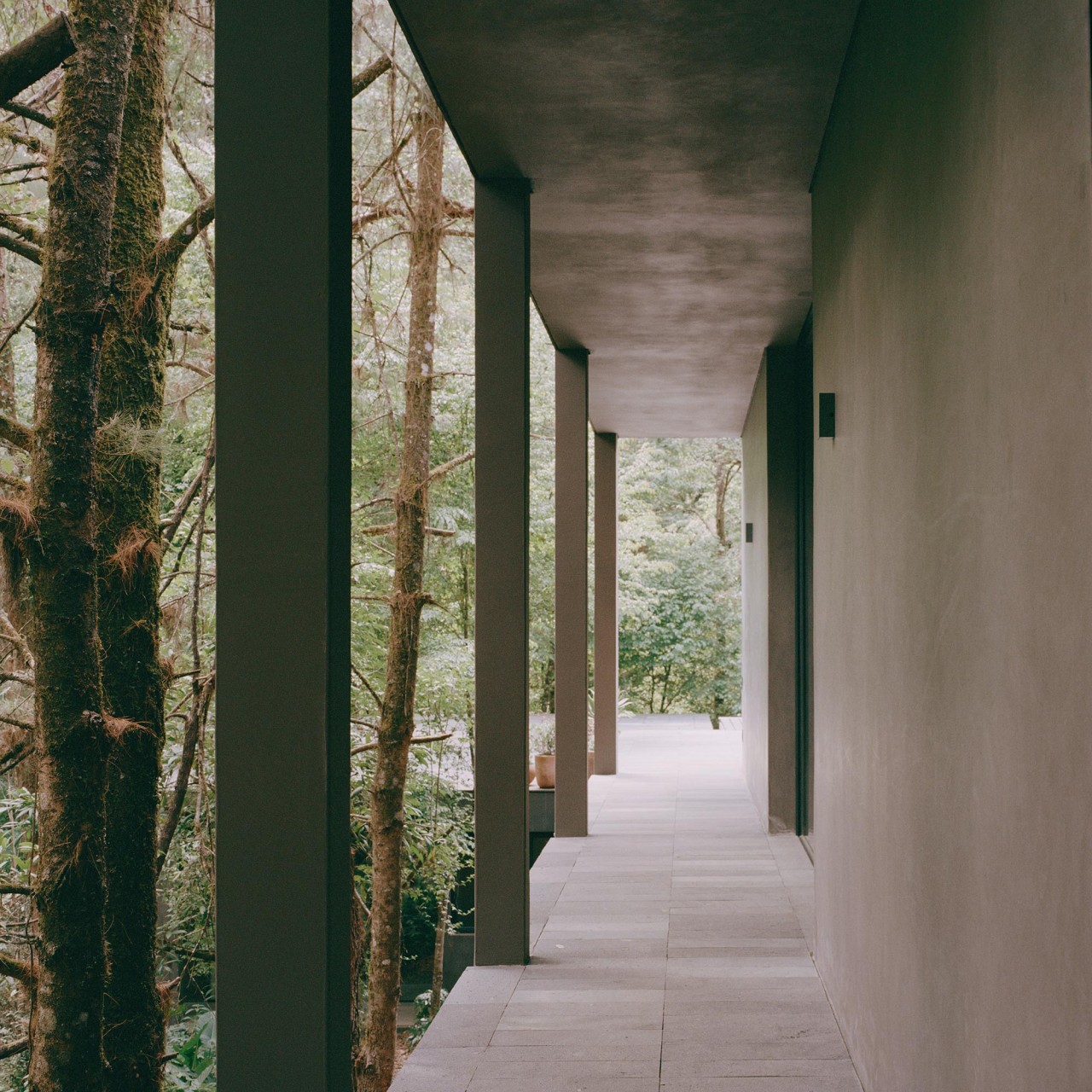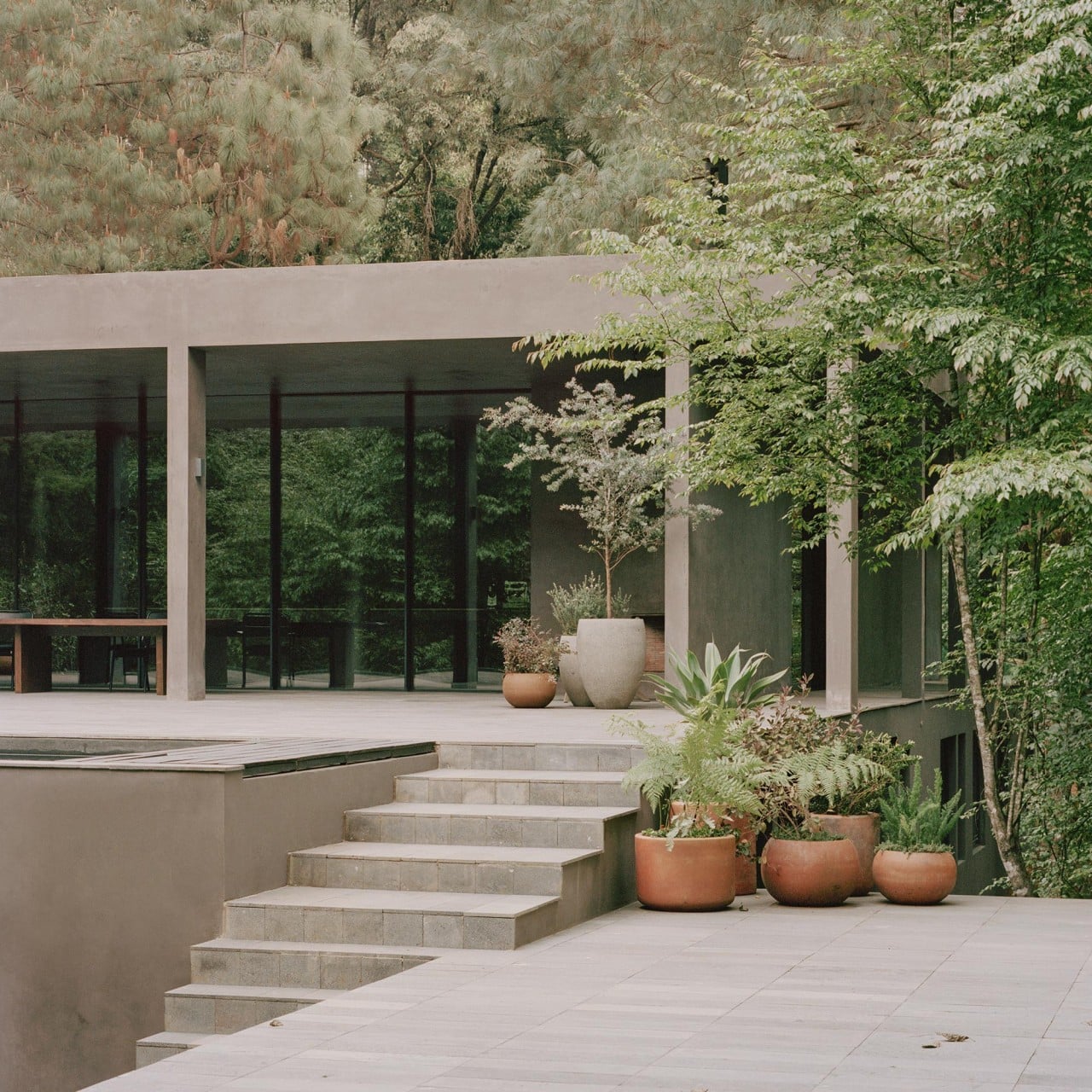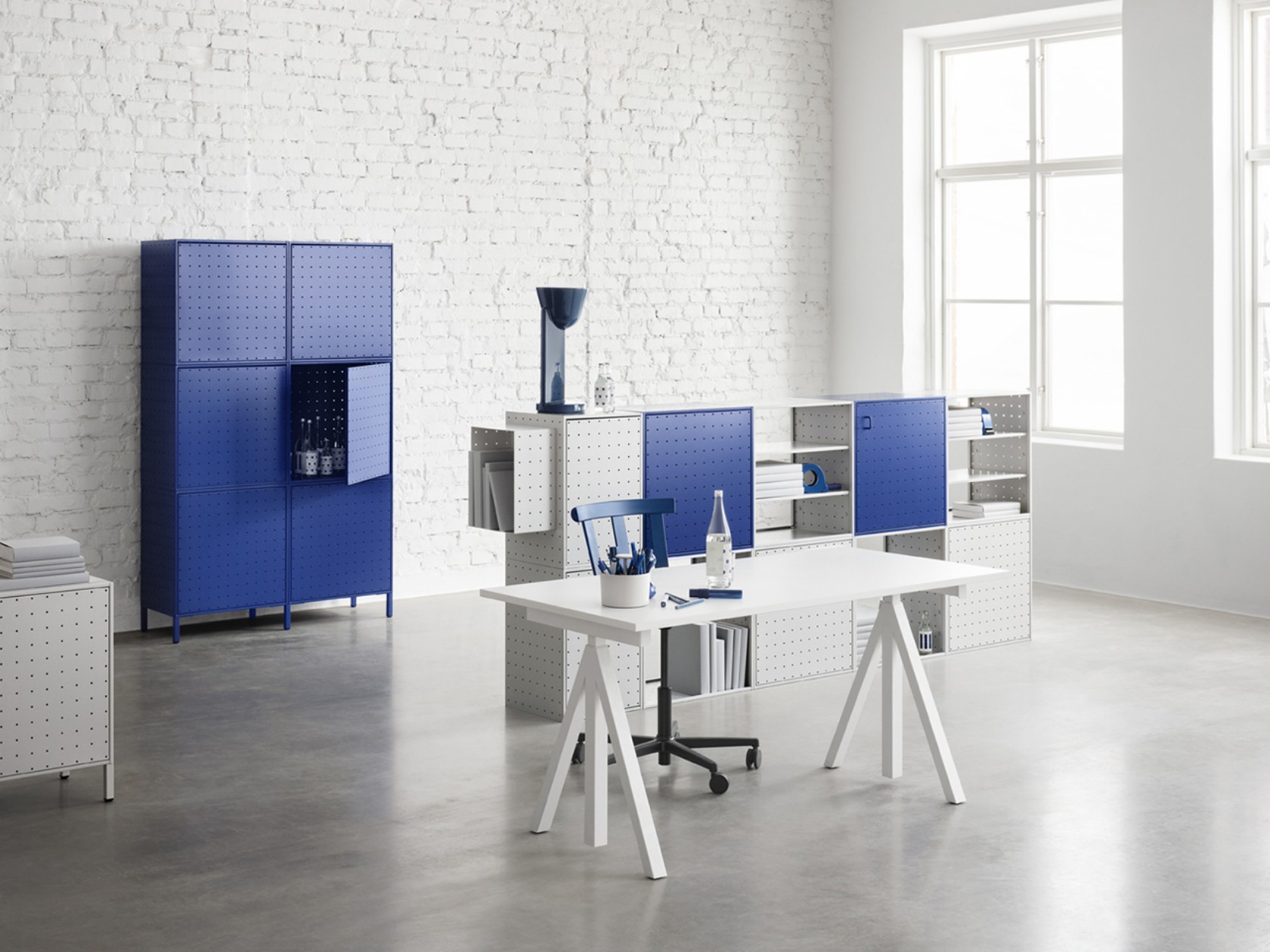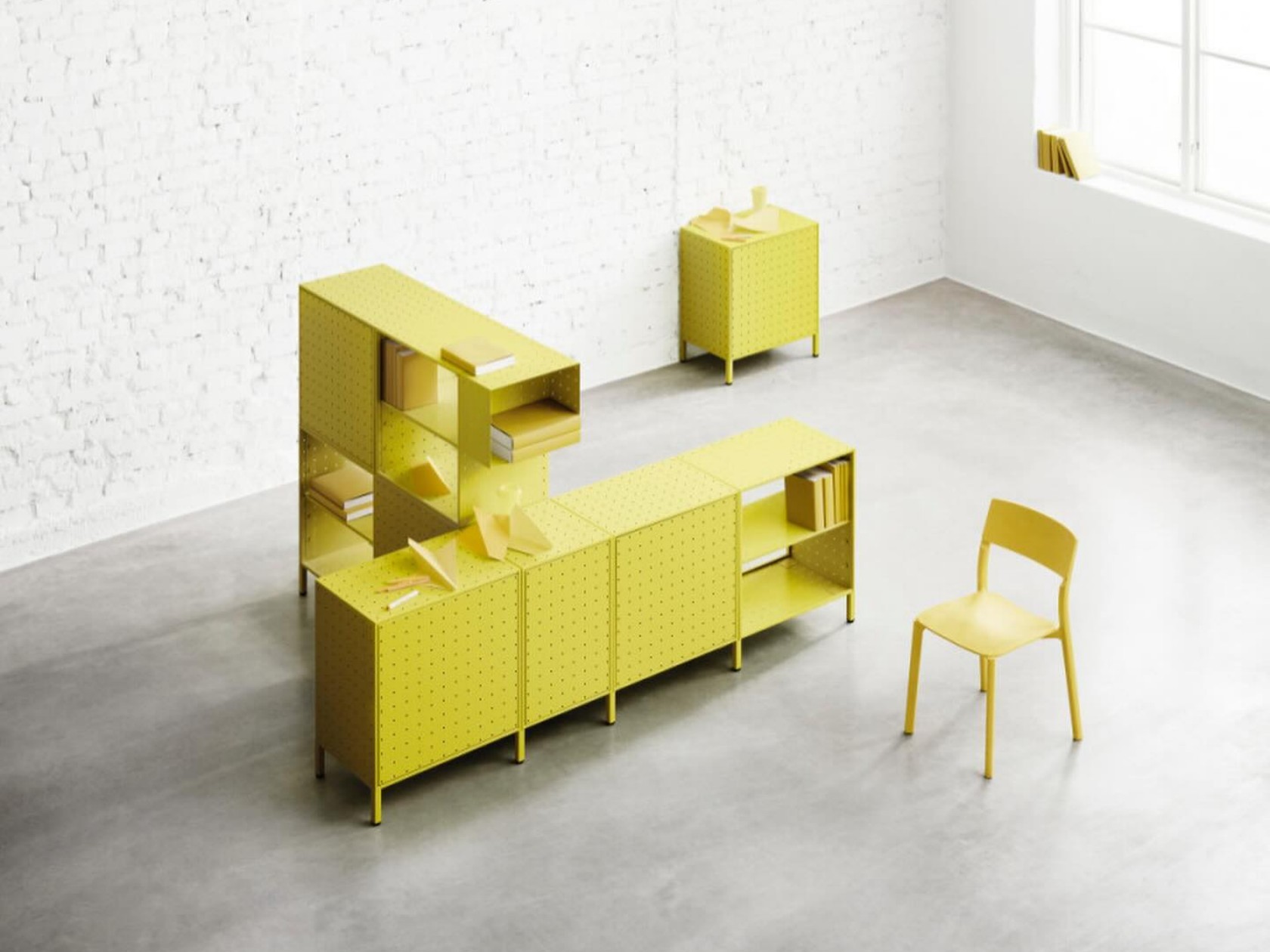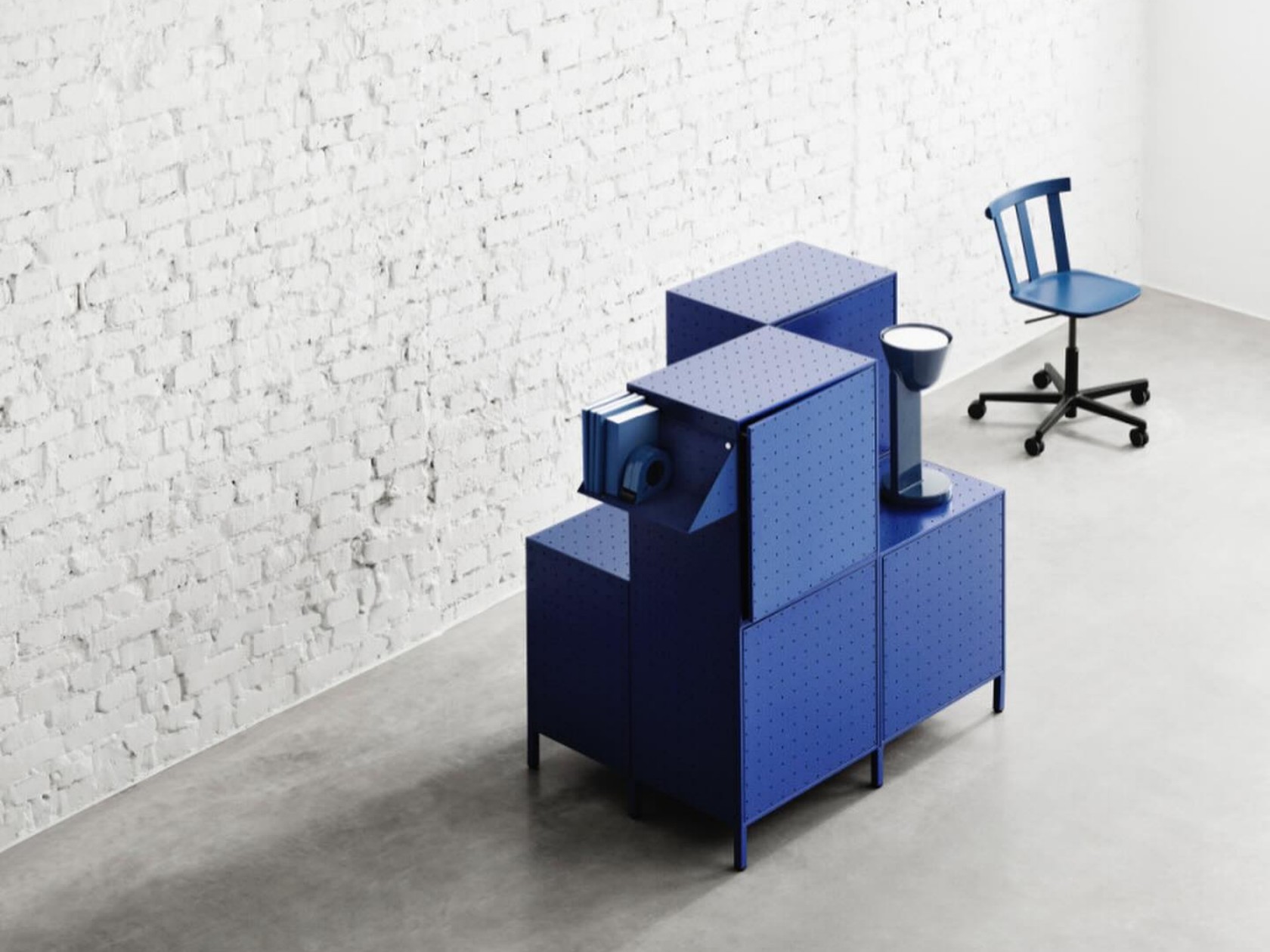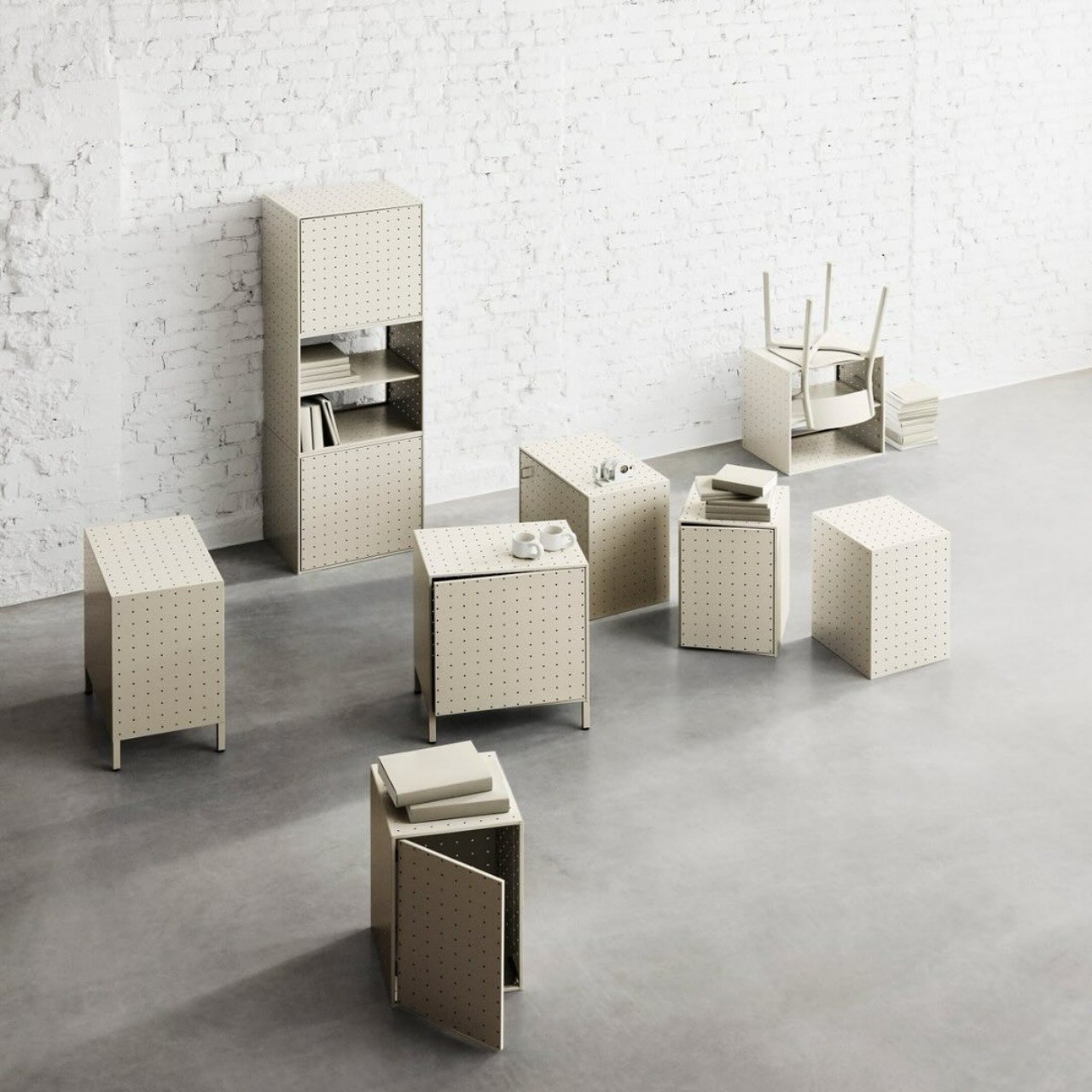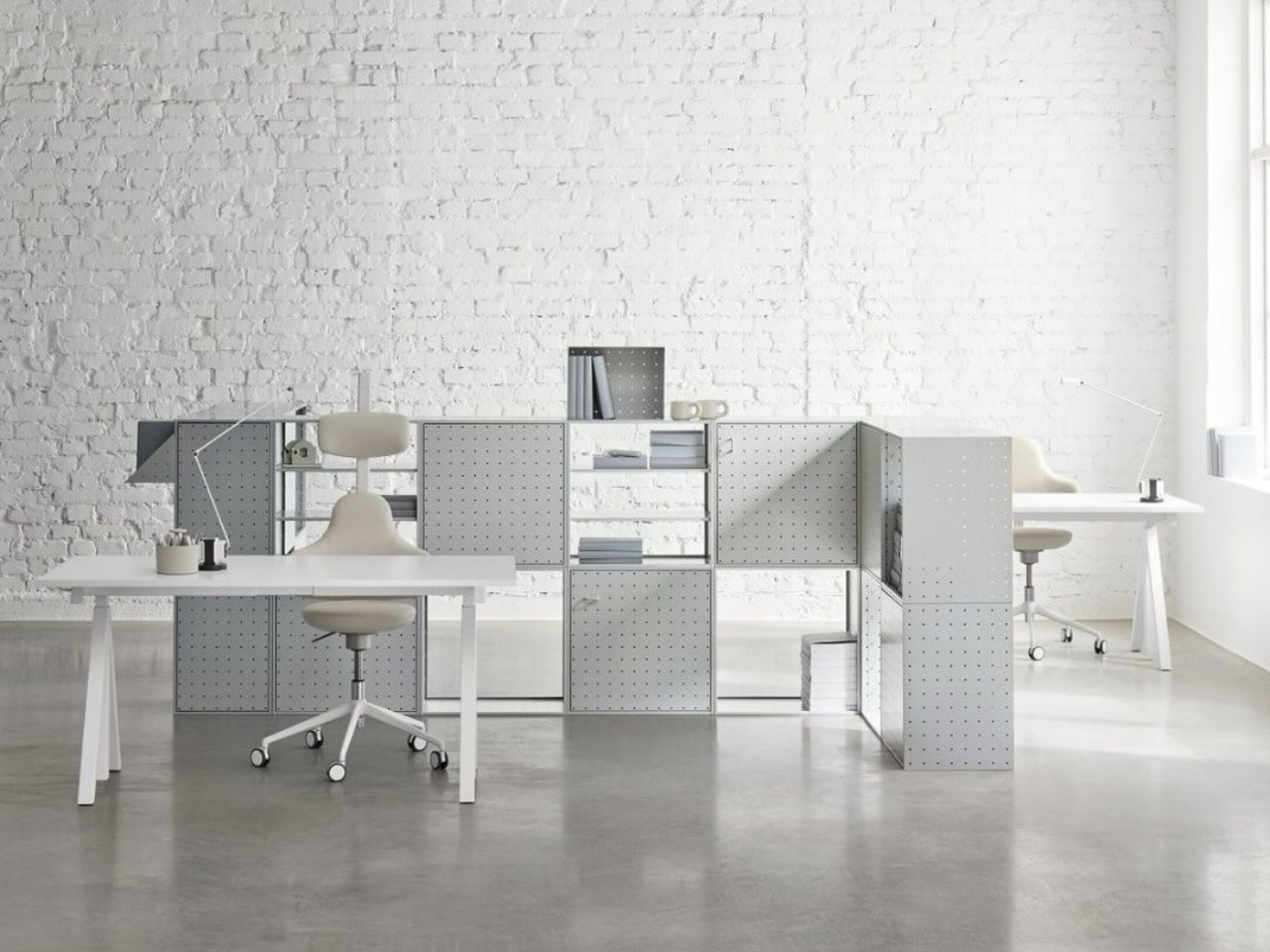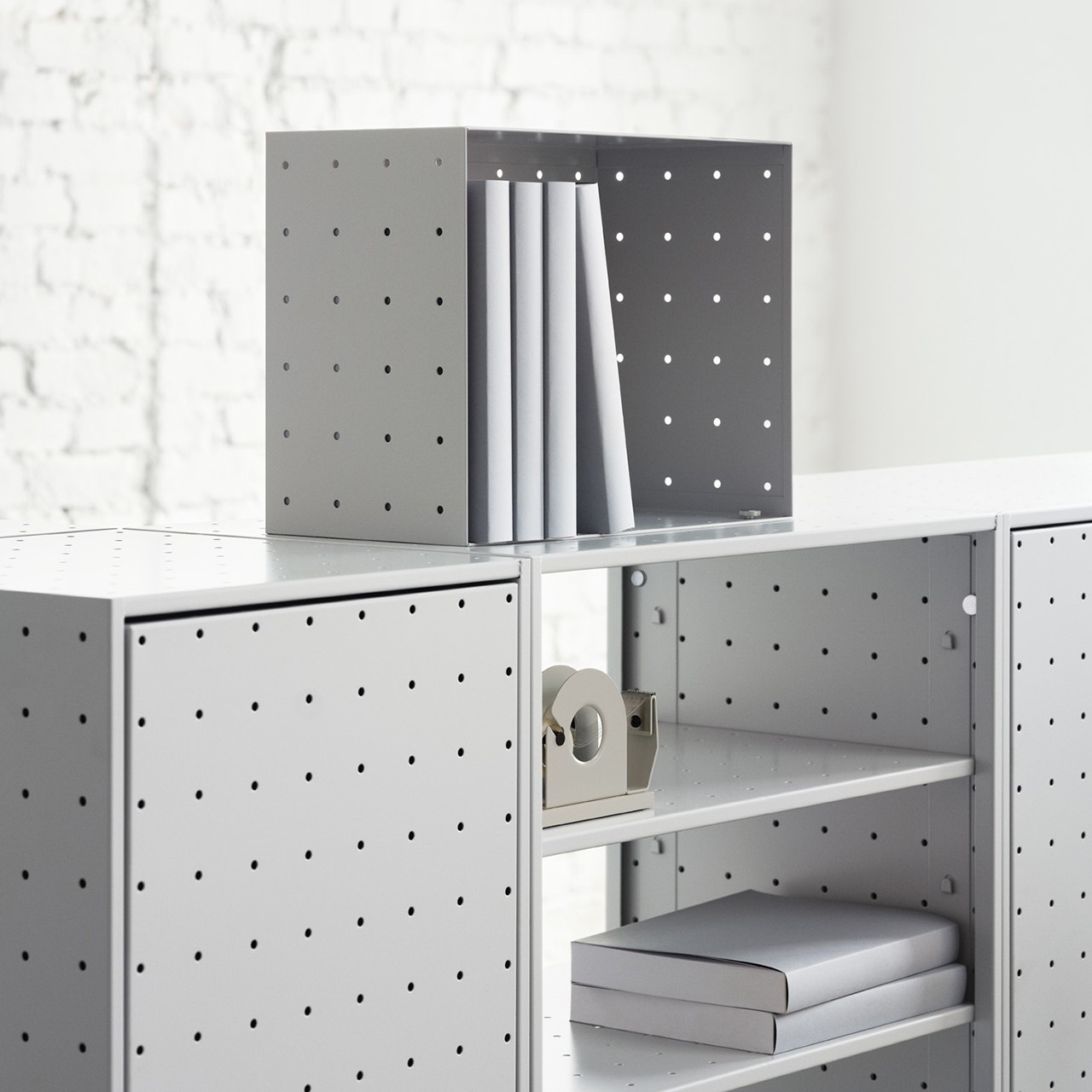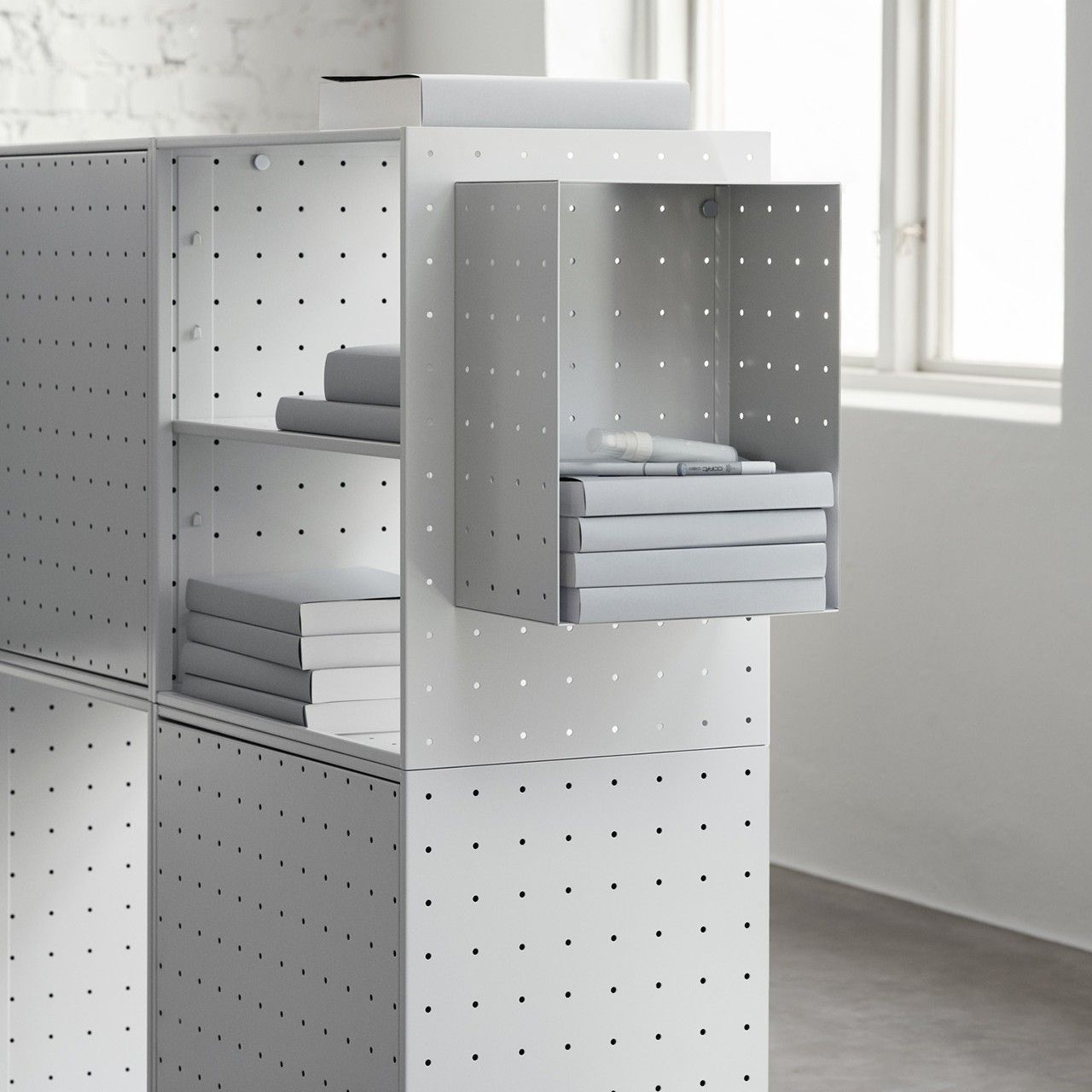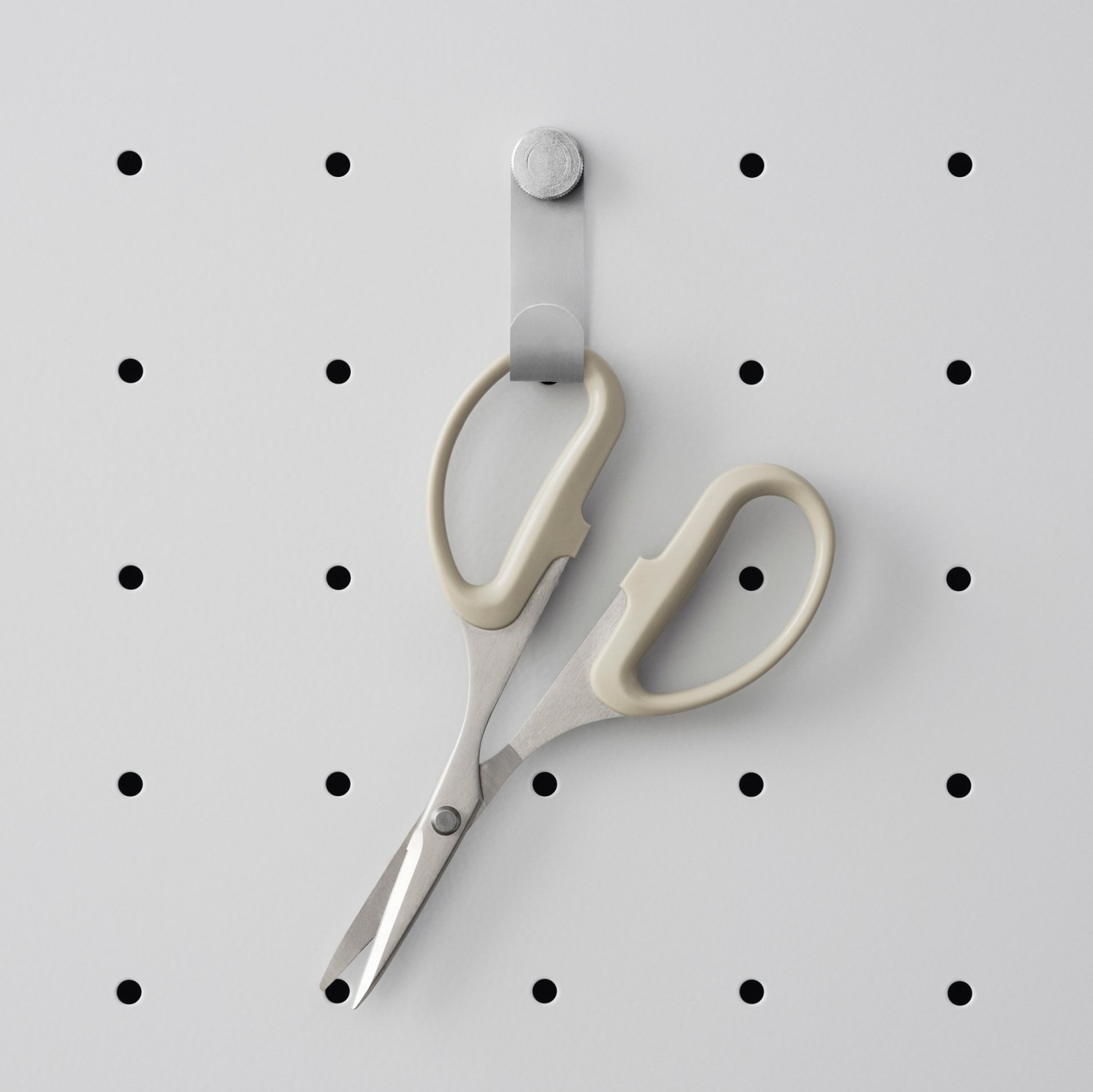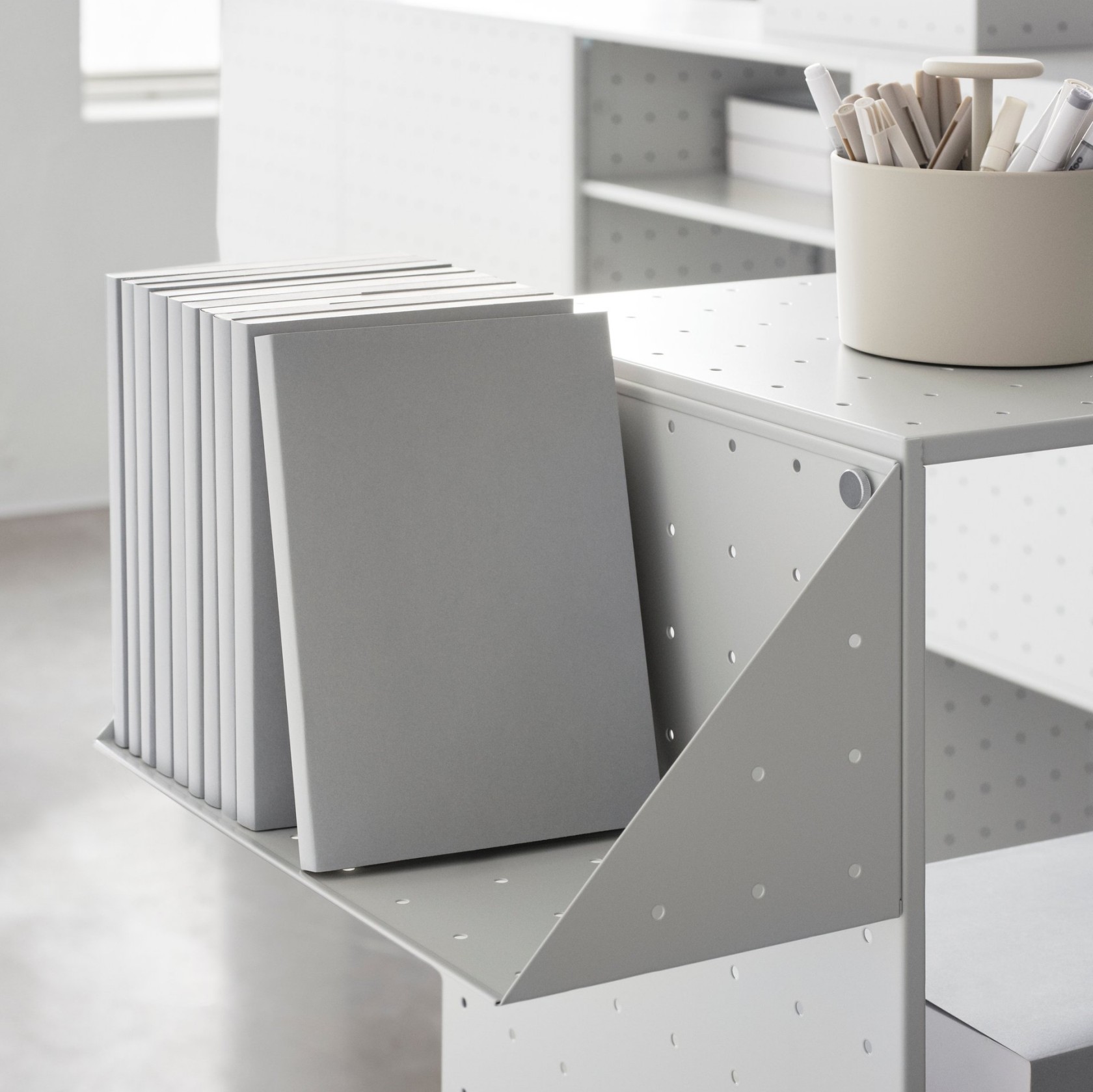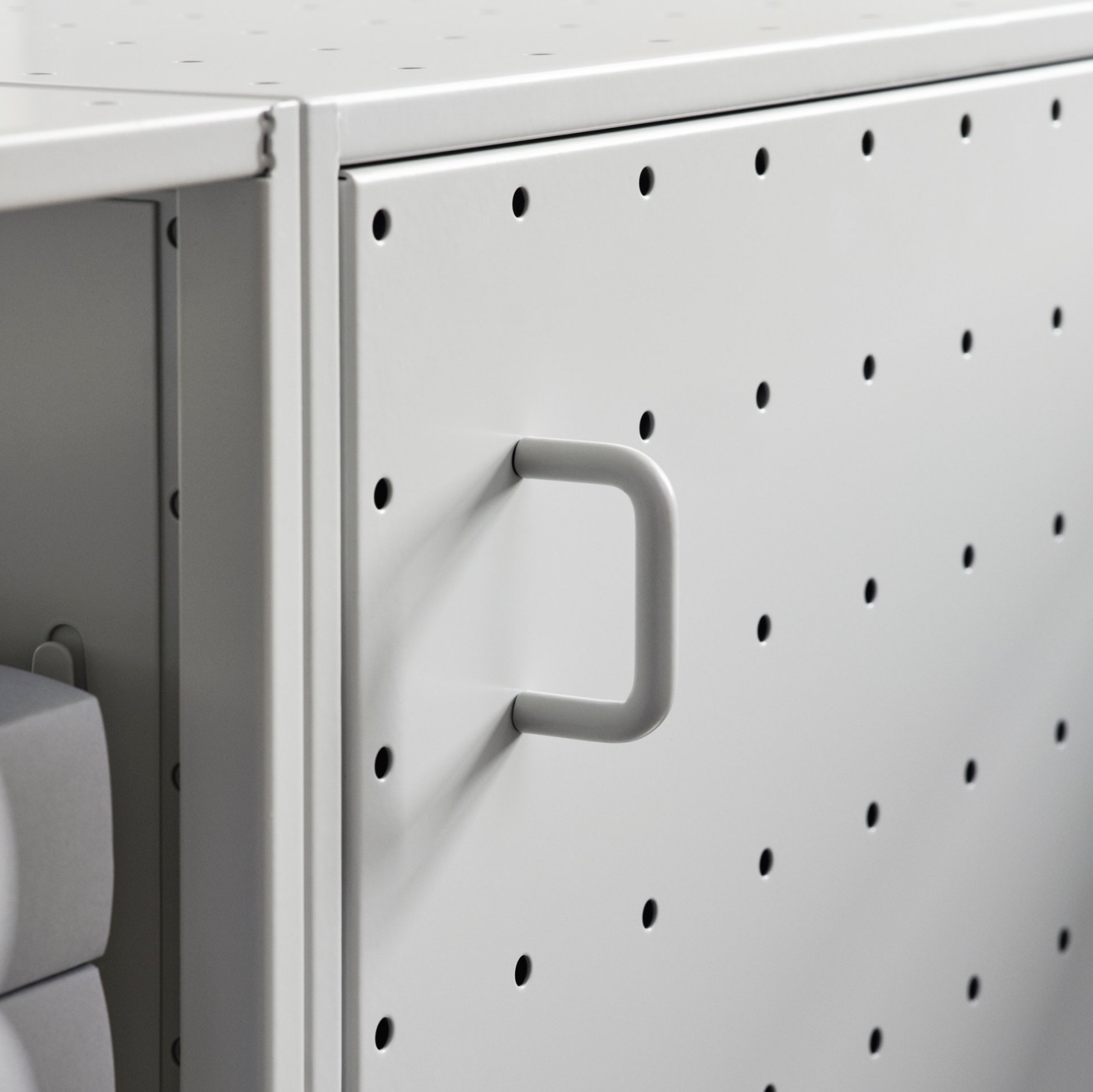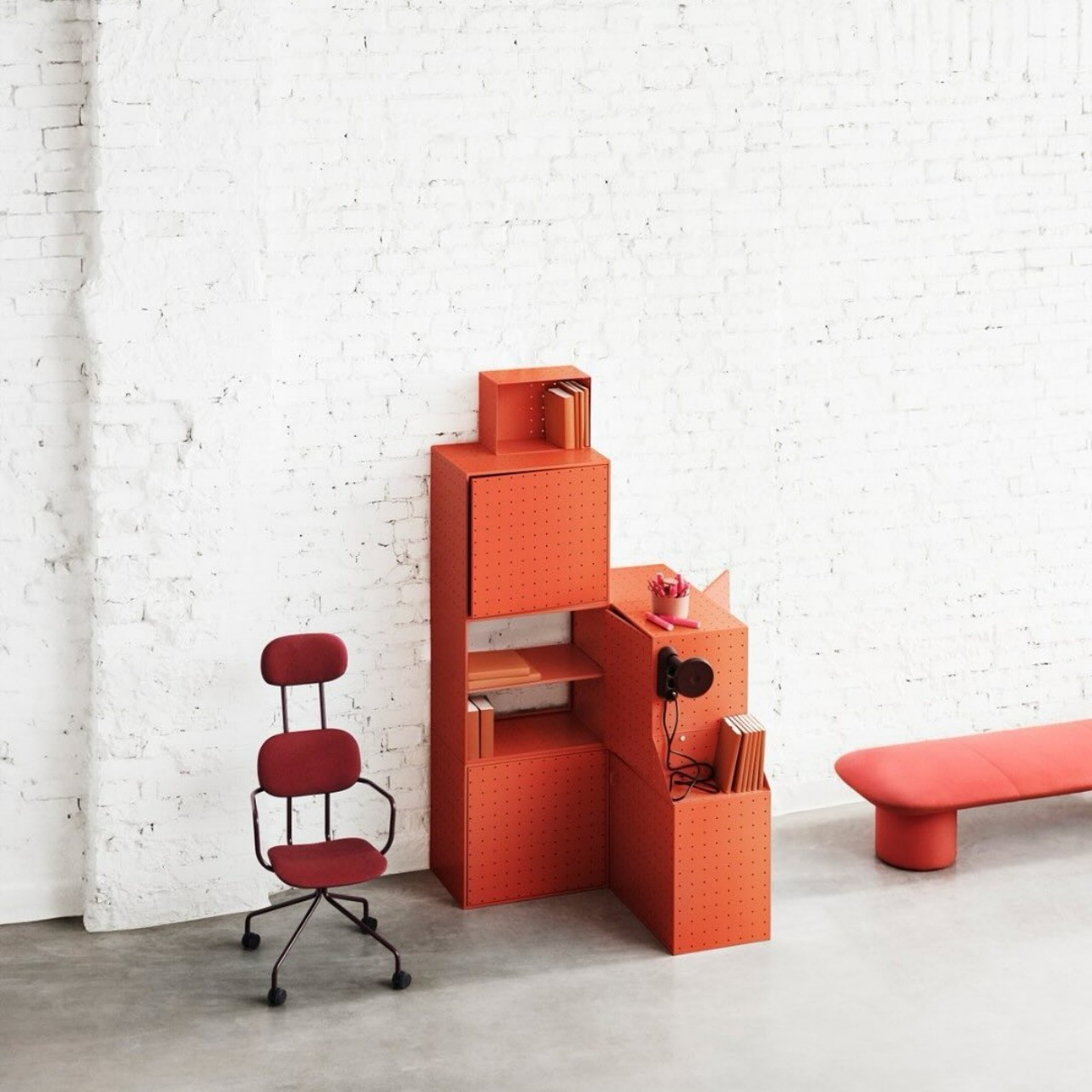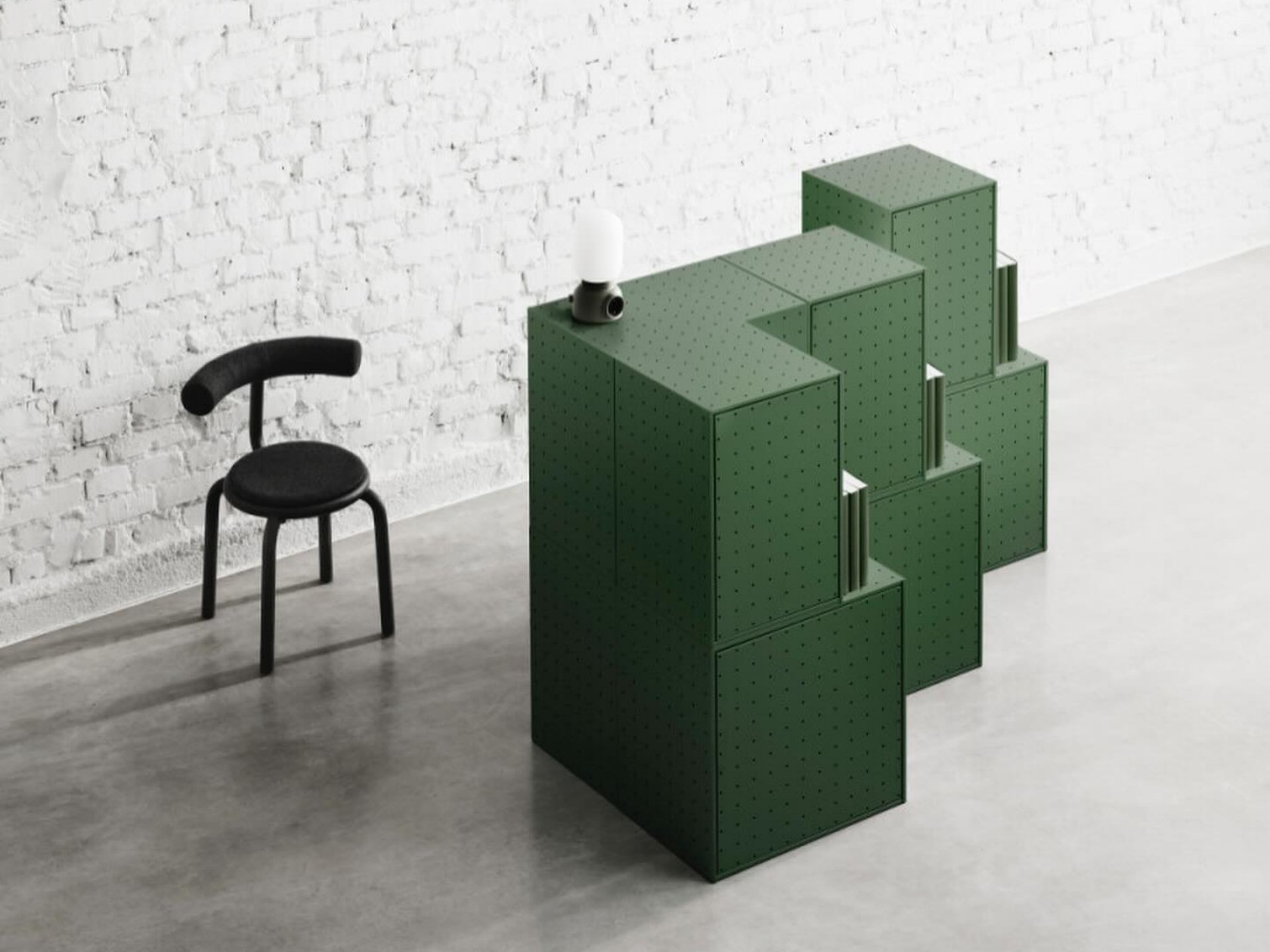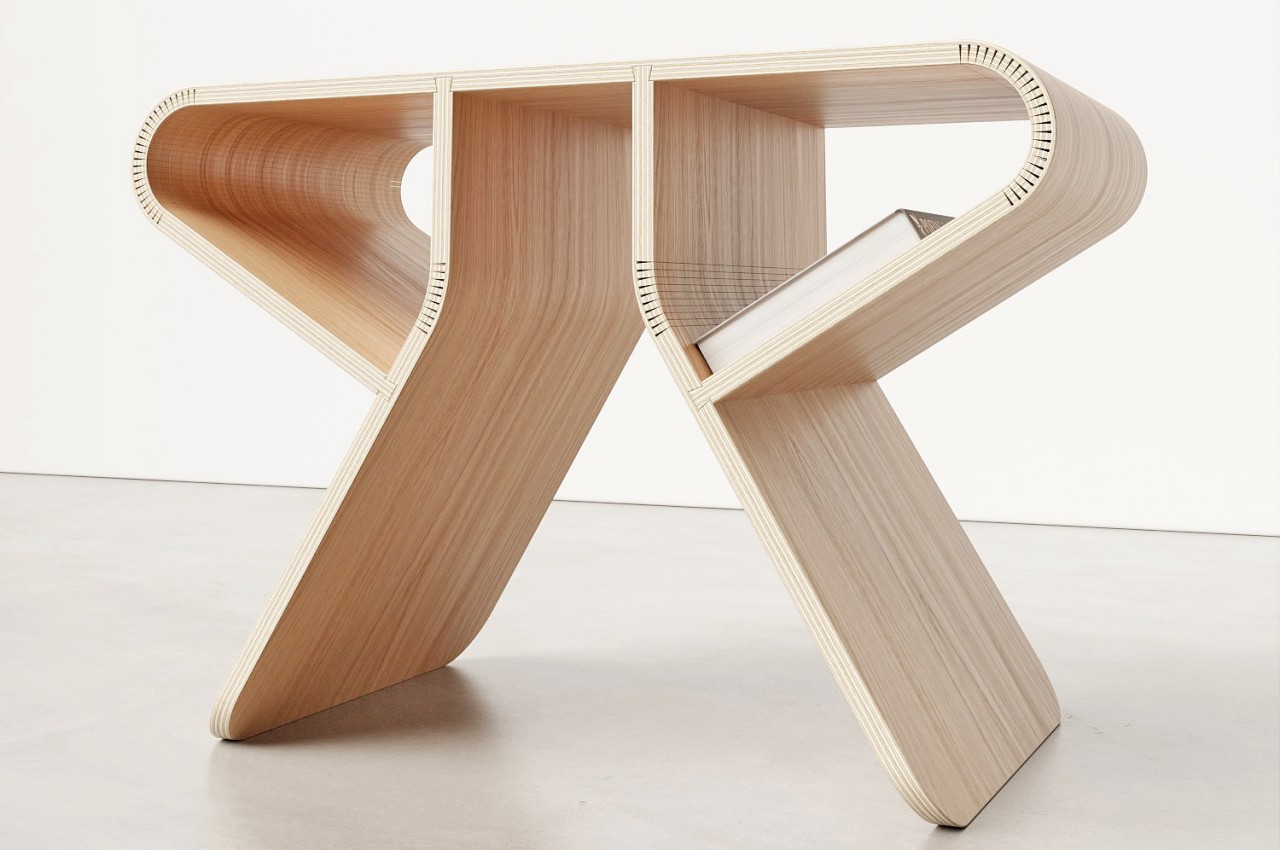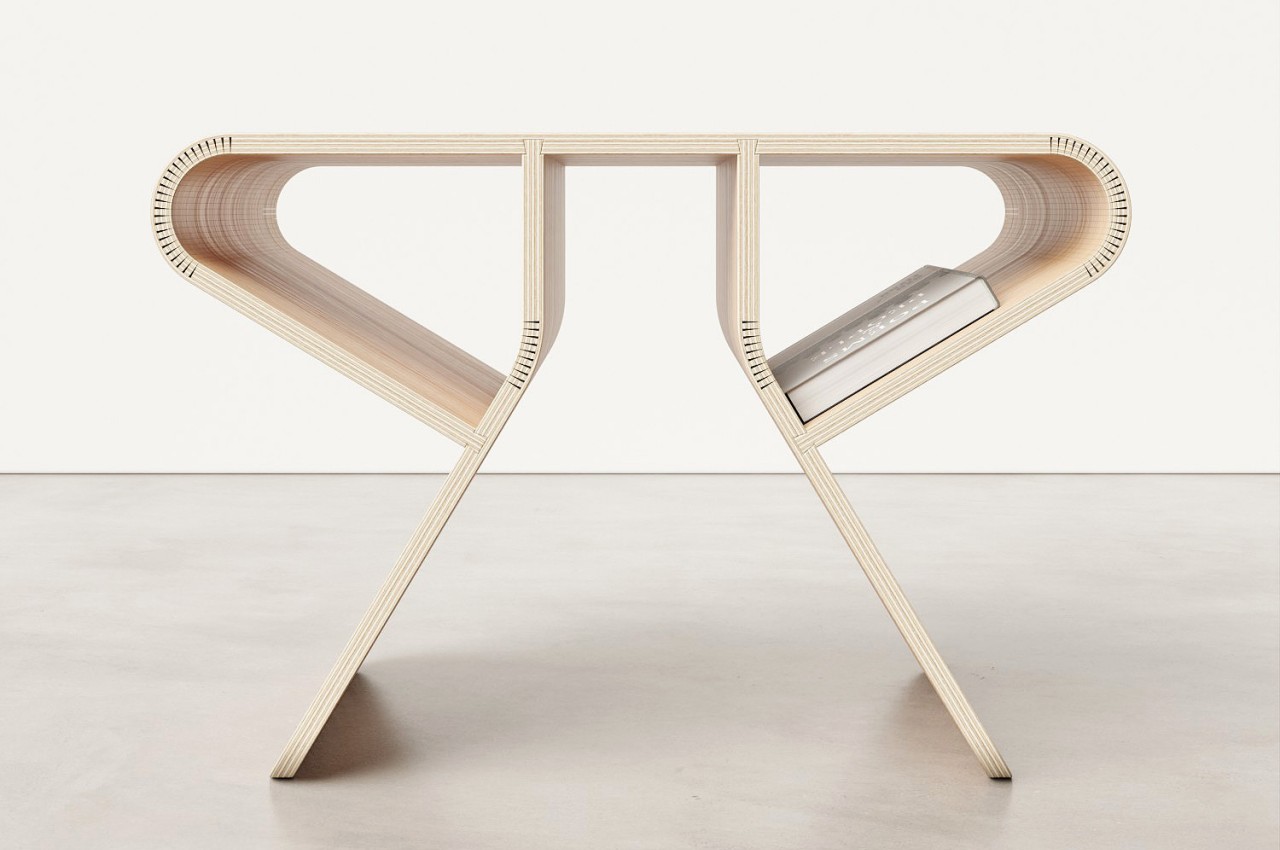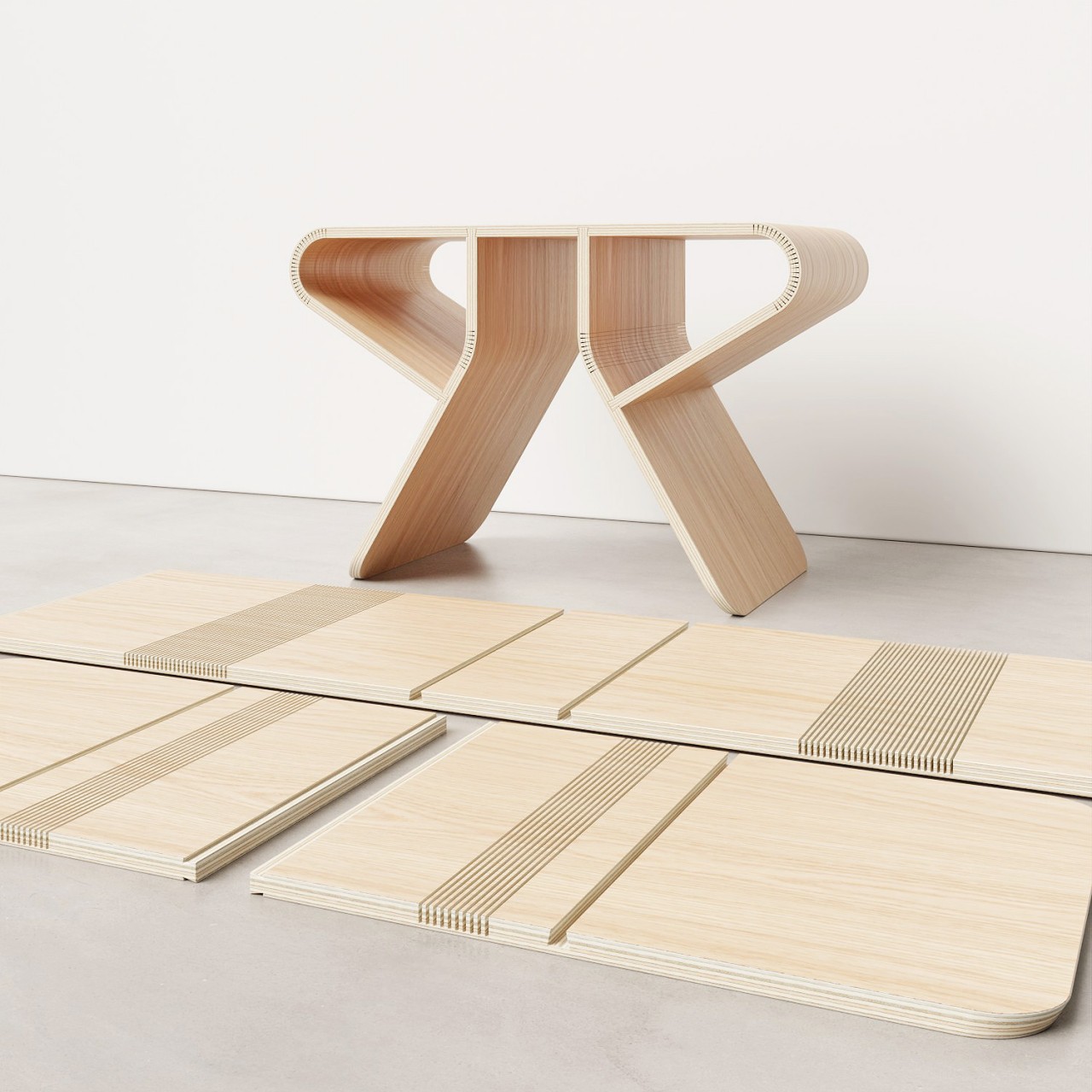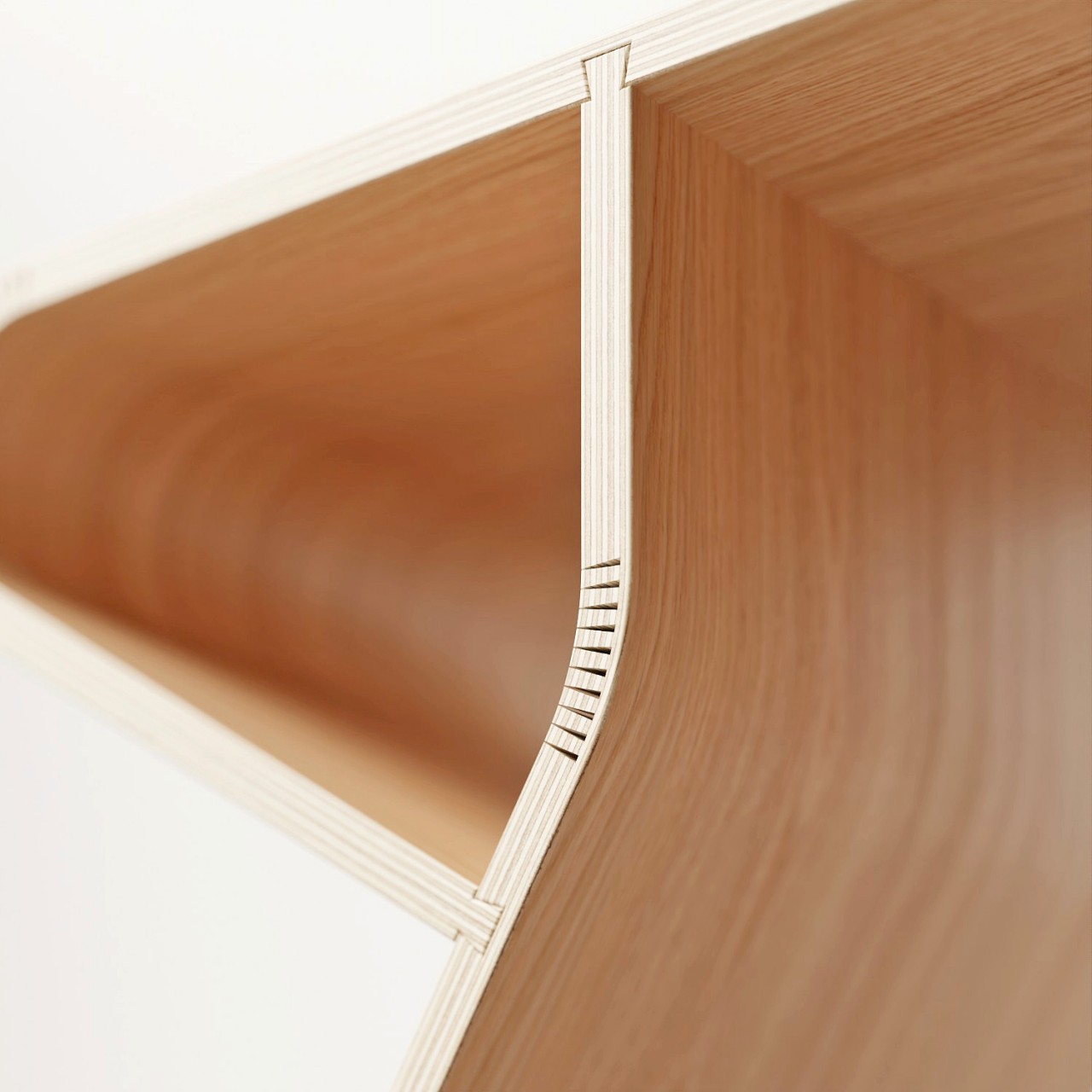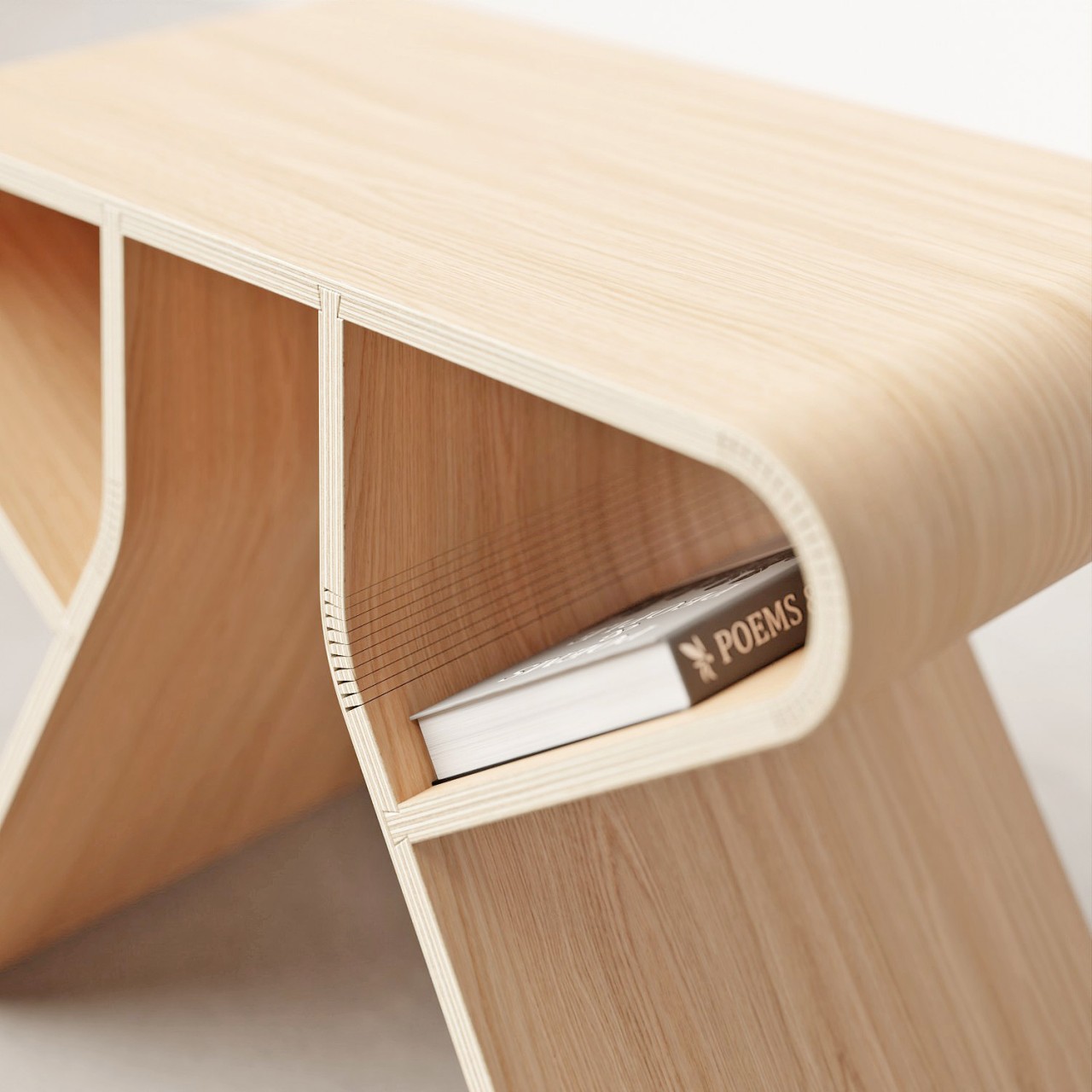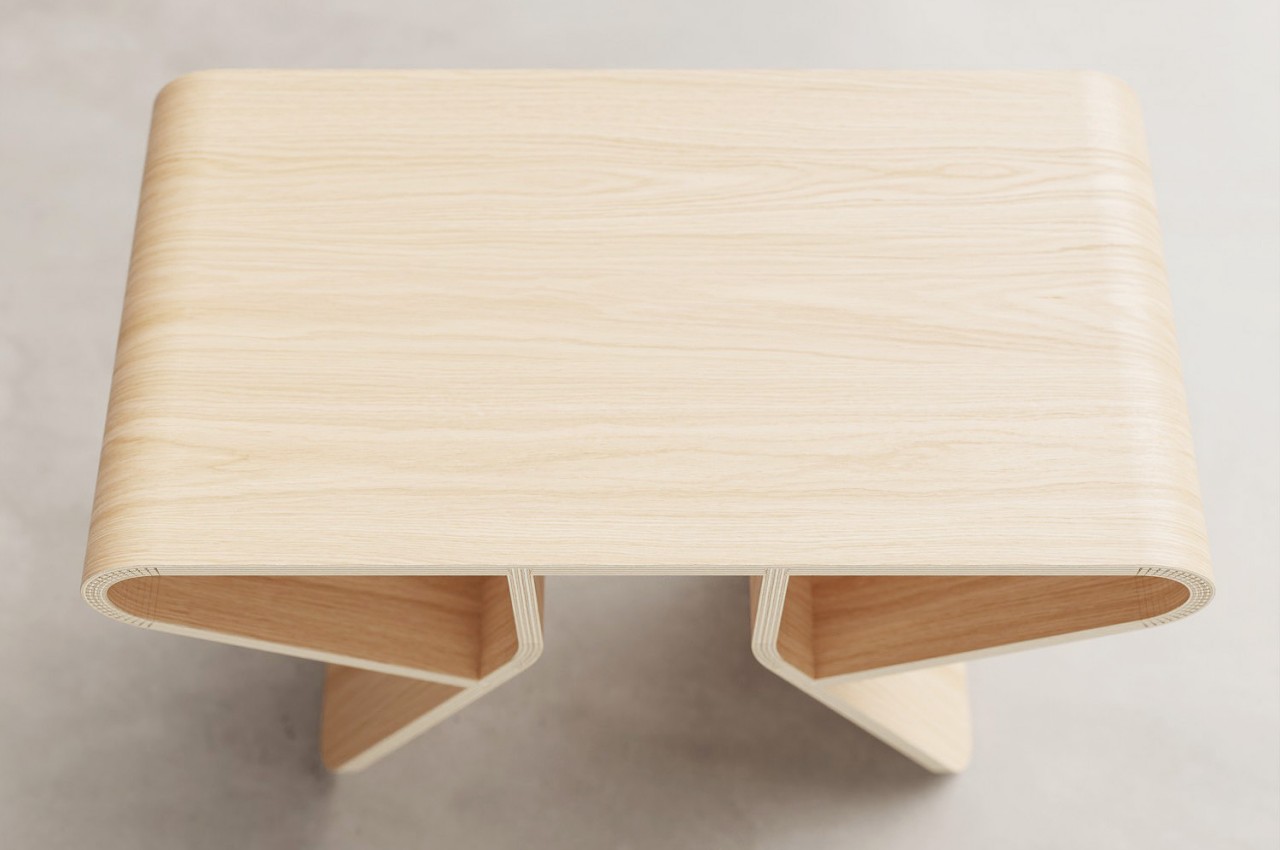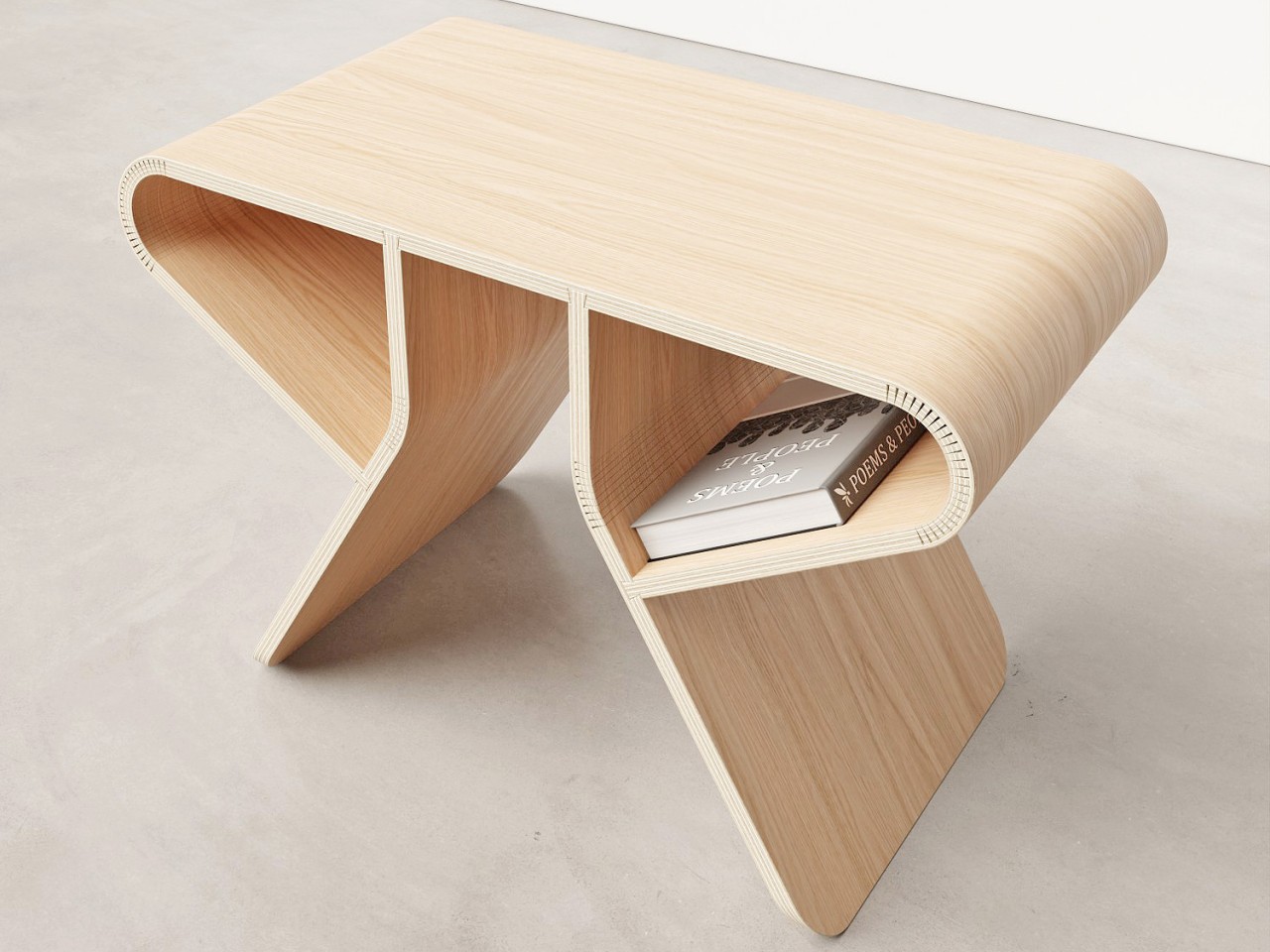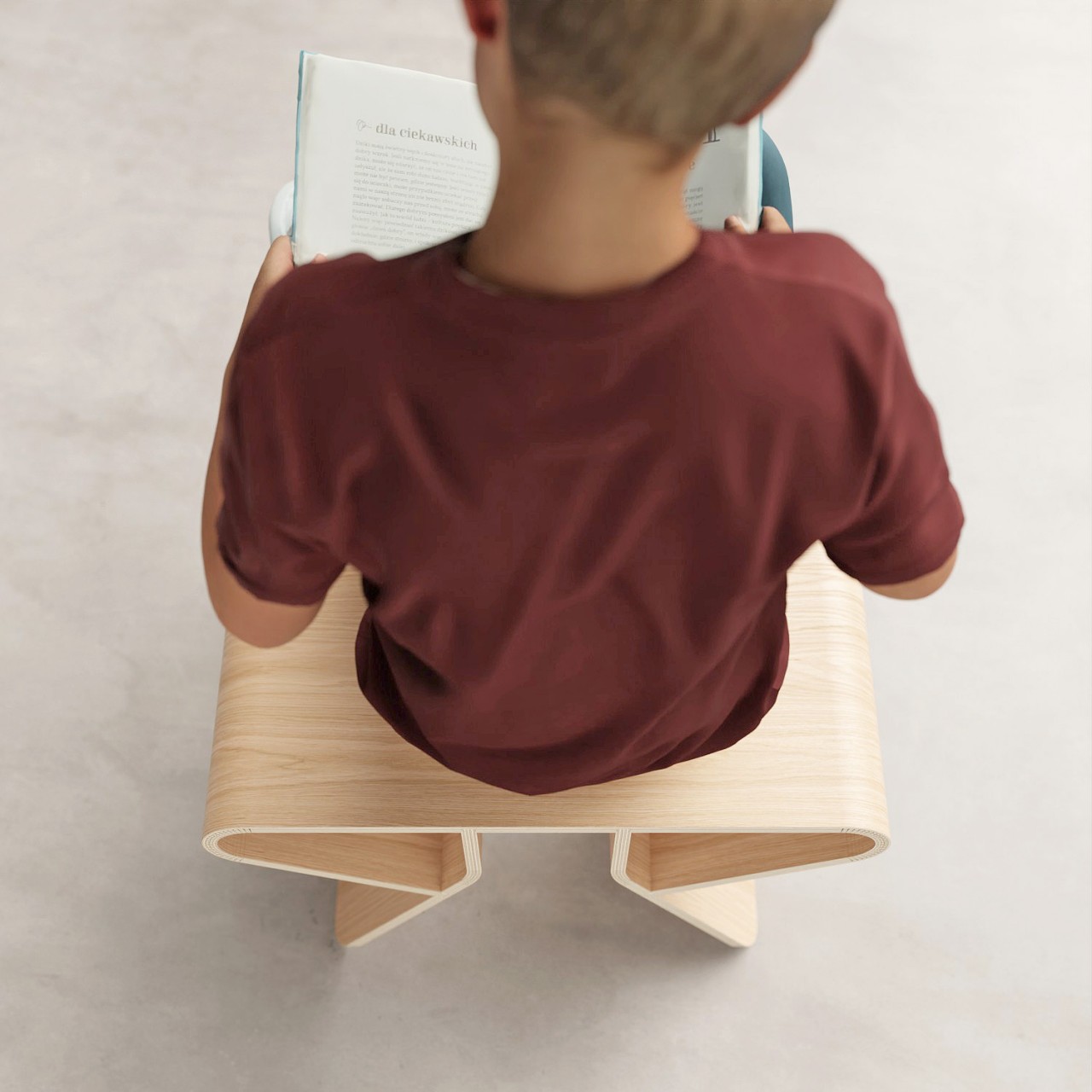While many wars have been fought over different kinds of pens and their designs, some people still prefer the simplicity and unique texture of a good, old-fashioned, wooden pencil. Unfortunately, even die-hard pencil fans will admit that their favorite writing tool can sometimes be a pain to maintain. Not only do they tend to go missing exactly when you need them, they might also be too dull by the time you do find them among the pile of other writing instruments. You waste a lot of time fumbling with tools while your muse slips away before you have a chance to write the idea down on paper. Having your tools always within reach helps cut down on time and friction, and this striking minimalist design solves that by combining two of the most essential pencil accessories in one.
The Problem: Sharpeners are Unattractive, Inefficient, Out of Reach
A pencil is one of the most basic and most timeless writing instruments known to man. It has its own distinct charm that’s exhibited both by its graphite marks as well as the design of its barrel. That said, the pencil has also inherited the one flaw of its ancestors: the need for regular sharpening. Mechanical pencils try to offer an alternative design but also sacrifice the unique personality of the wooden pencil in favor of precision and convenience.
Sharpening a pencil isn’t exactly too much work, but scrambling to find the sharpener costs too much time and tension when you need to jot something down quickly. And that’s not even considering the time you spend actually looking for your pencil in the first place, especially if your favorite is lost among half a dozen barrels. A pencil and a pencil sharpener sound like two things that should go together, but there has never been a design that puts two and two together, at least until now.
Why is this the Best Pencil Sharpener?
This Upright Pencil Sharpener solves that by putting the sharpener where the pencil is or vice versa. Shaped like a disc or puck, the singular hole in the middle serves as a stand for your beloved writing tool, ready for you to pull it out when you need it. And should the pencil’s tip finally become too dull, you know exactly where to find the sharpener. No more searching inside drawers for a small metal or plastic box, or standing up to walk toward a mounted electric sharpener.
Despite its rather simple appearance, this pencil sharpener and stand in one is a prime example of great design. The base that holds the shavings is made from anodized aluminum with a matte black finish, while the cover that keeps the shavings from flying around is made from warm-toned walnut wood. A strong magnet keeps these two pieces together, so you don’t have to worry about accidentally knocking off the cover and spilling its contents. And when you are ready to empty the container, the 6cm diameter of the base makes it easy to throw everything out.
Who is this Pencil Sharpener for?
Pencil sharpeners are technically very utilitarian products, but this one easily sets itself apart with its elegance and appeal to the discerning, design-conscious pencil lover. The striking brass mechanism inside provides additional visual contrast to the darkness of the aluminum base. The angle of the blade inside is designed for optimal sharpening to reduce waste and prolong the pencil’s life. Simple, beautiful, and multi-functional, this pencil sharpener stand helps save you time and effort while allowing you to put your favorite pencil on display for everyone to see and appreciate.
The post Best pencil sharpener for those who don’t want to waste their pencils or time first appeared on Yanko Design.







